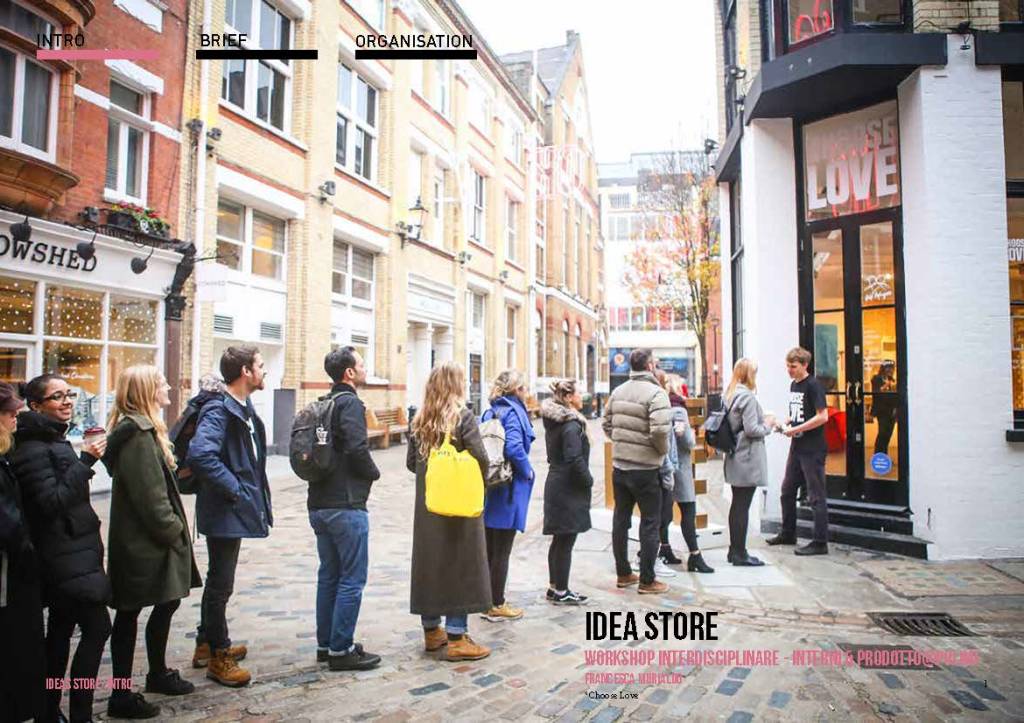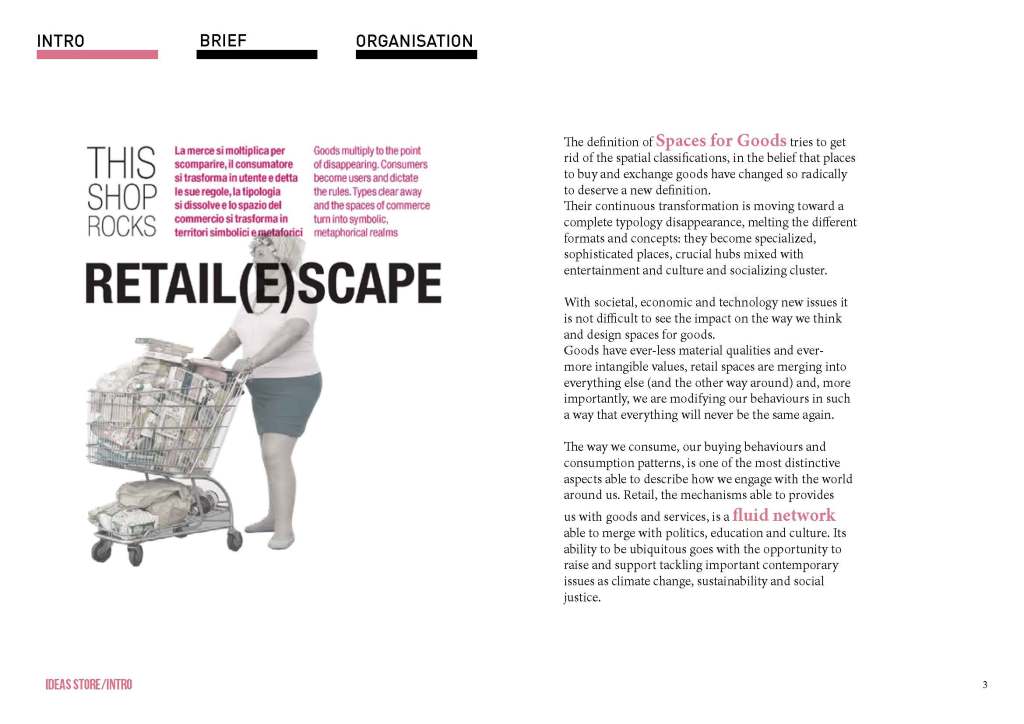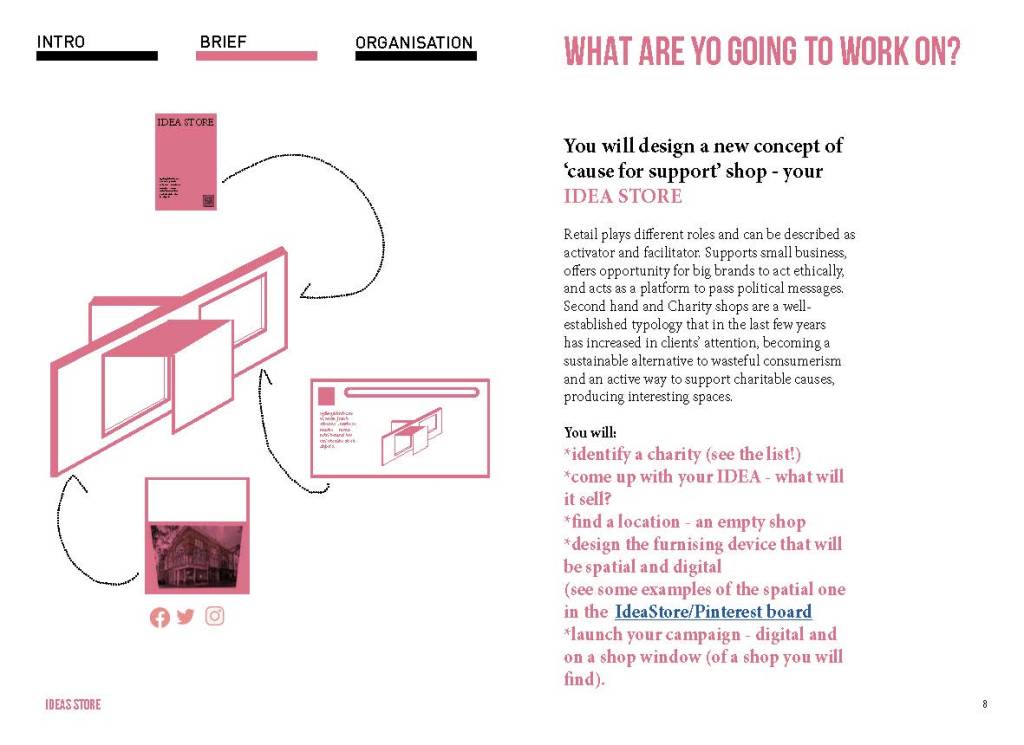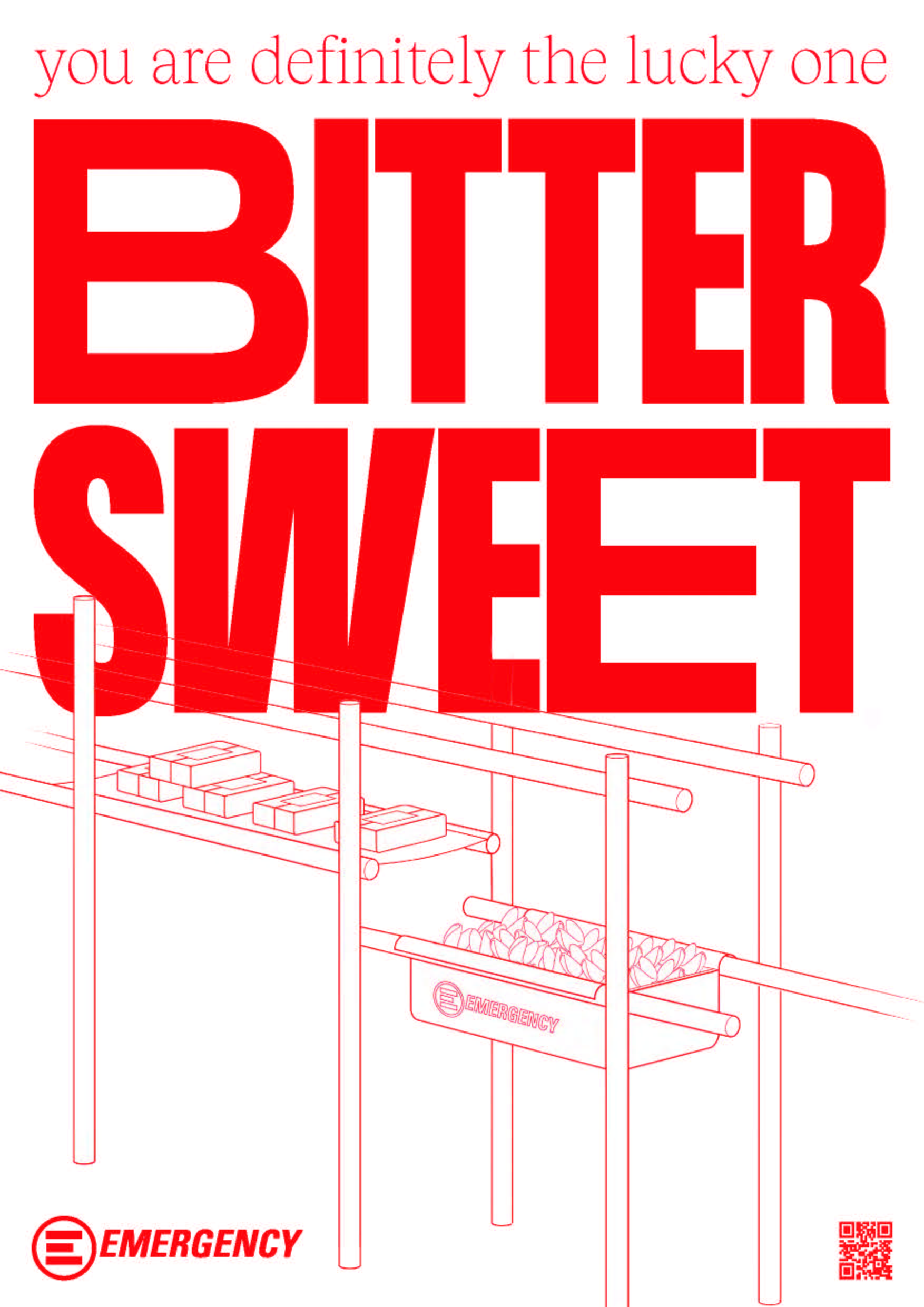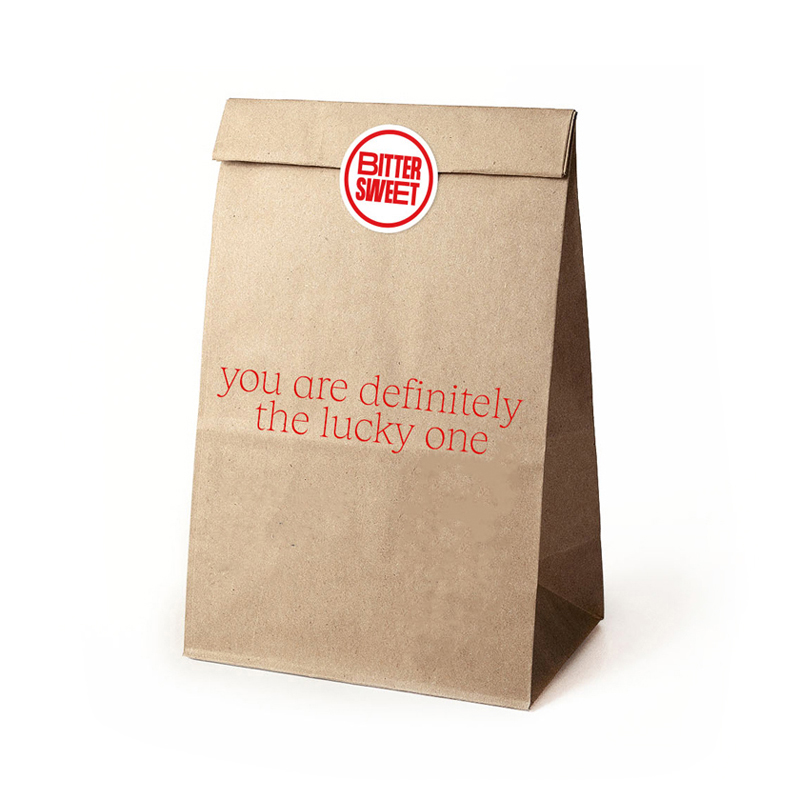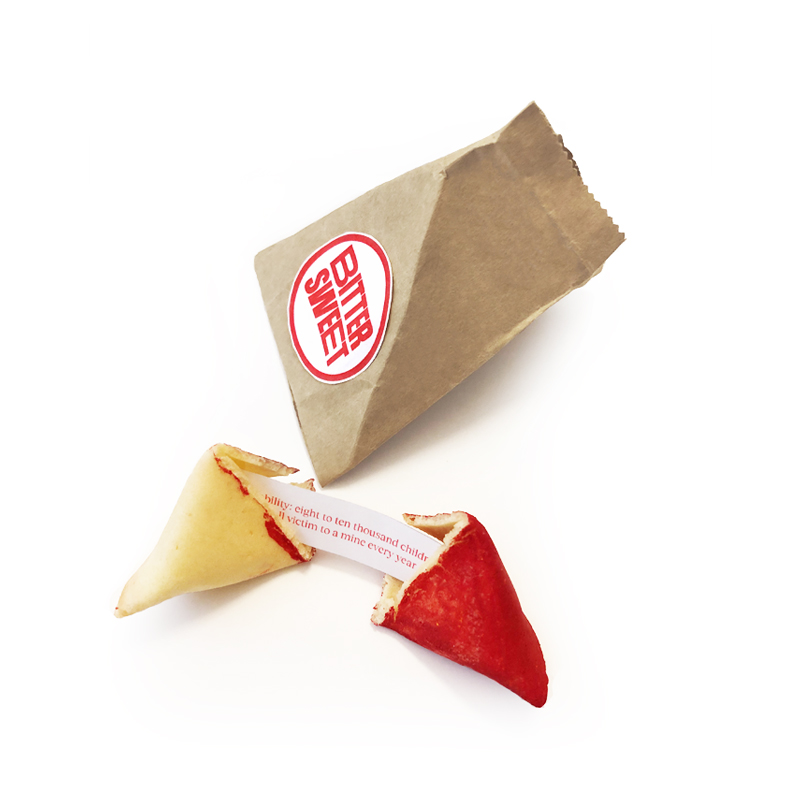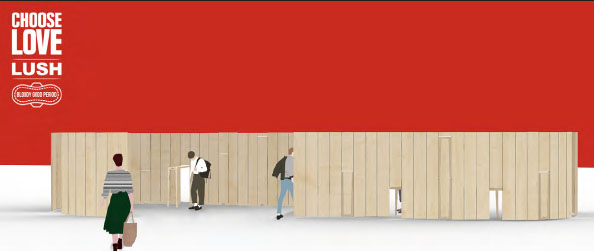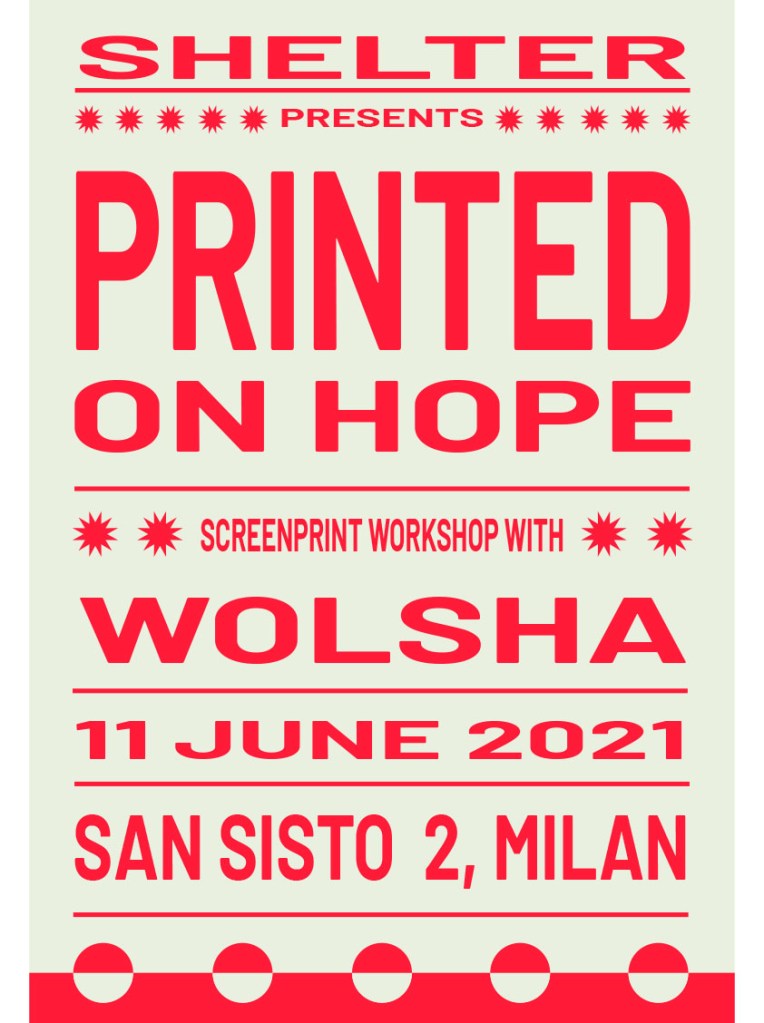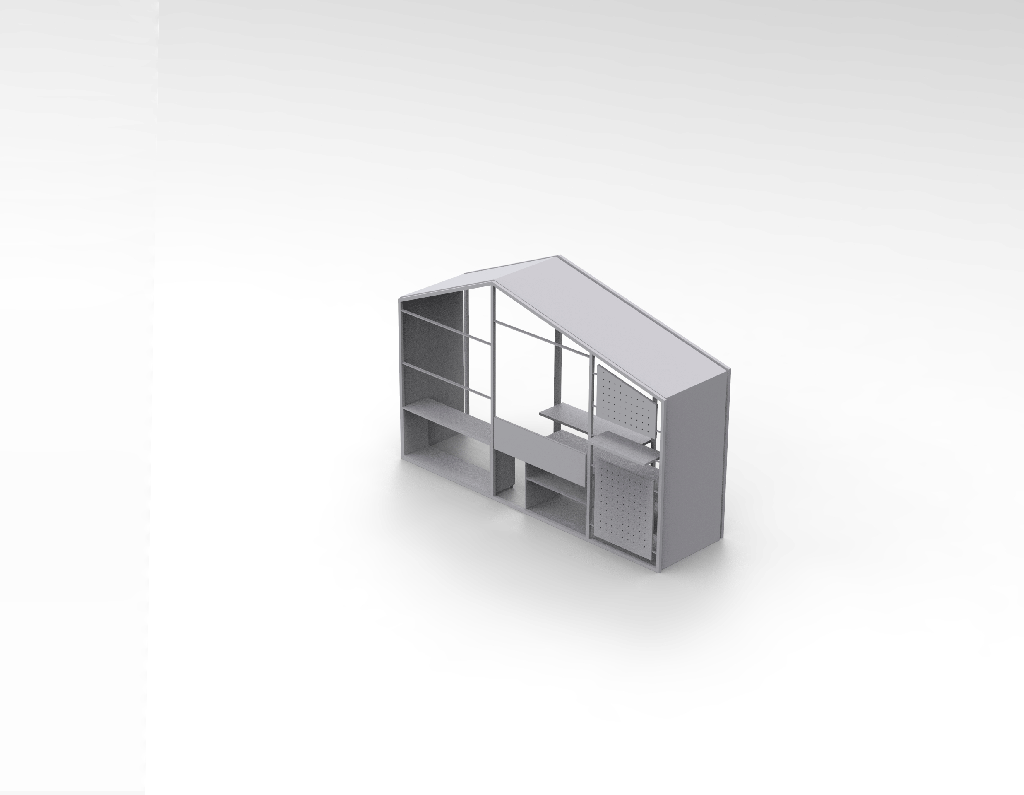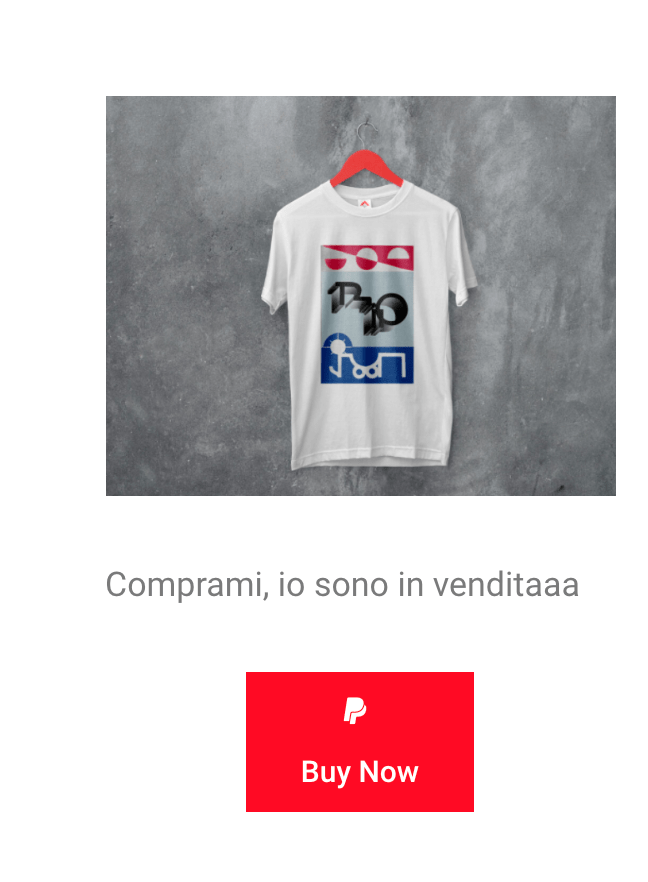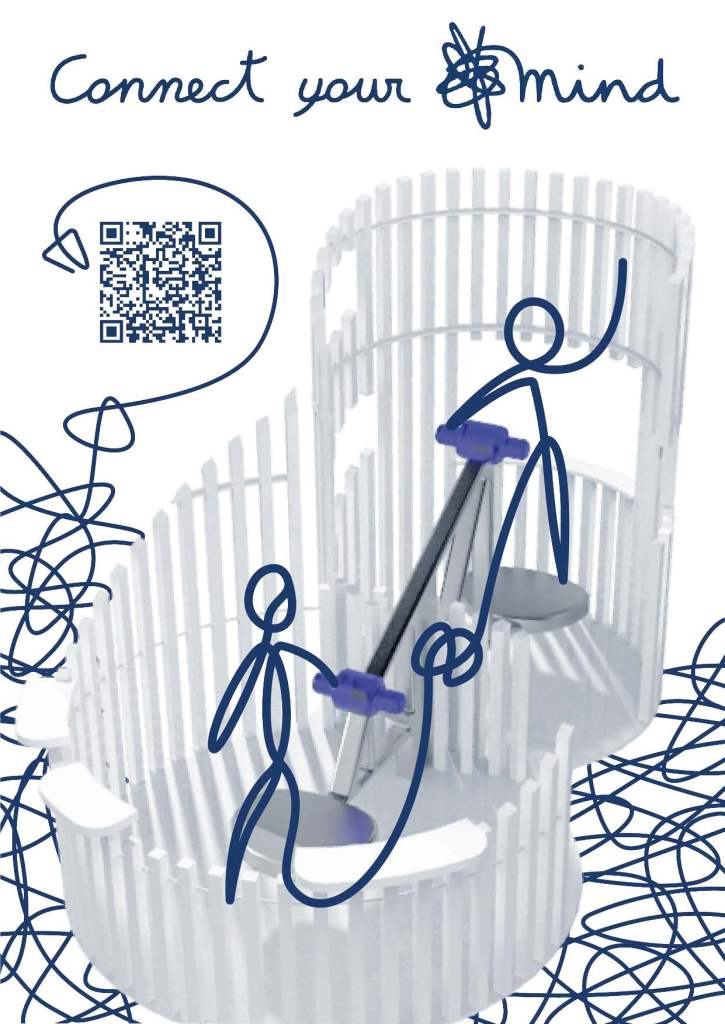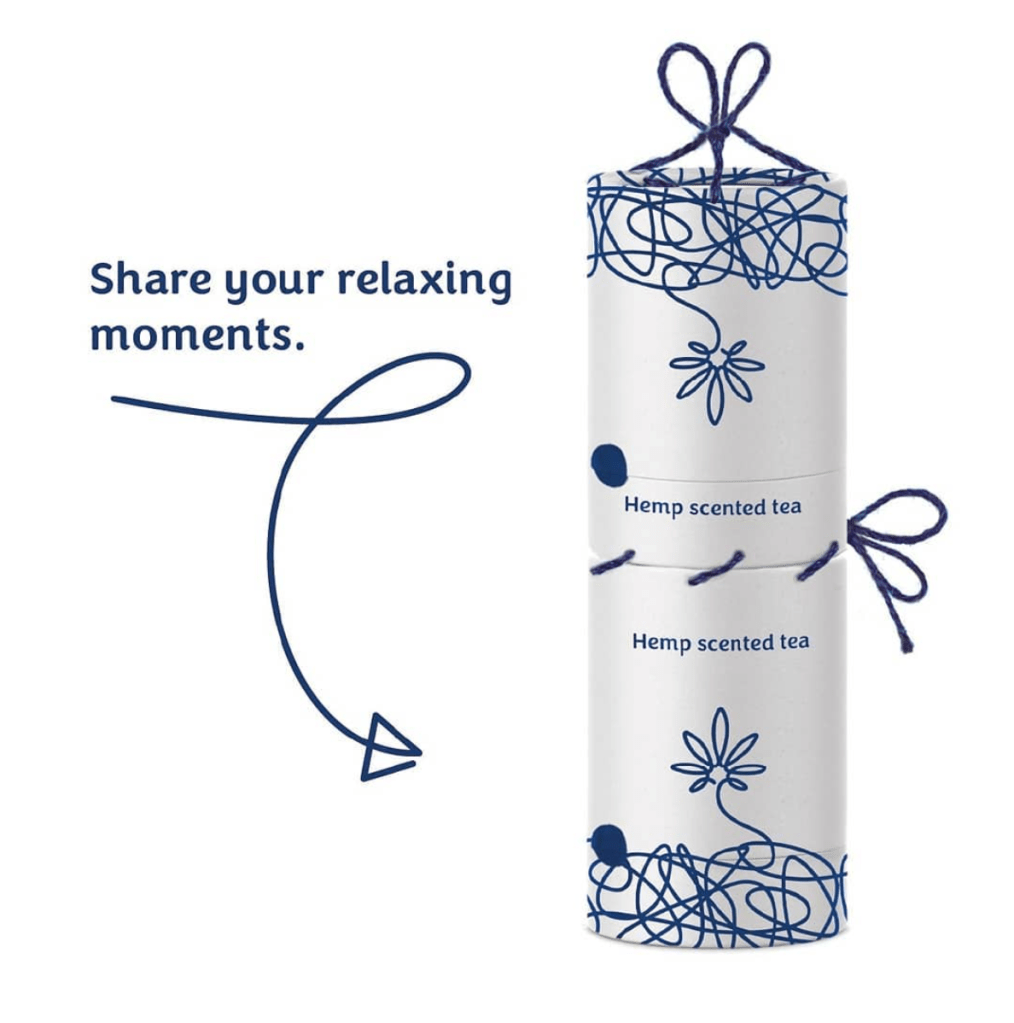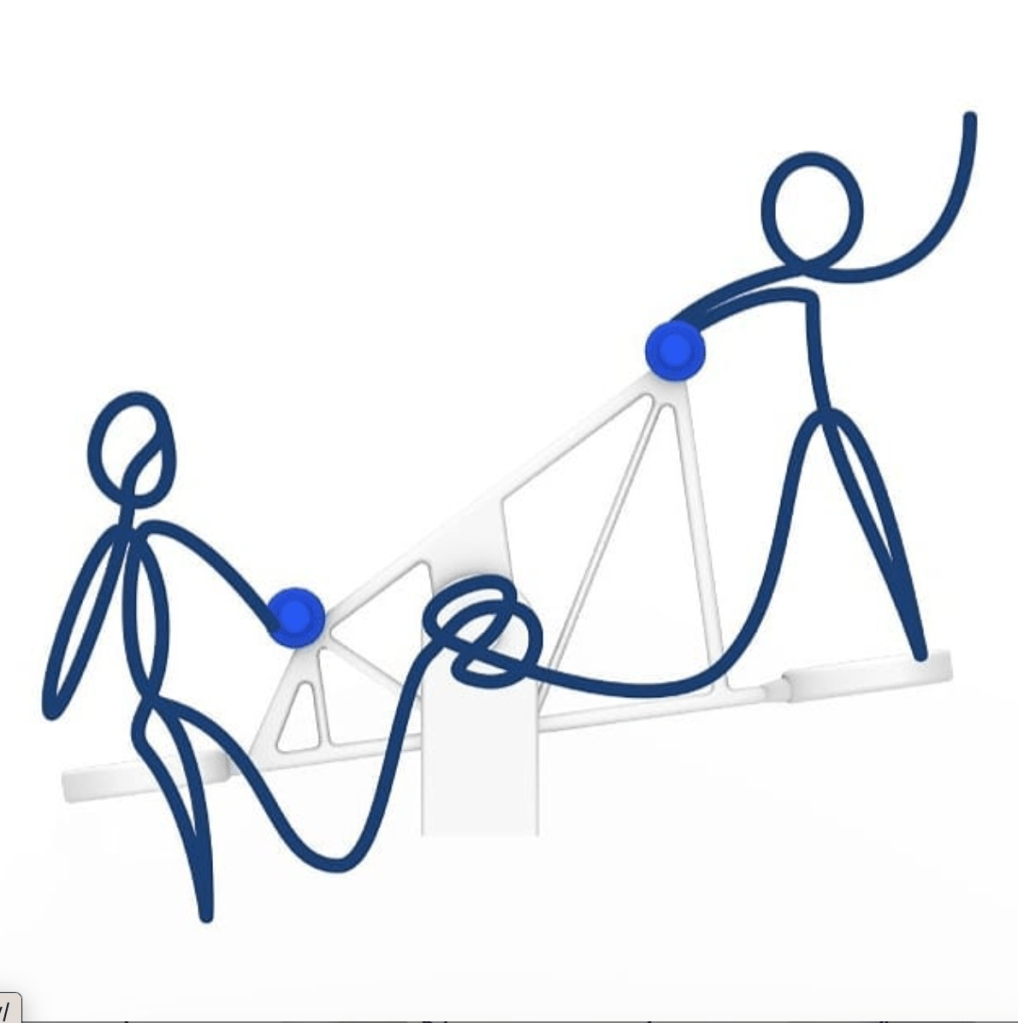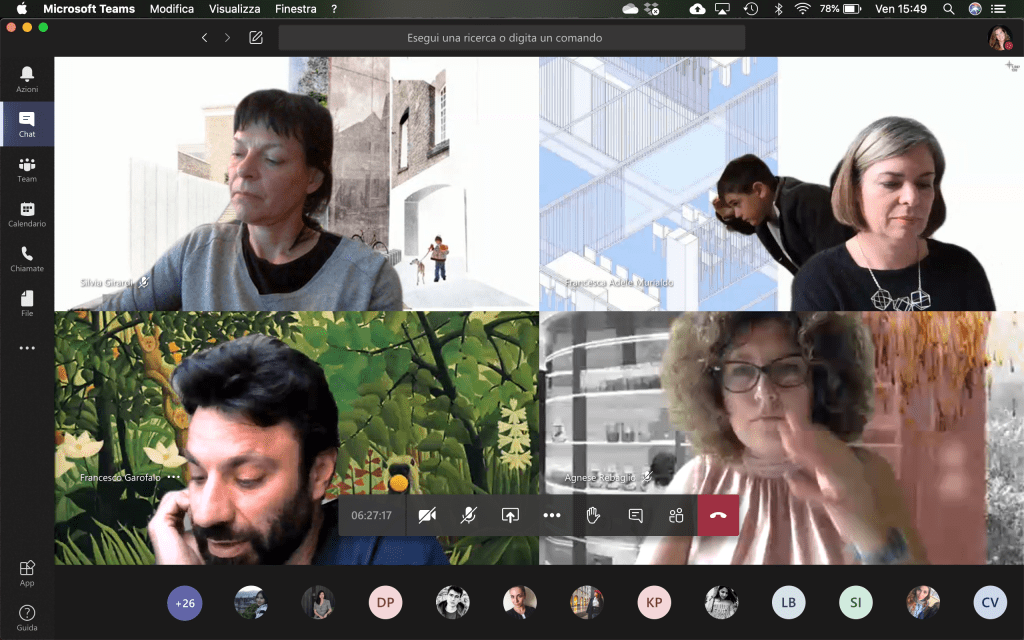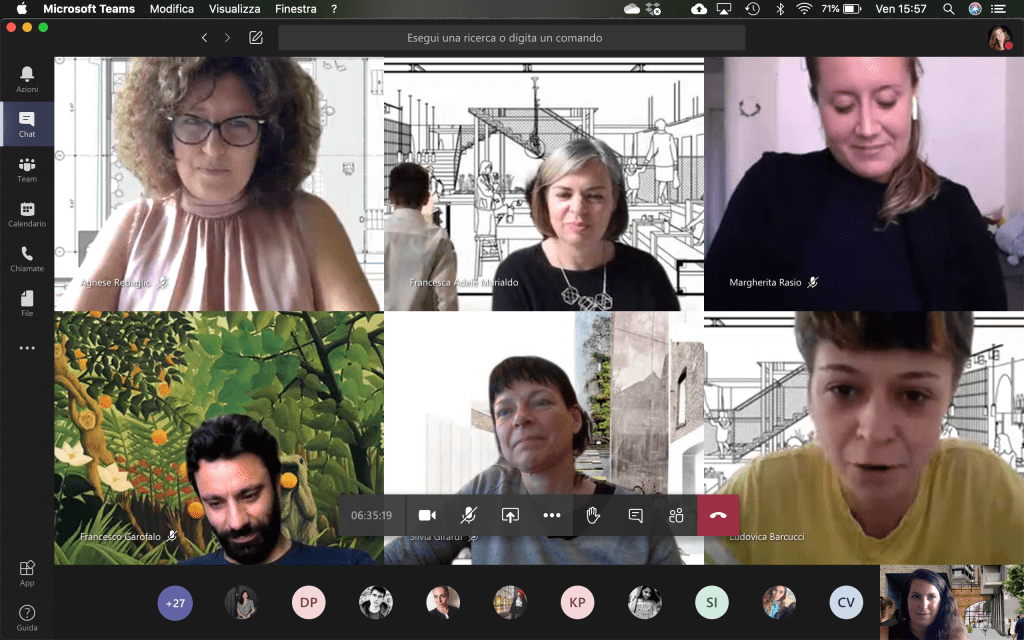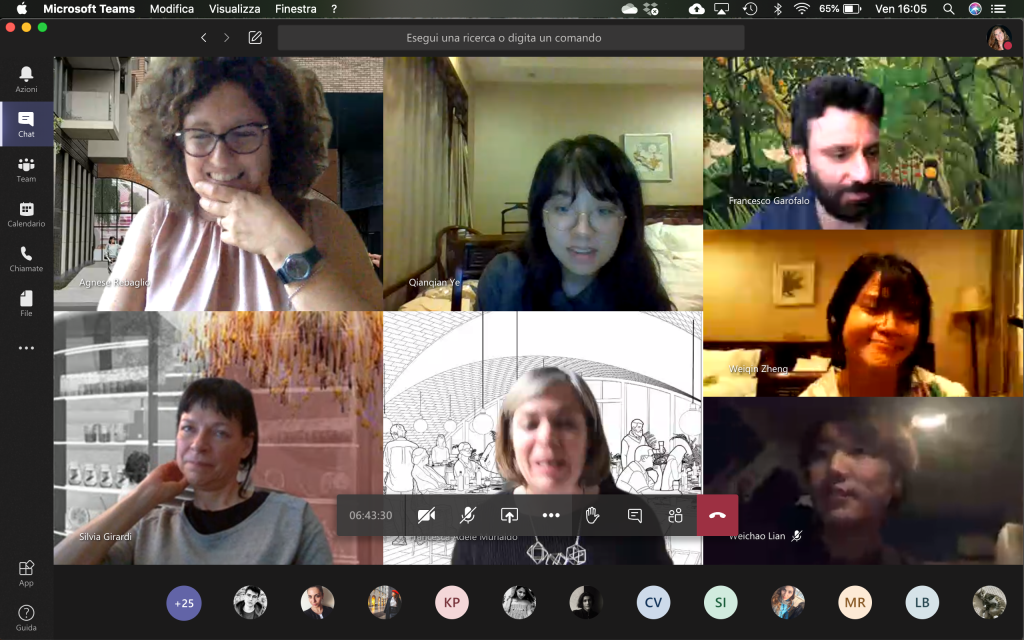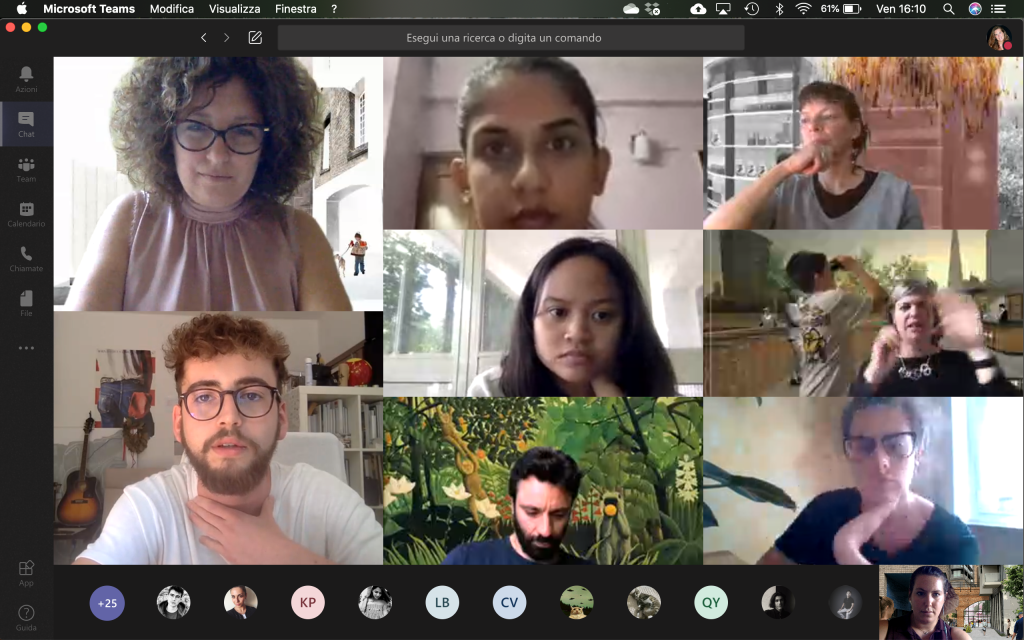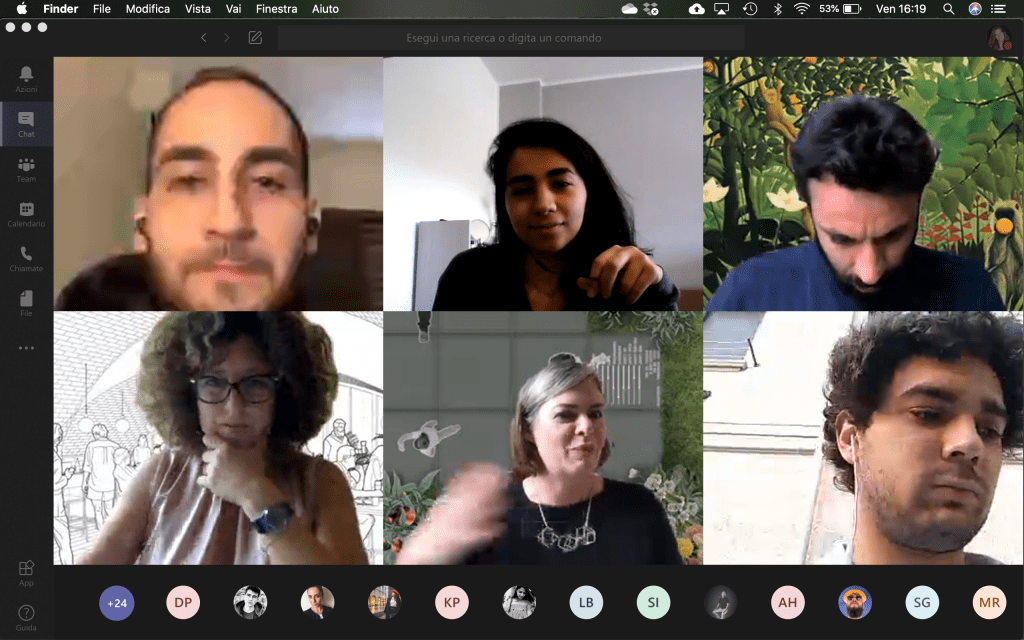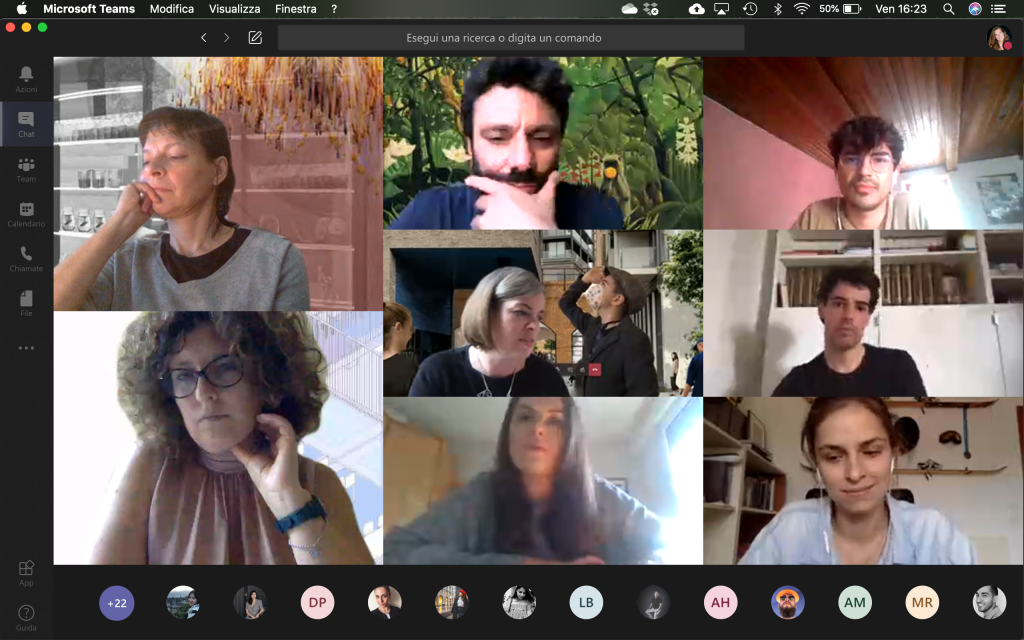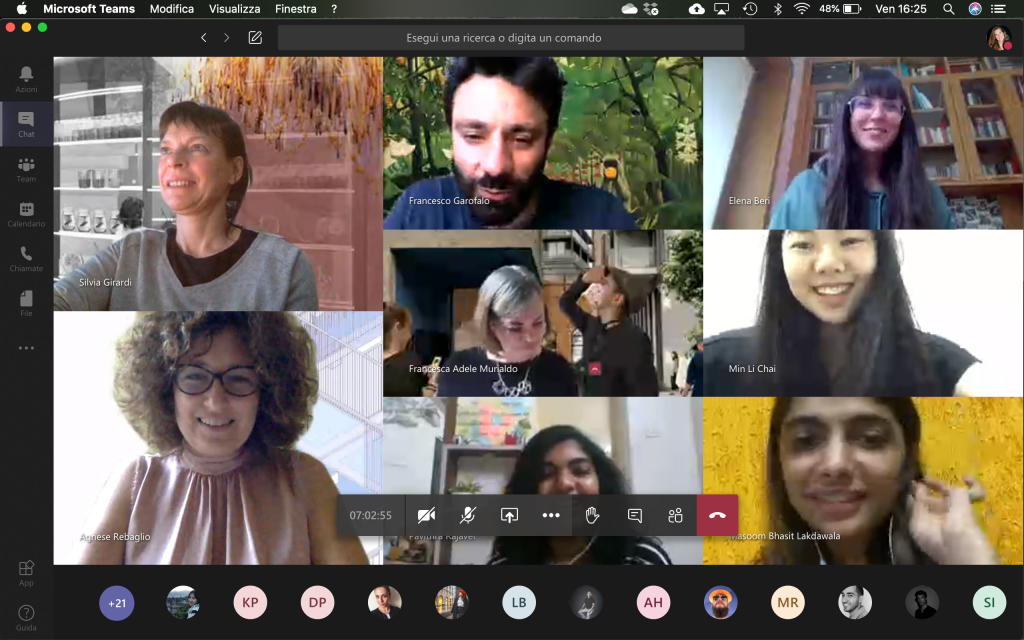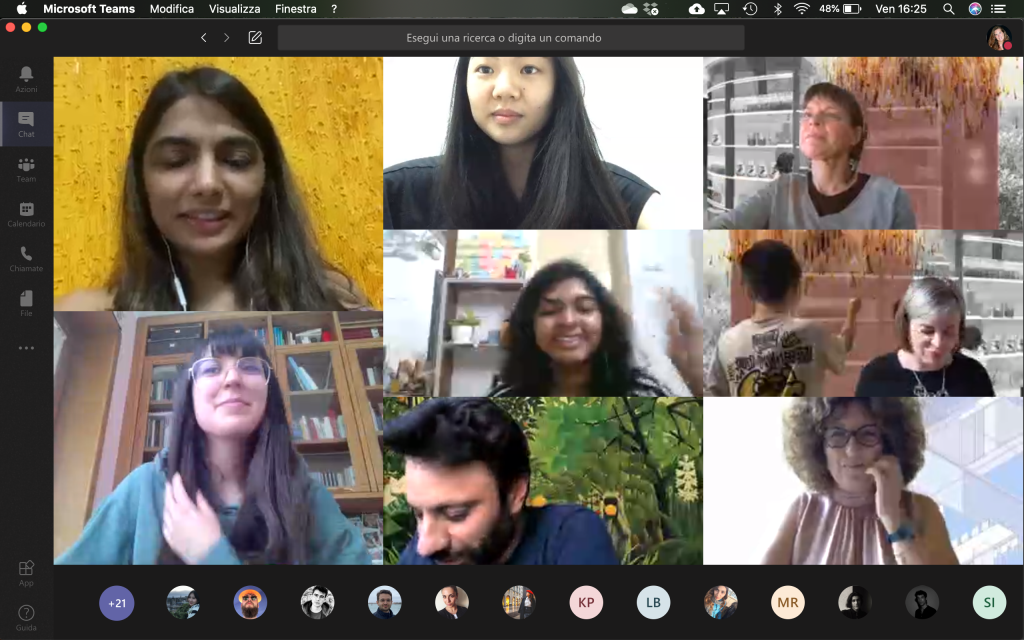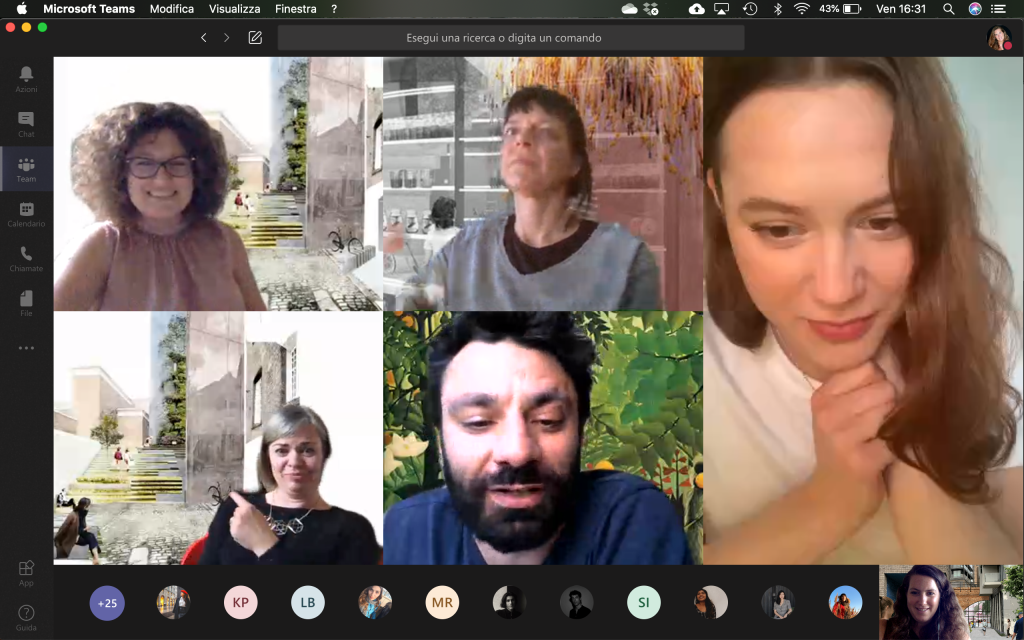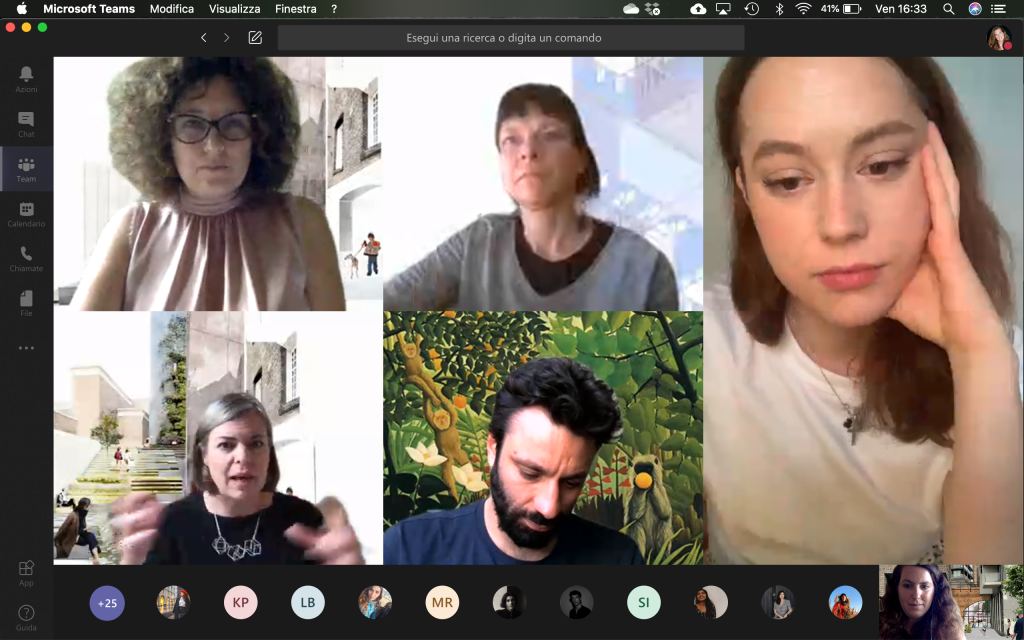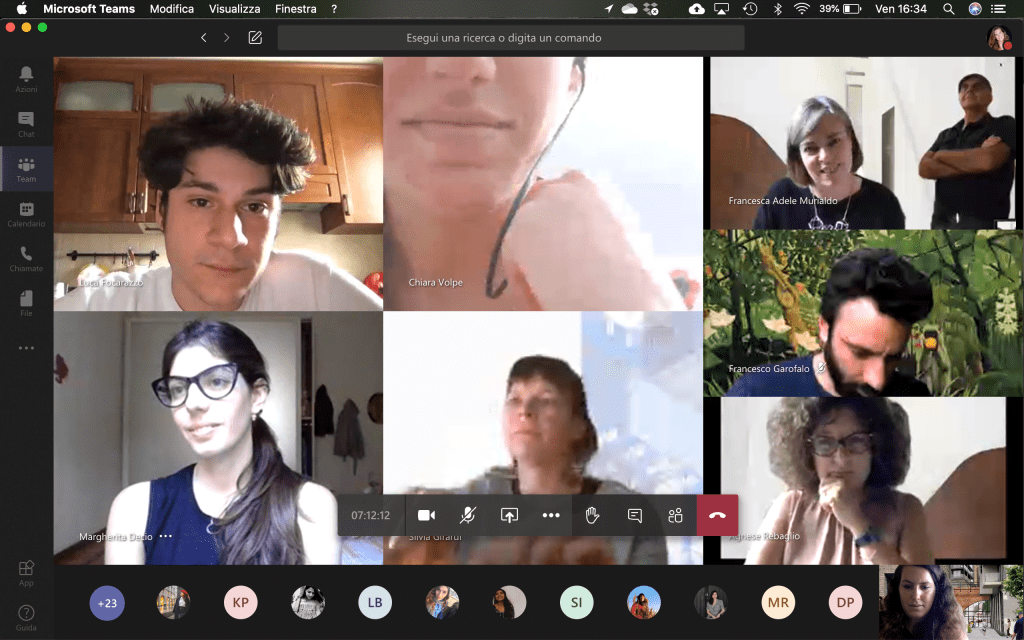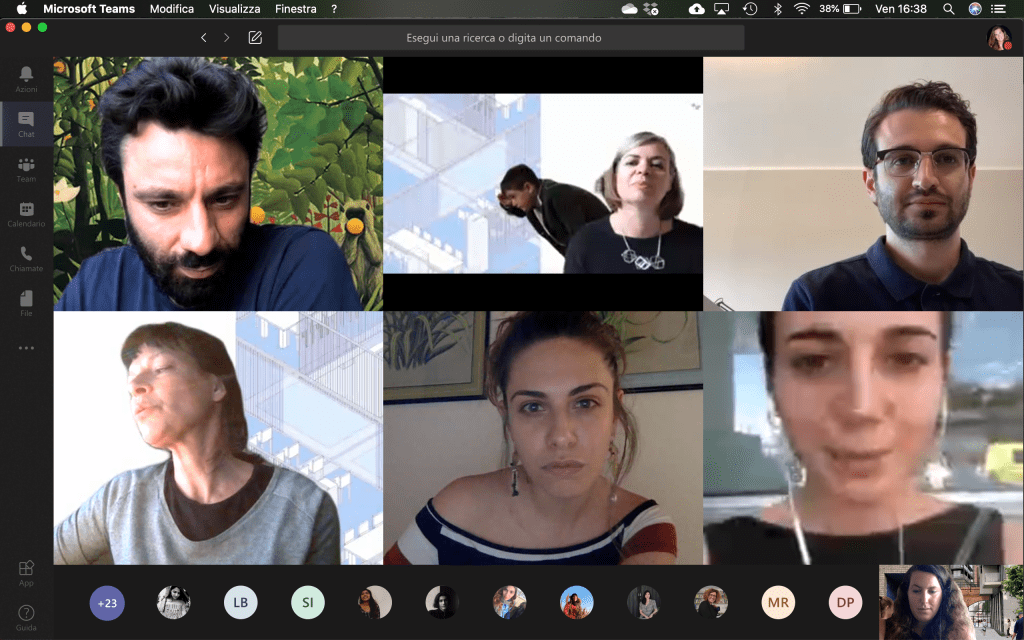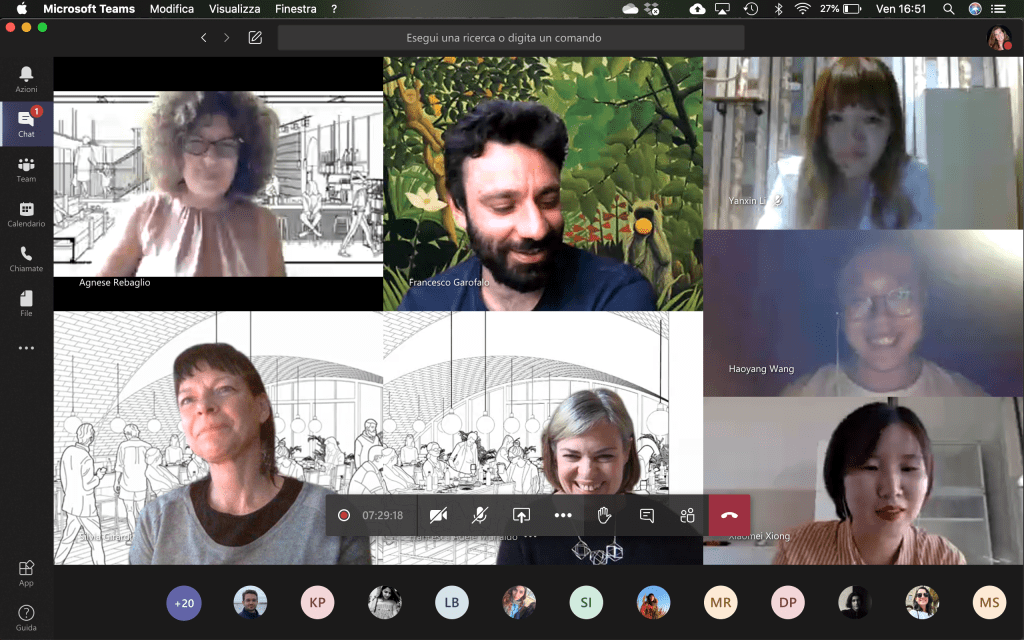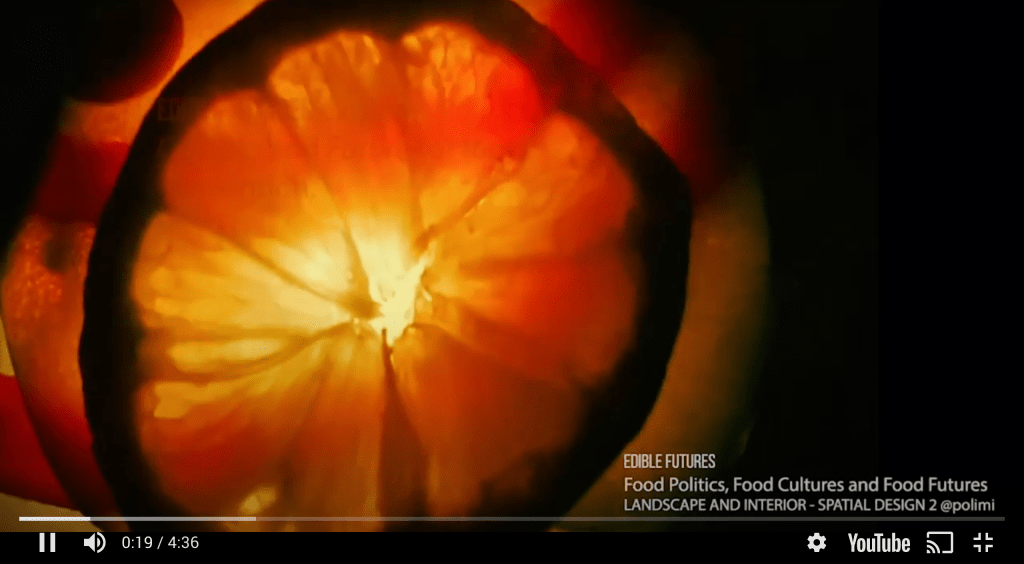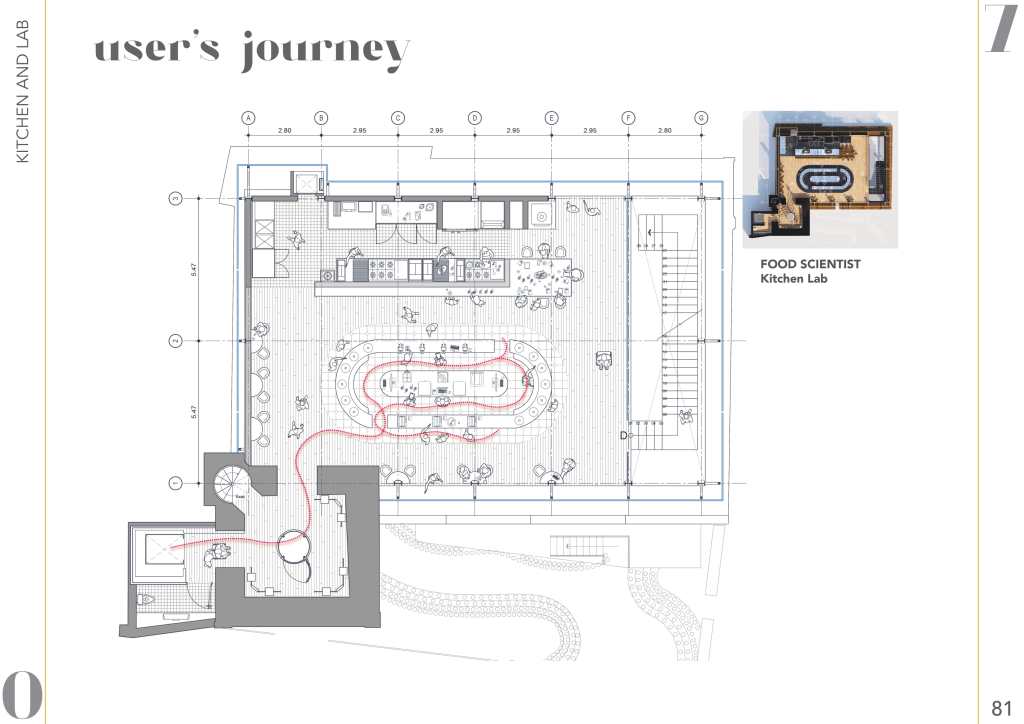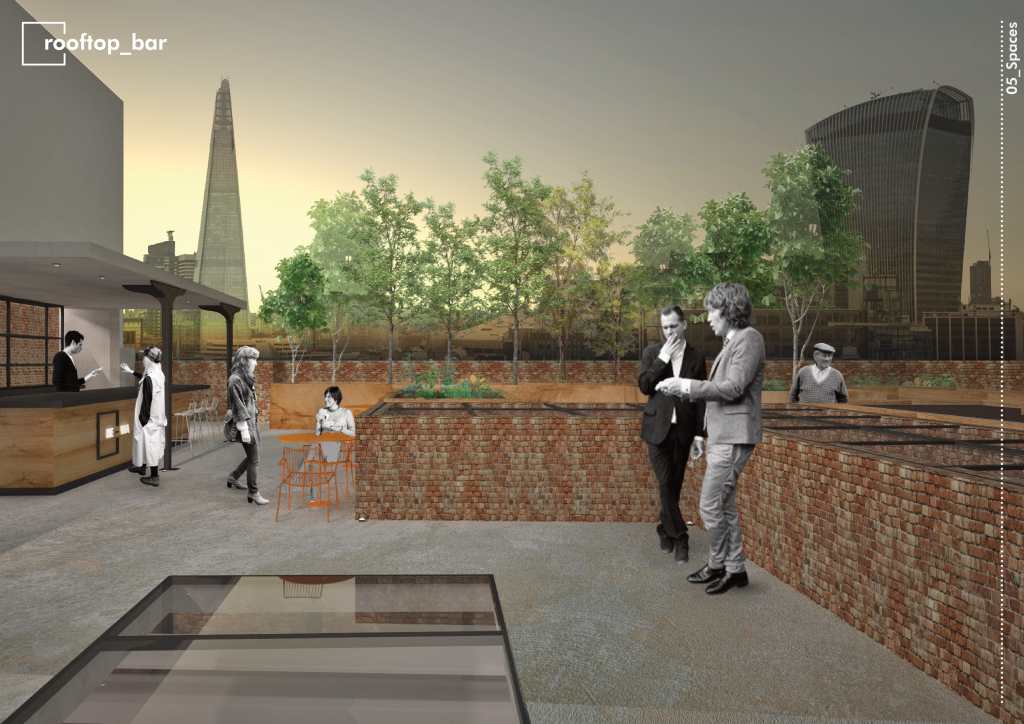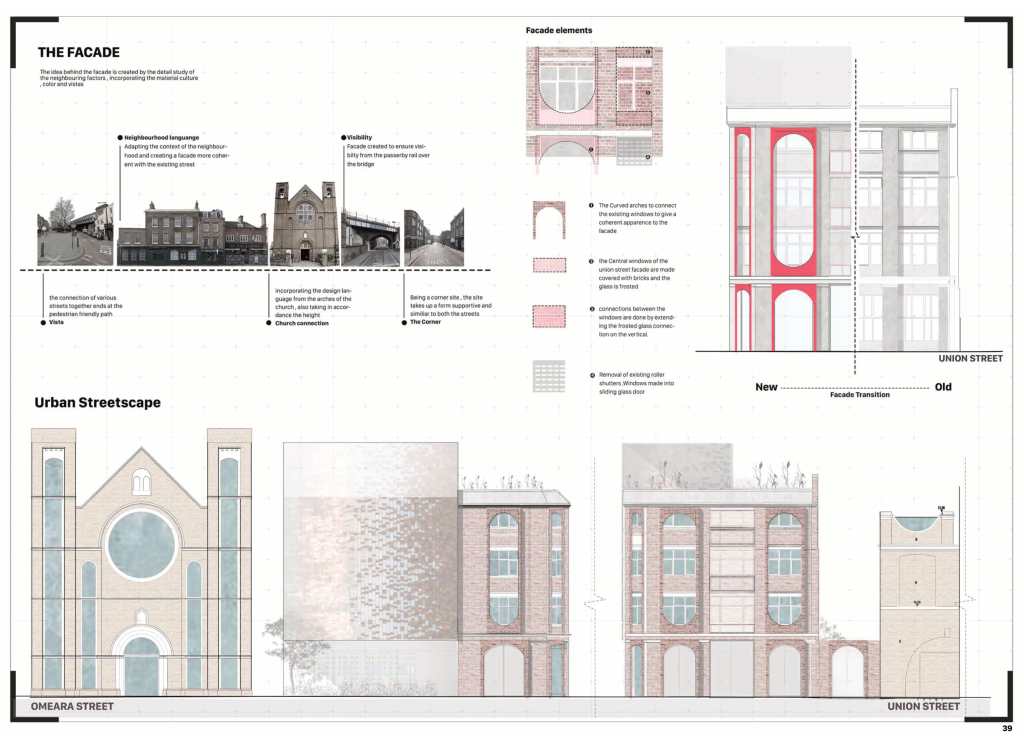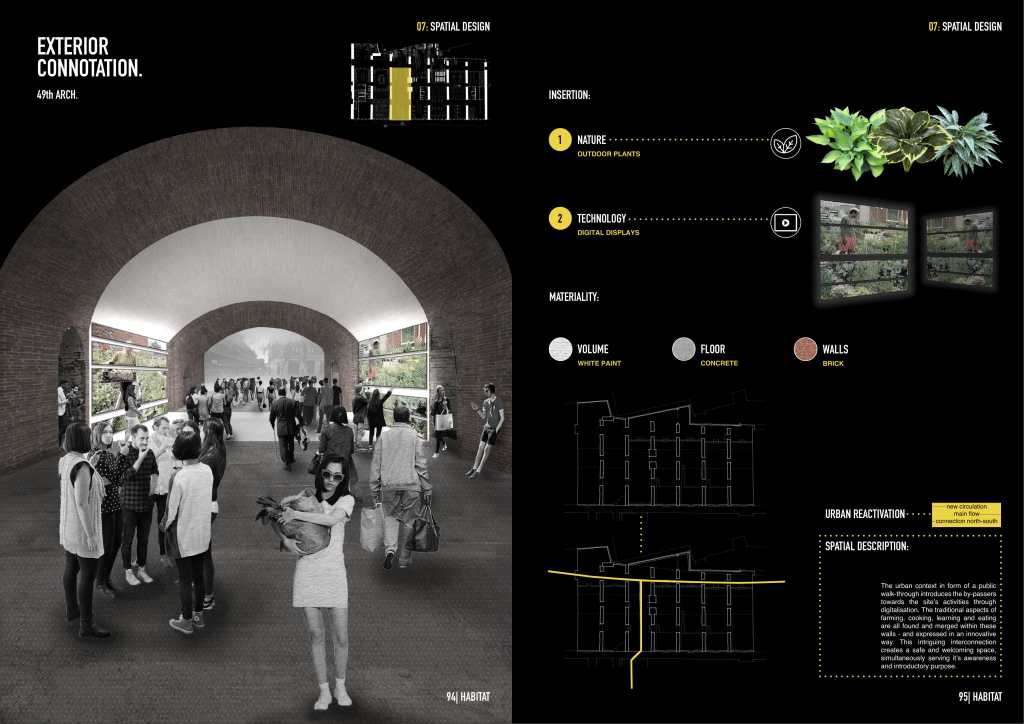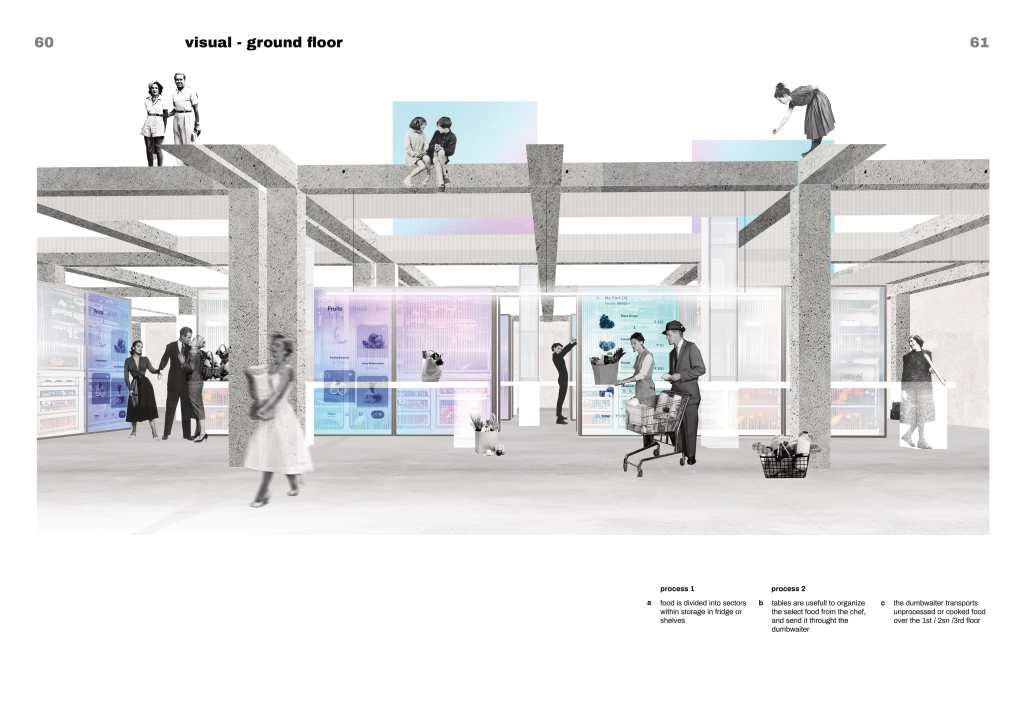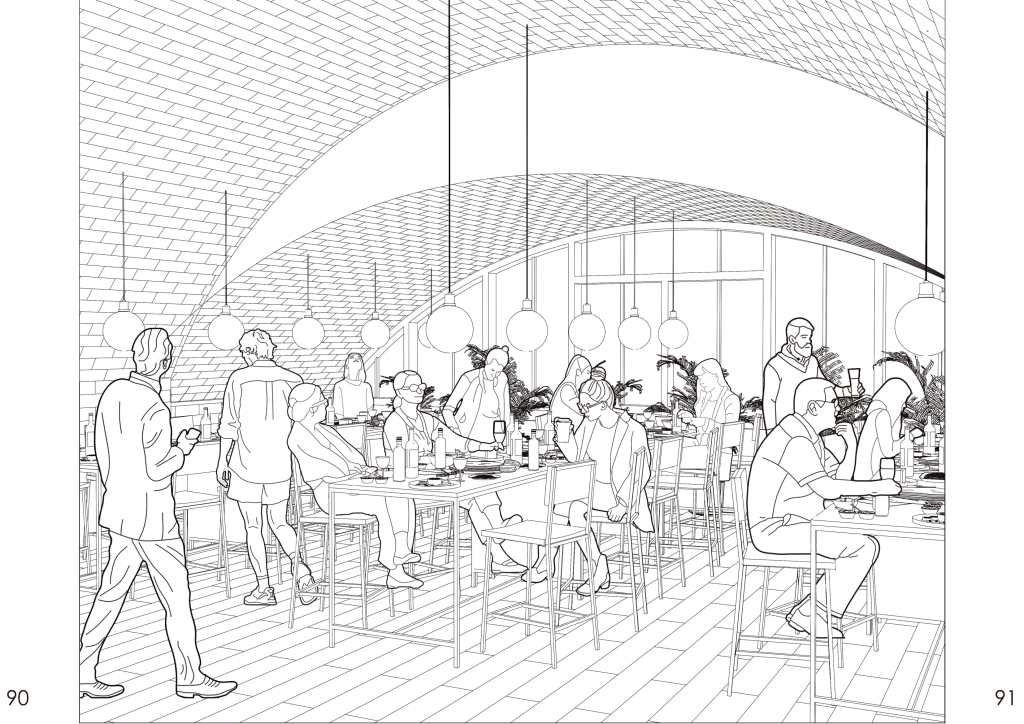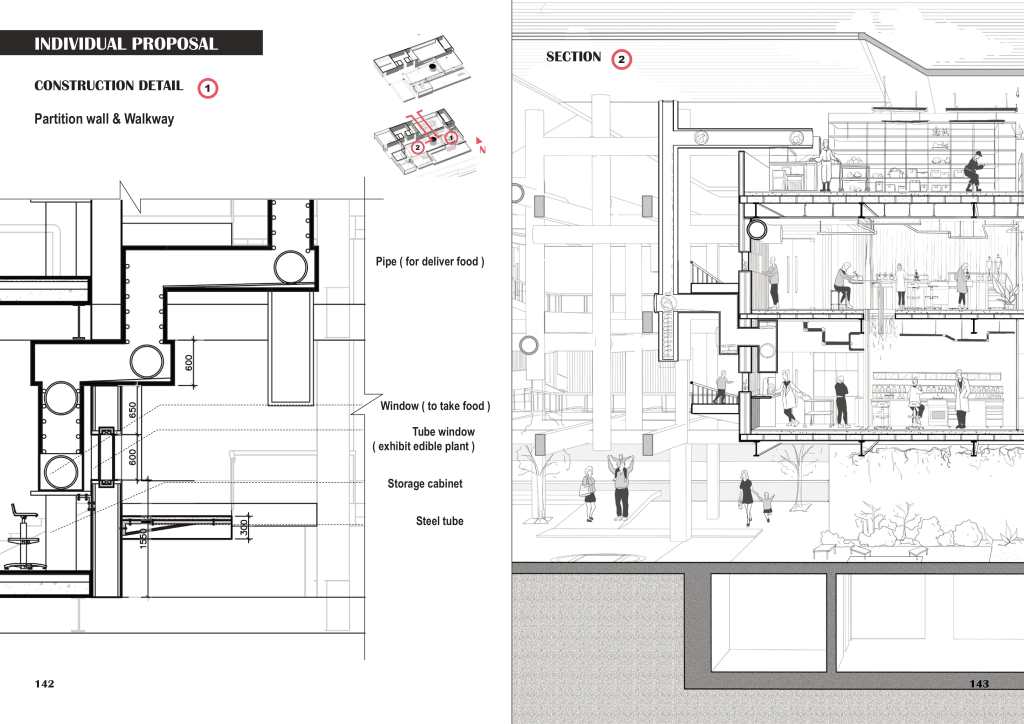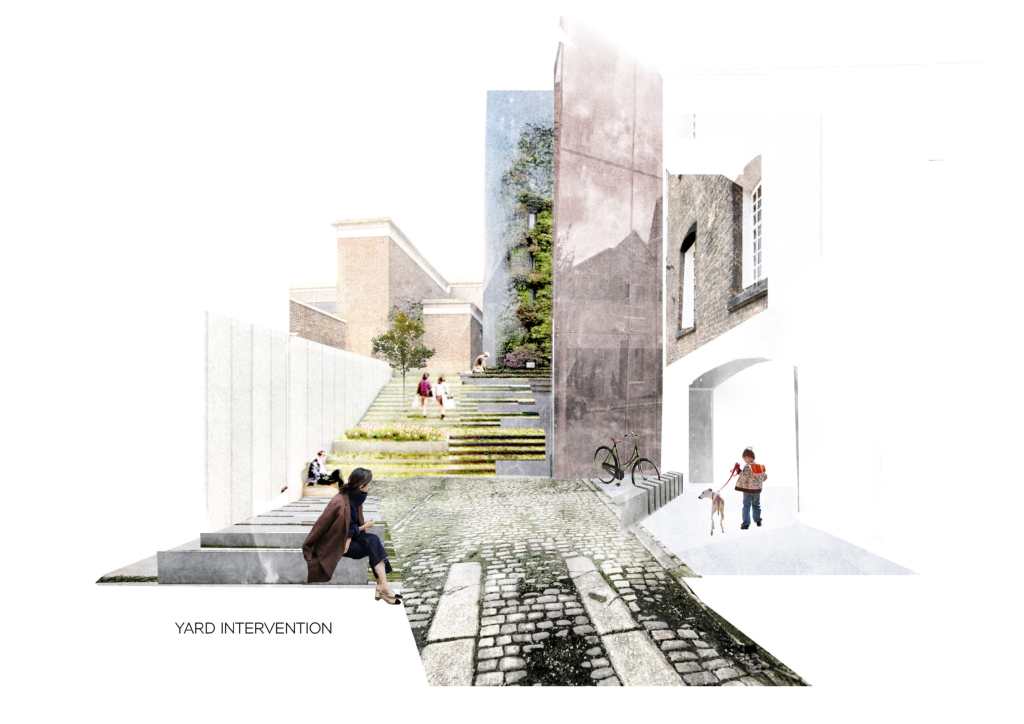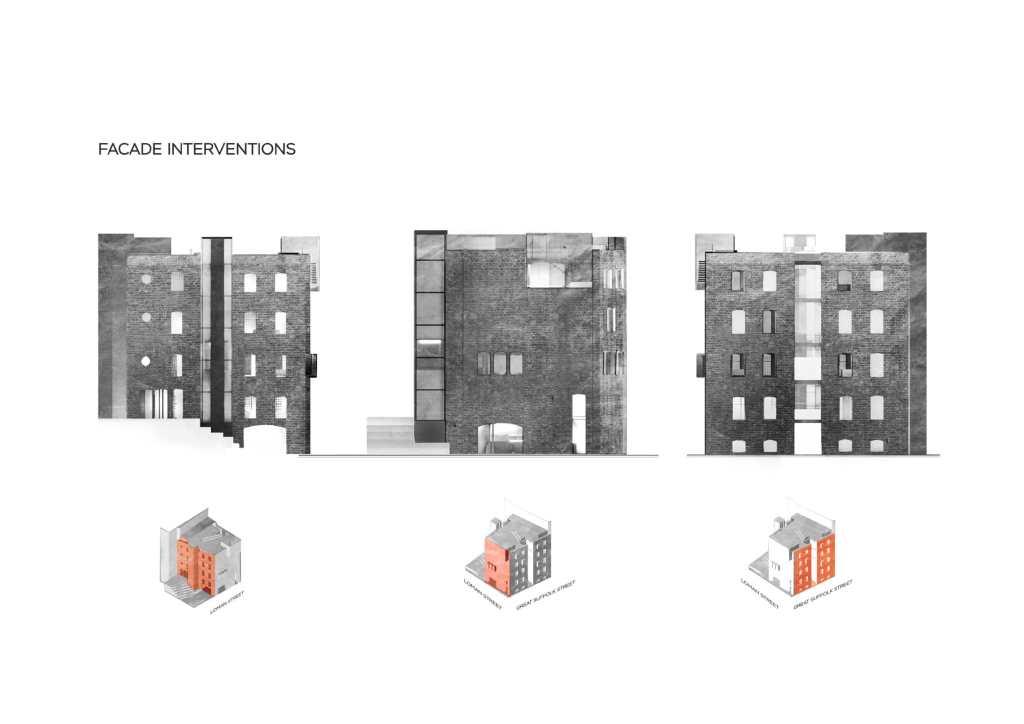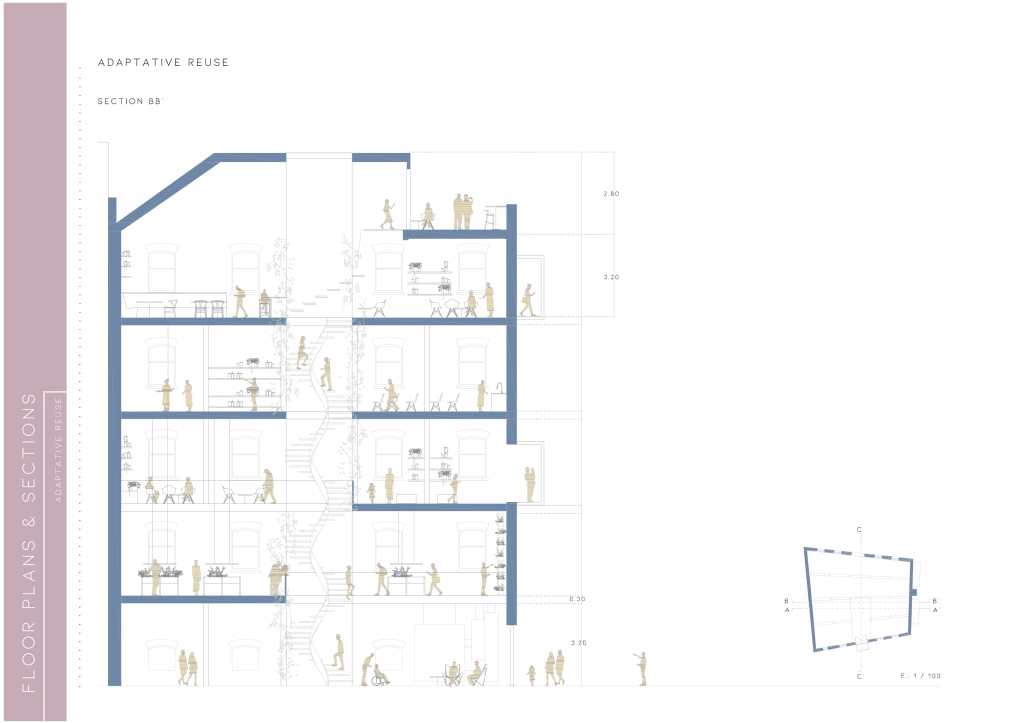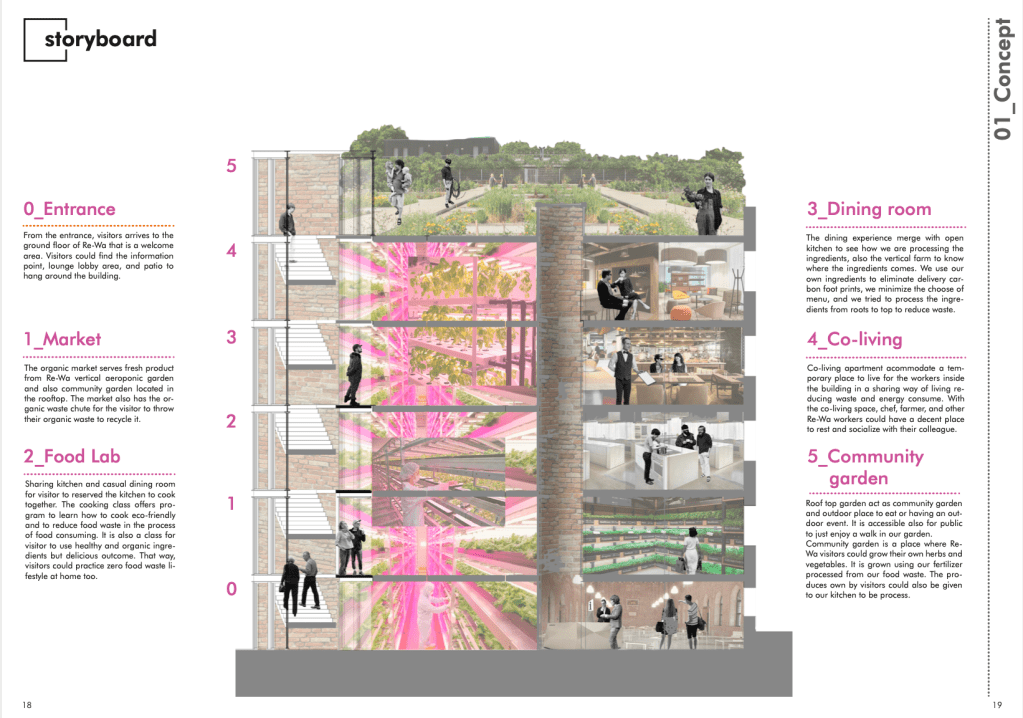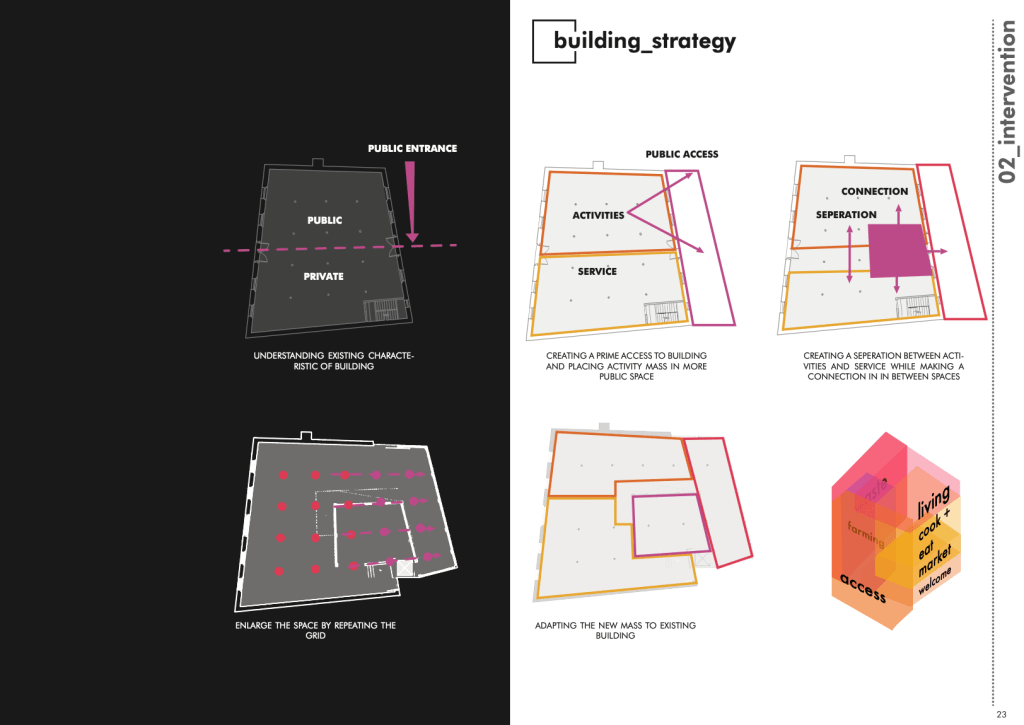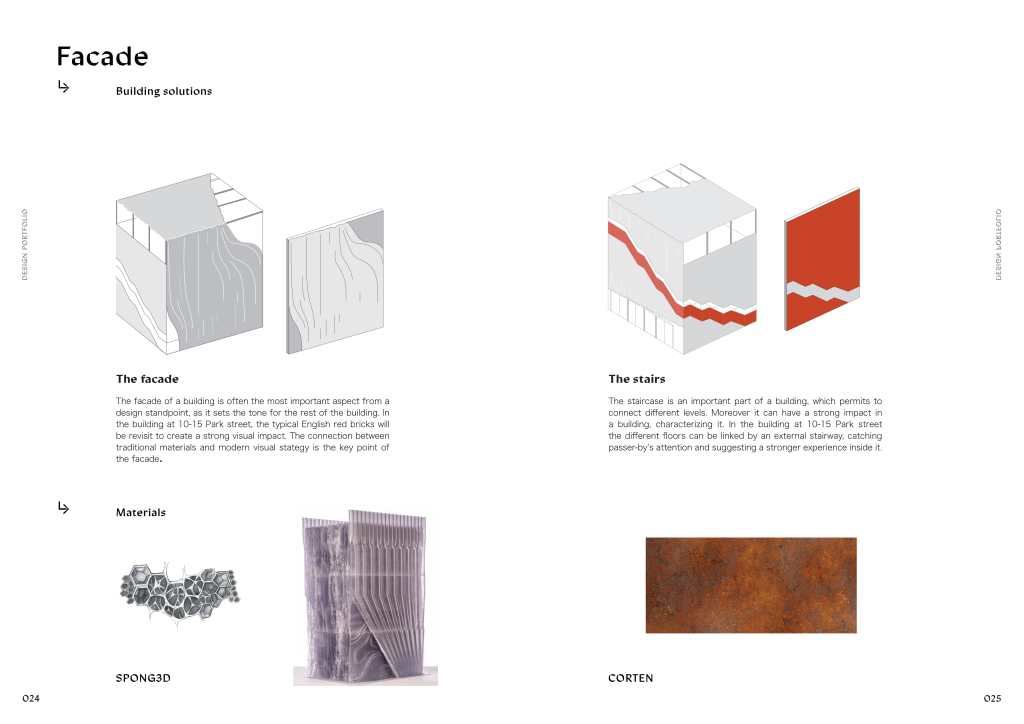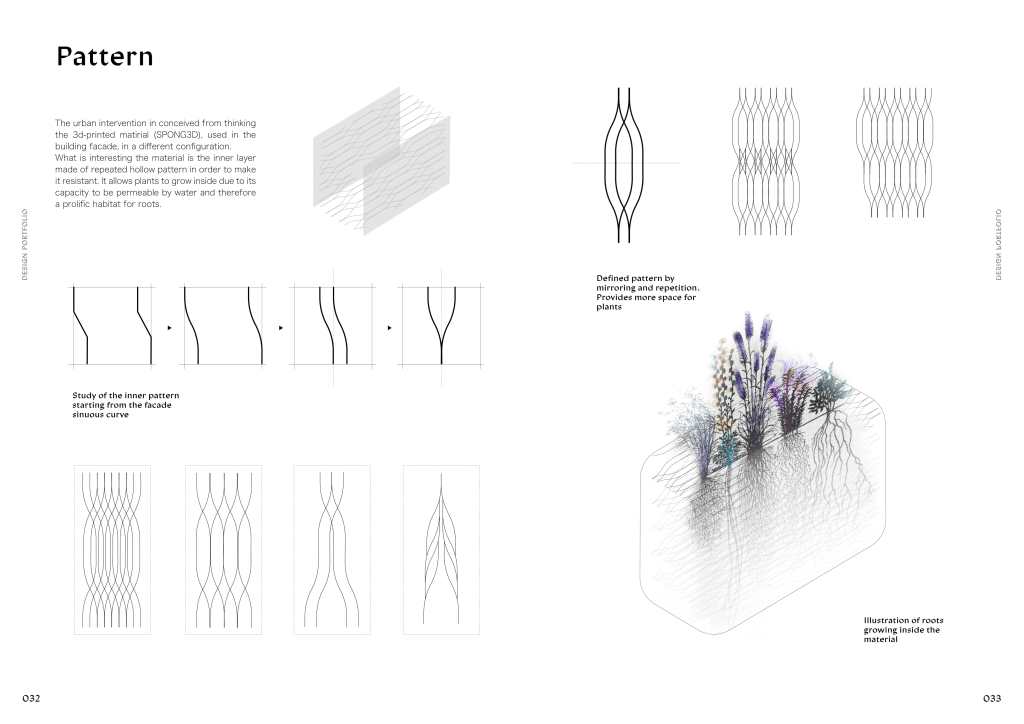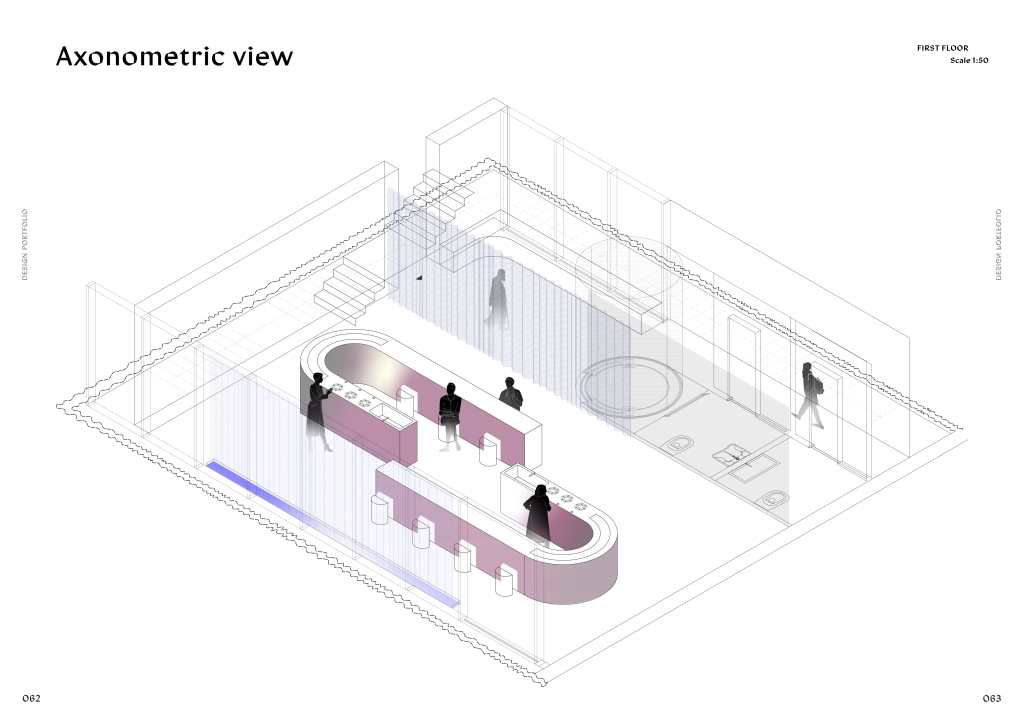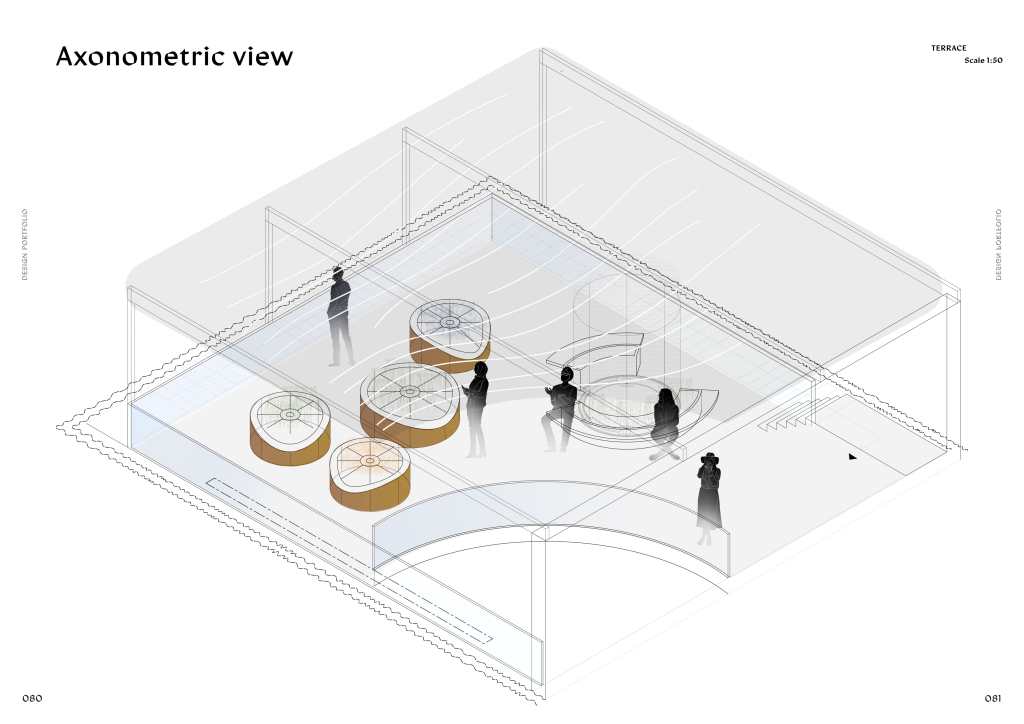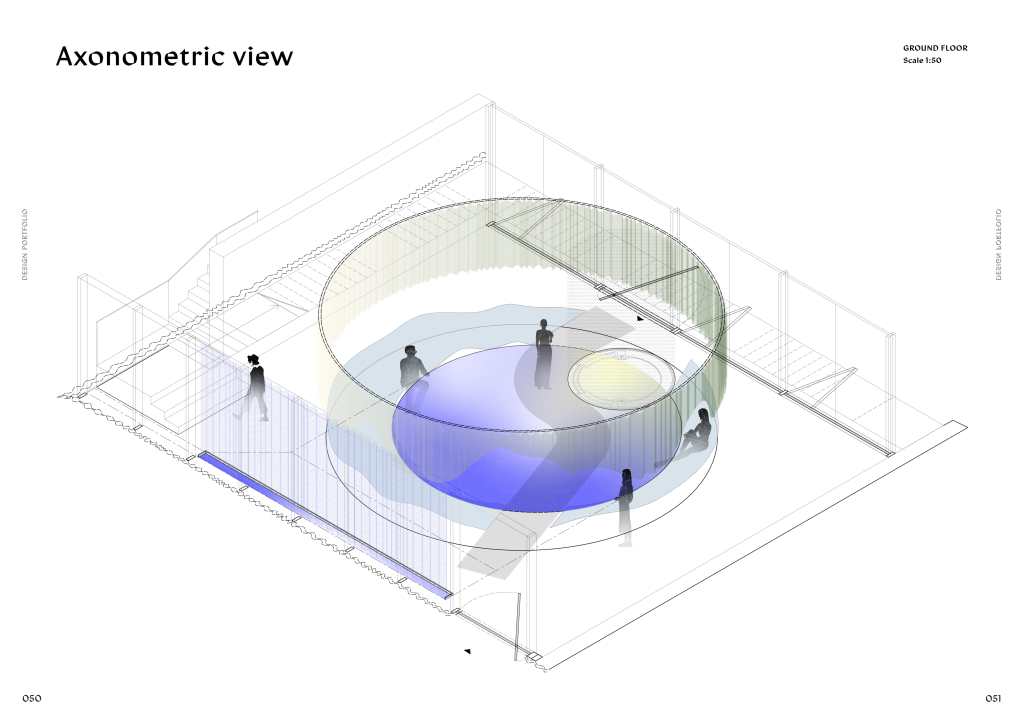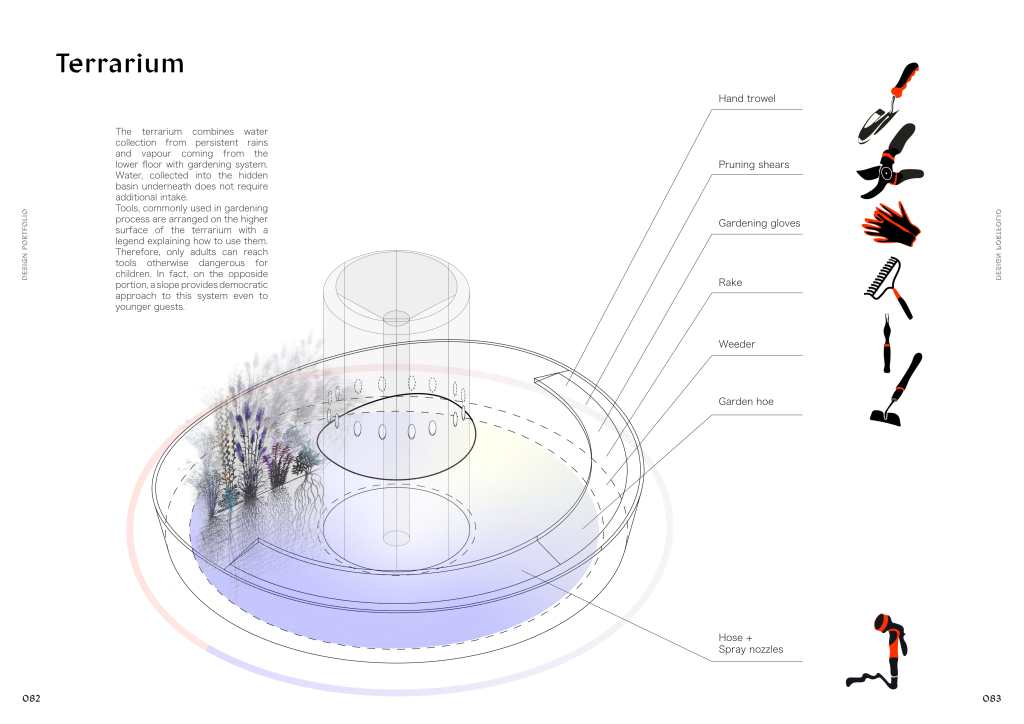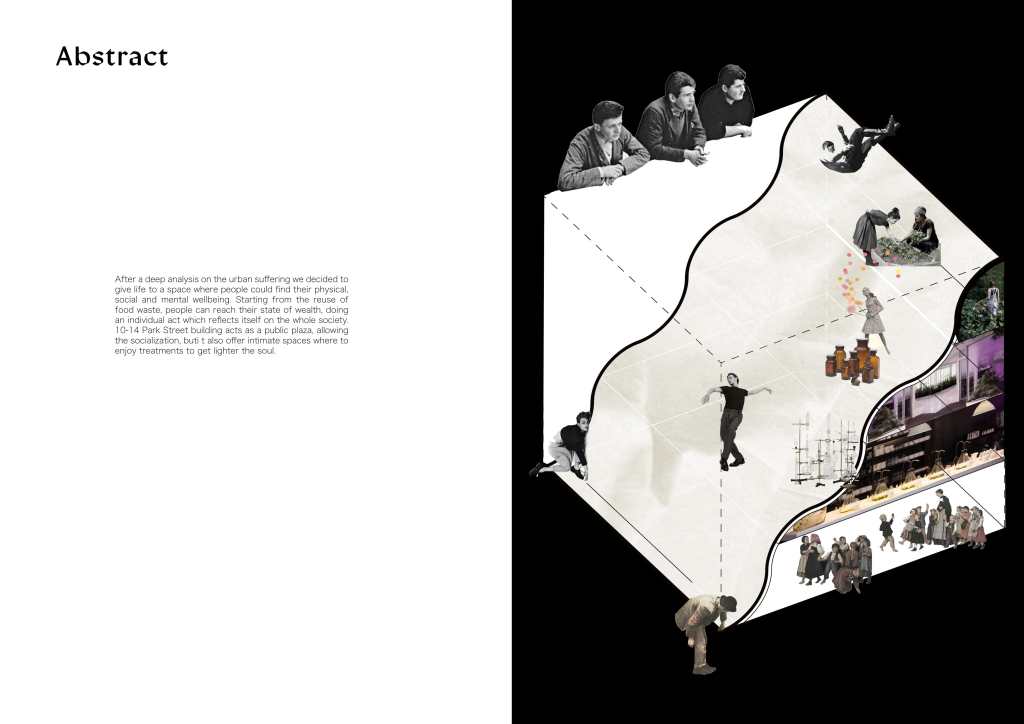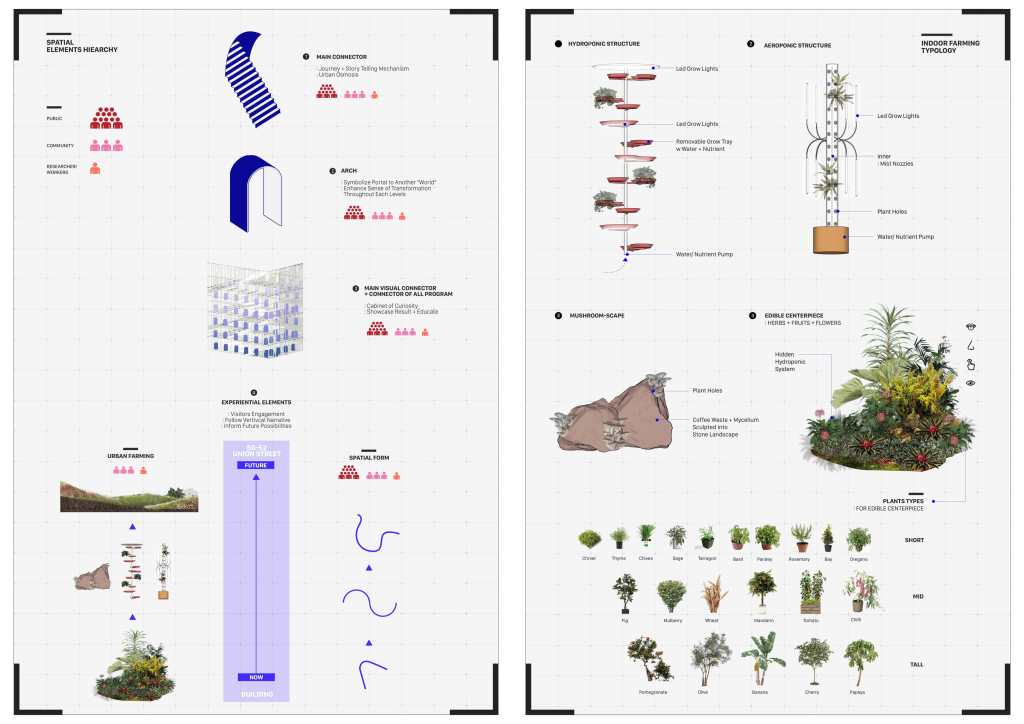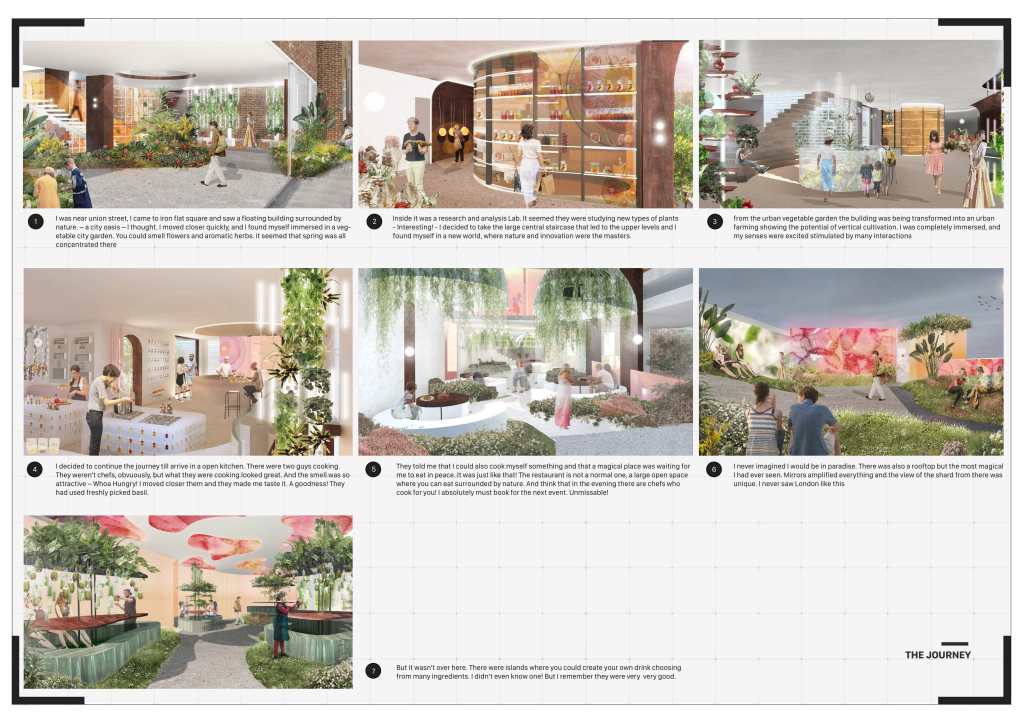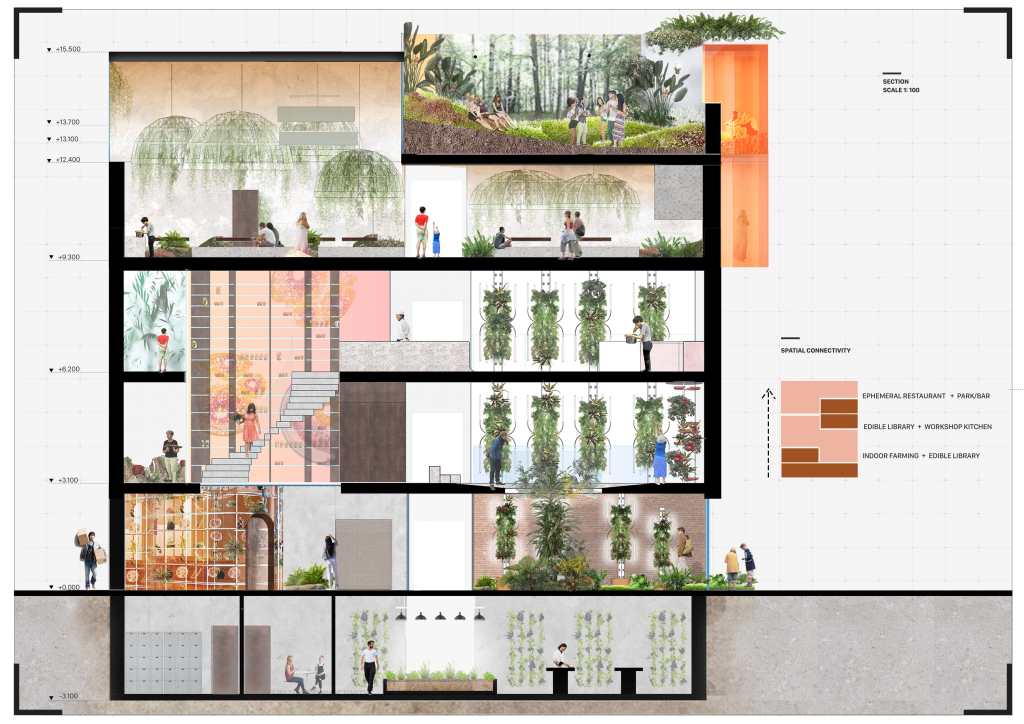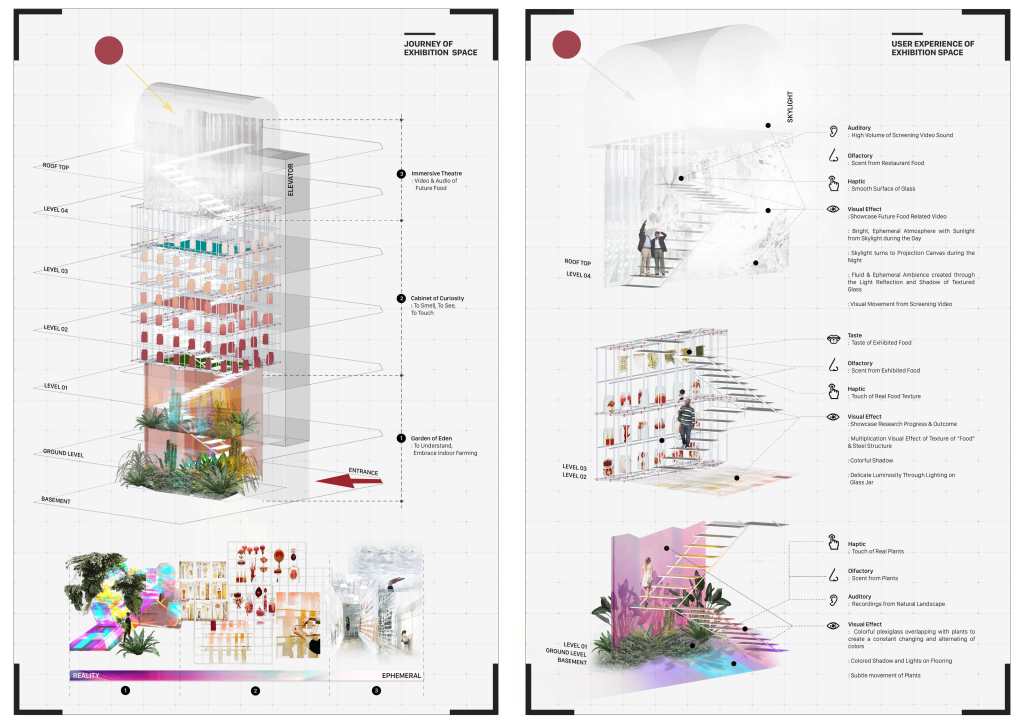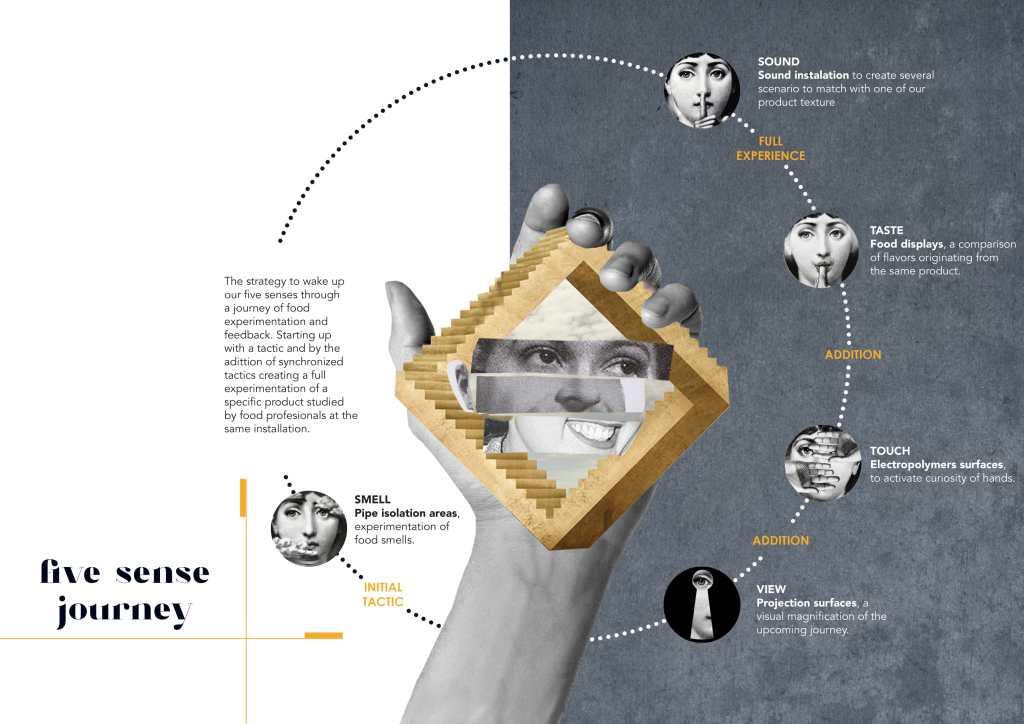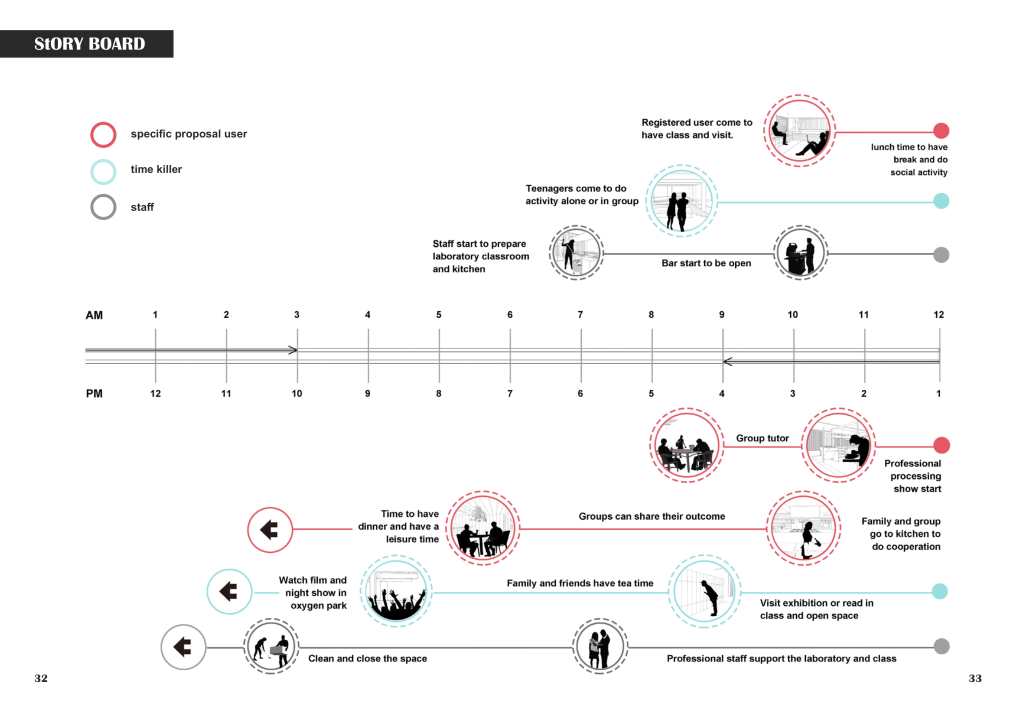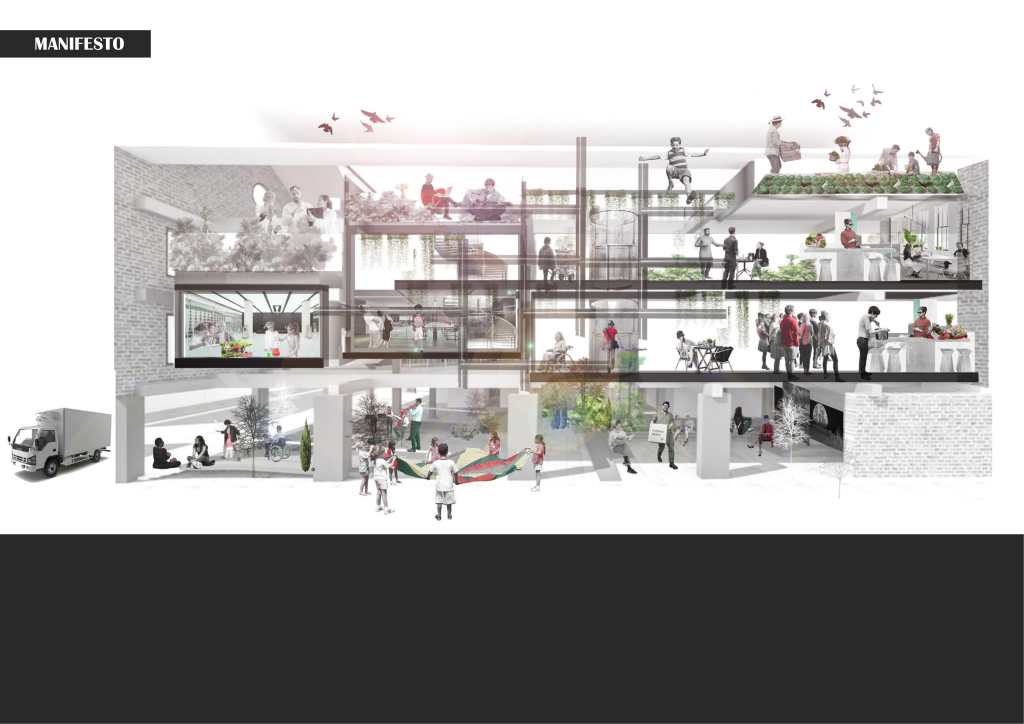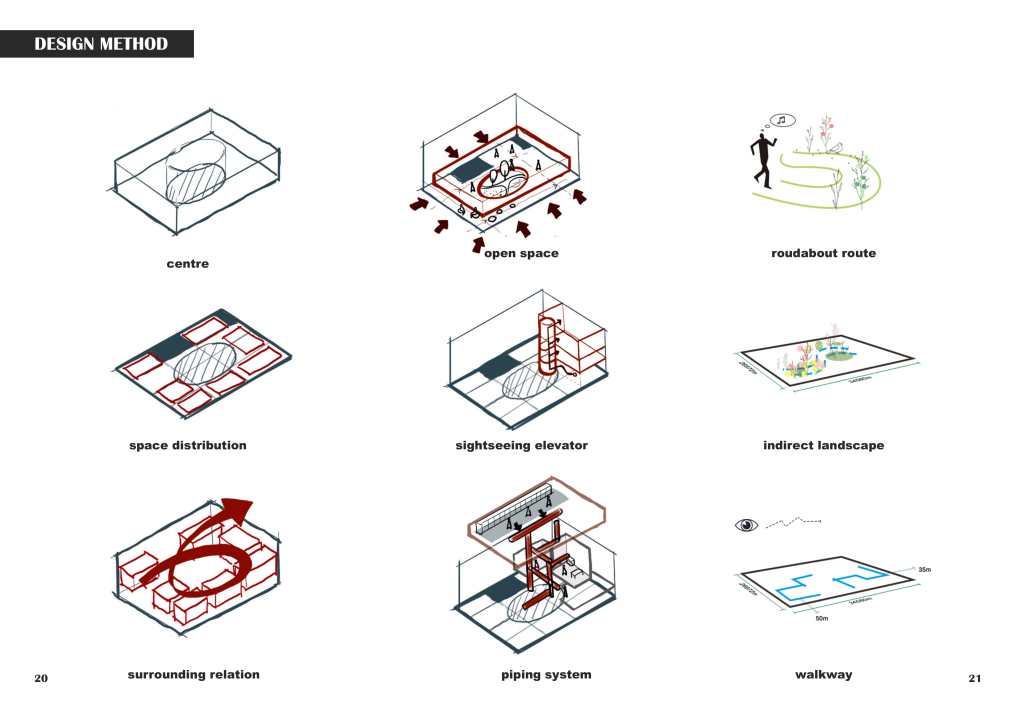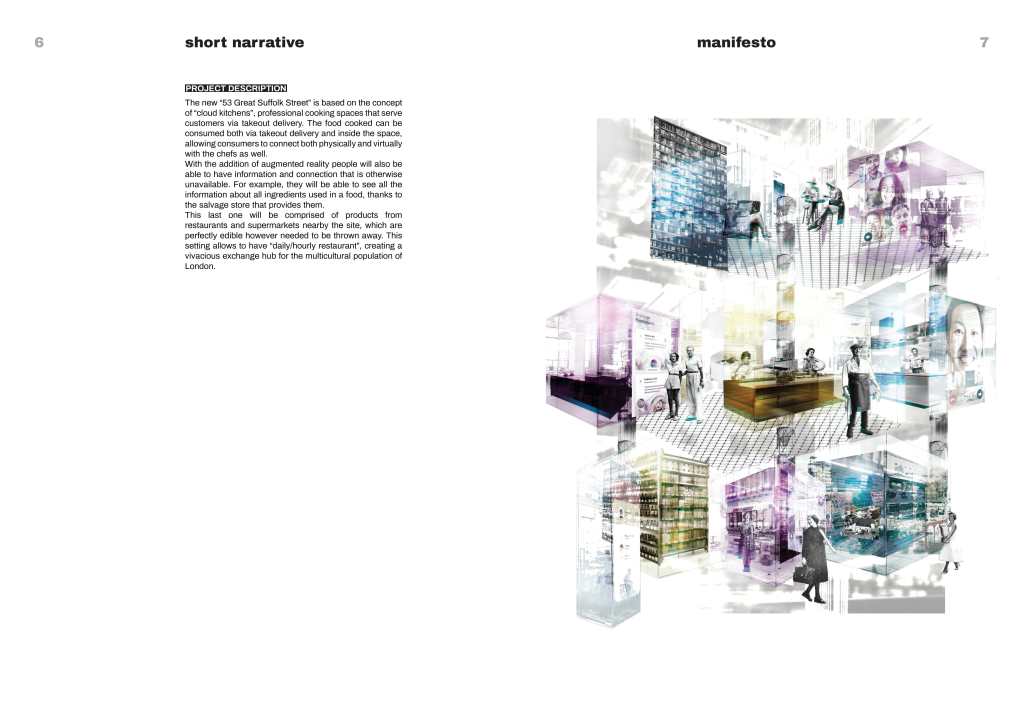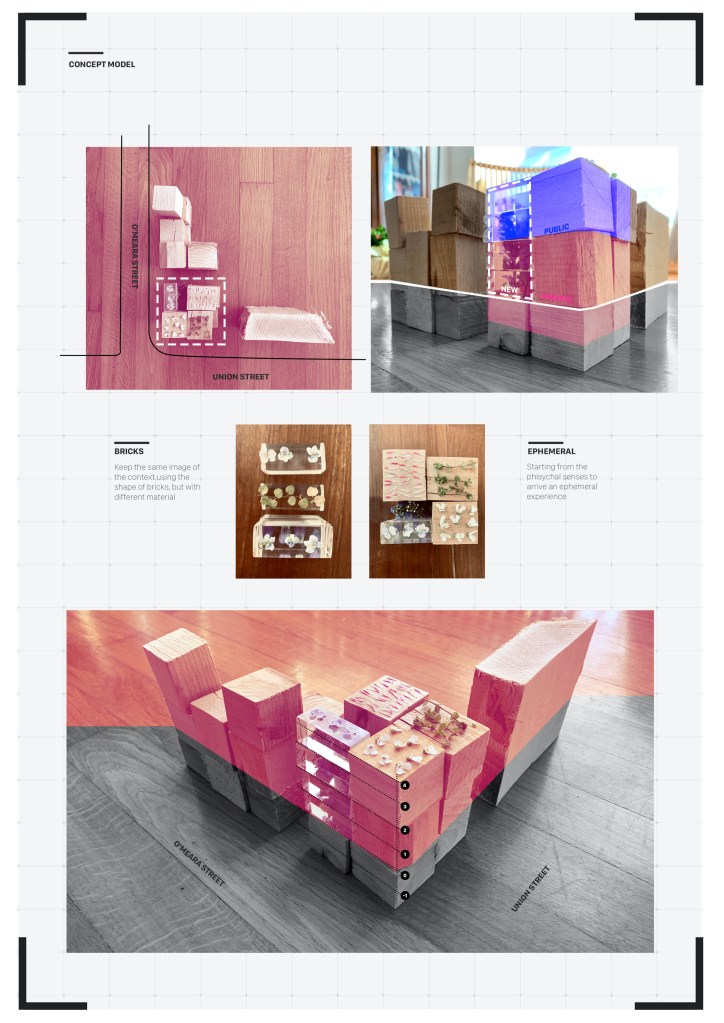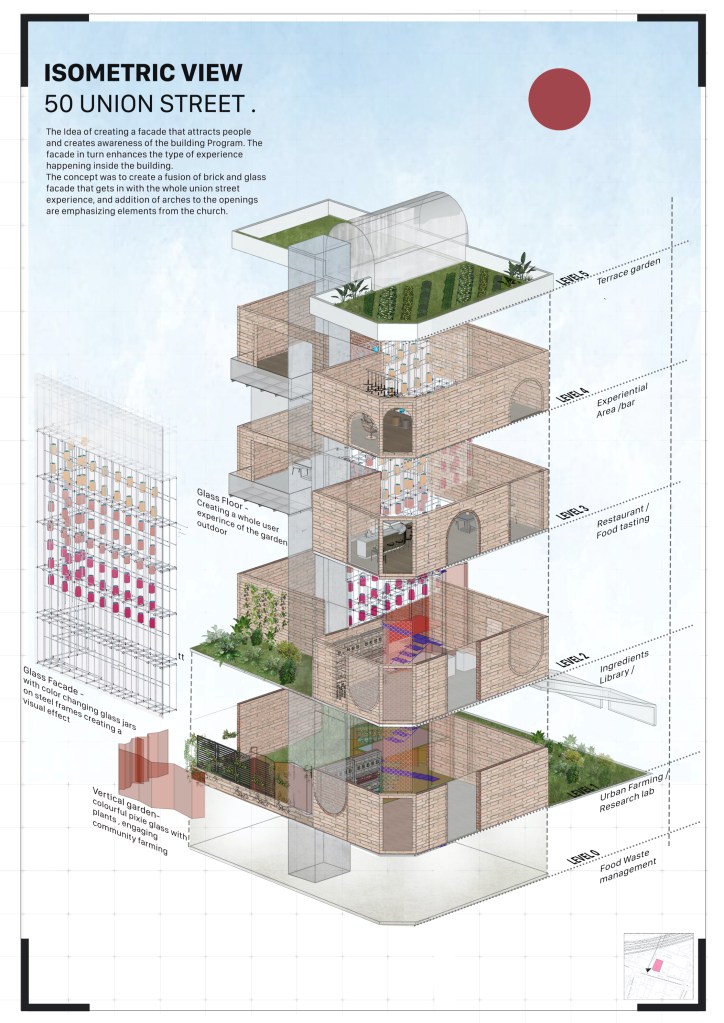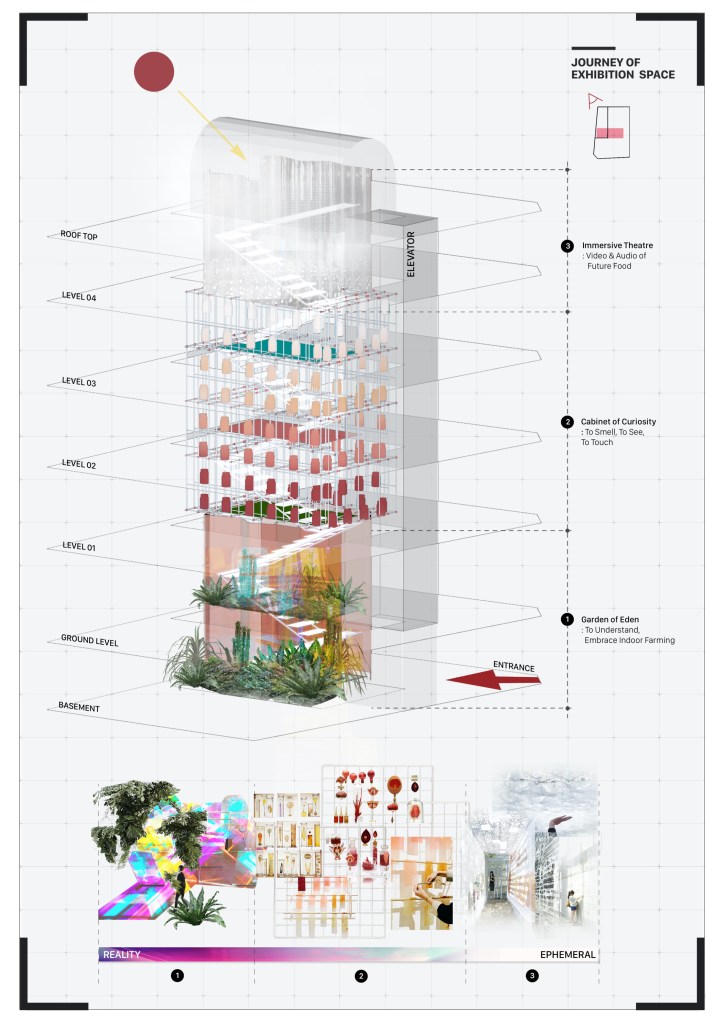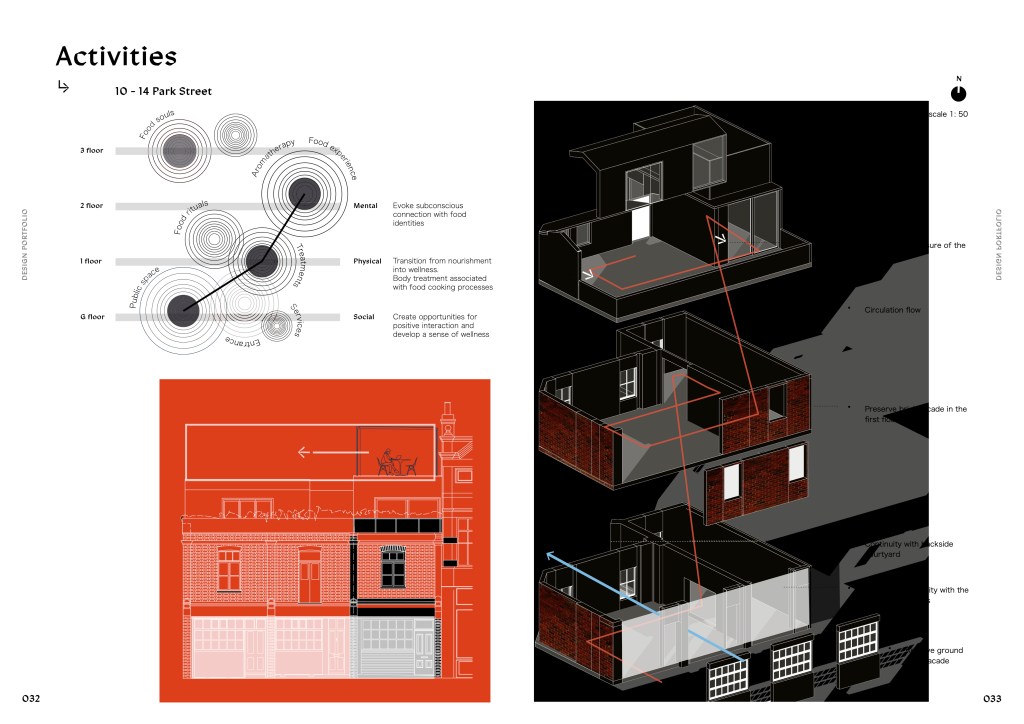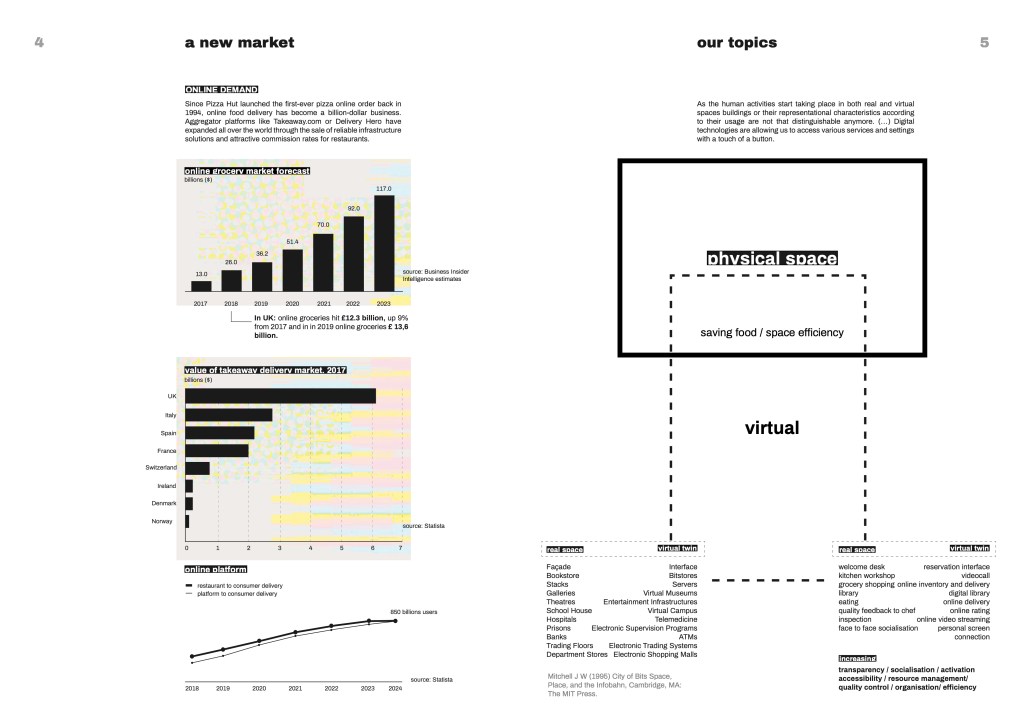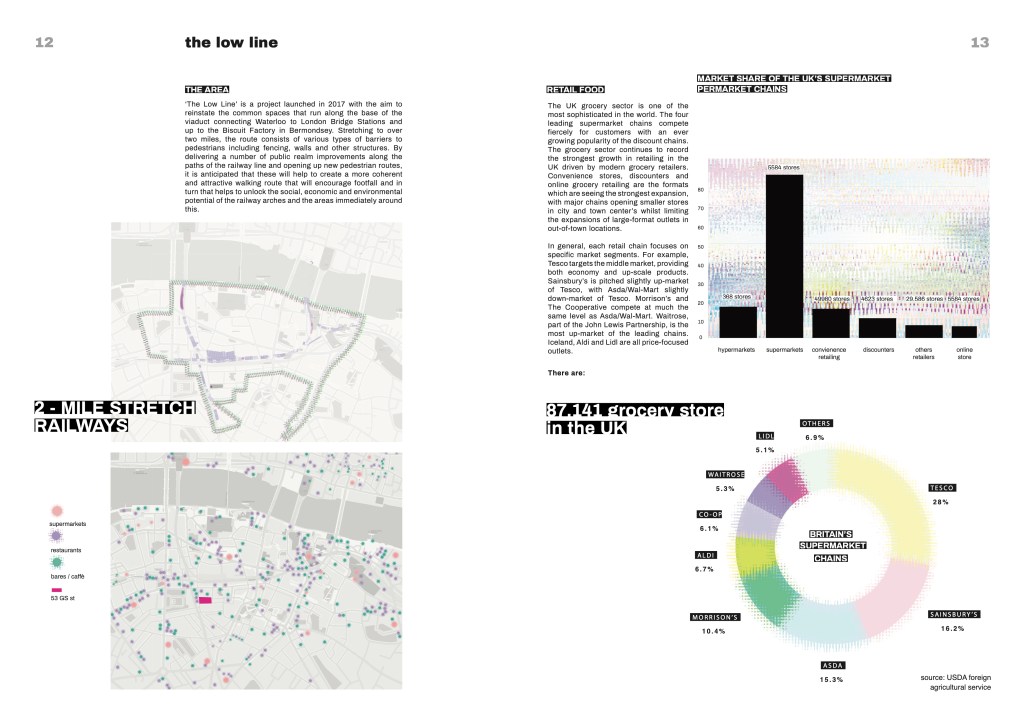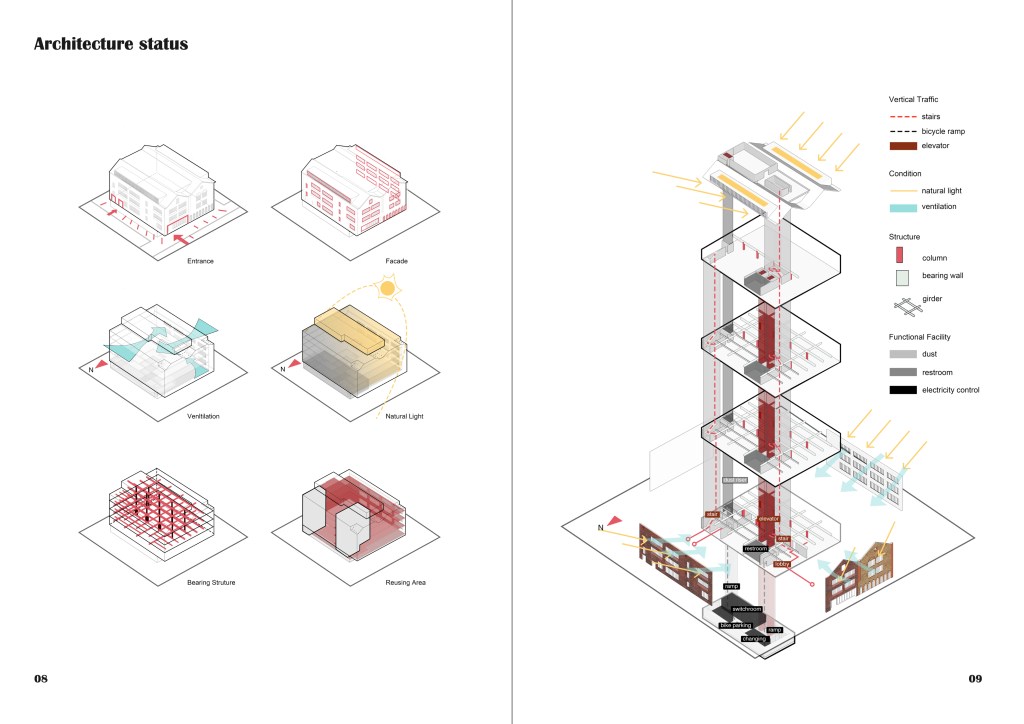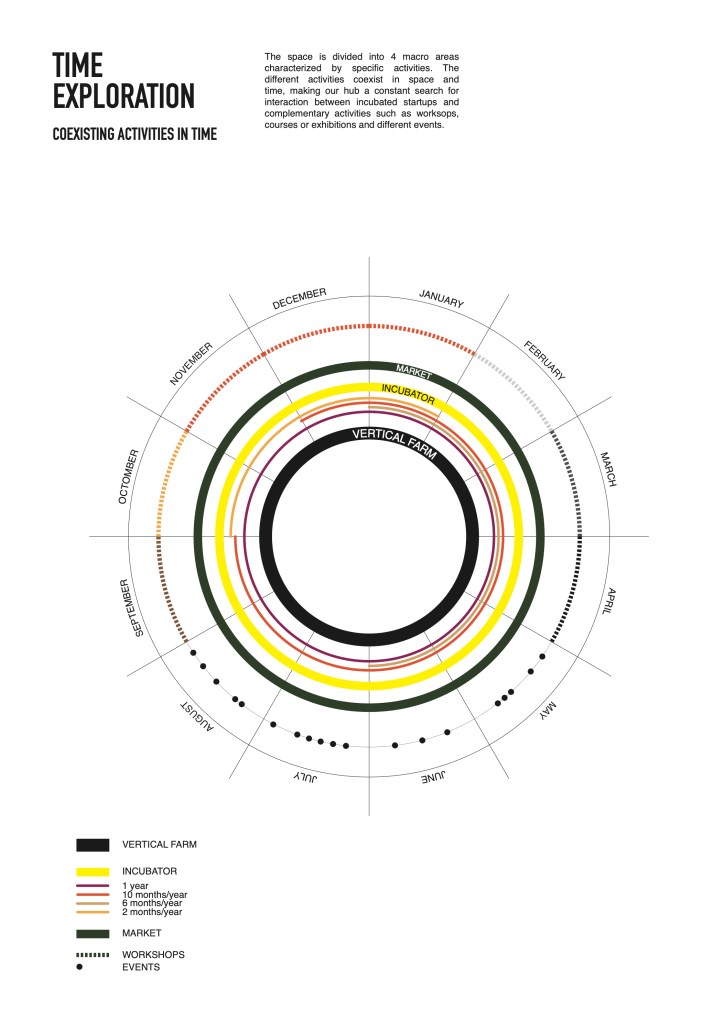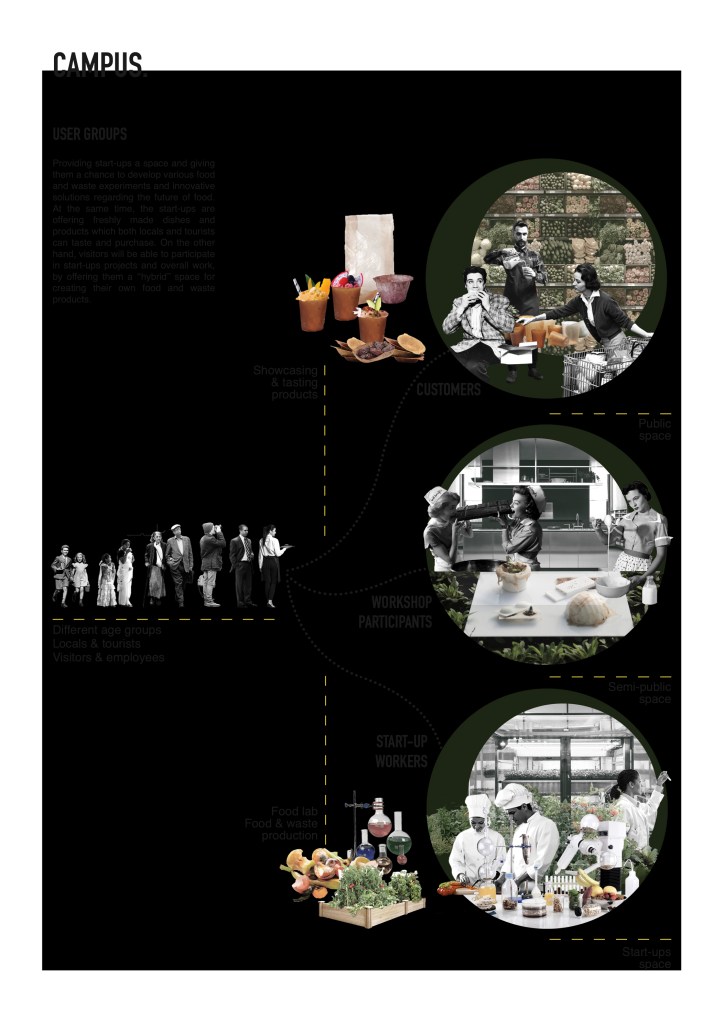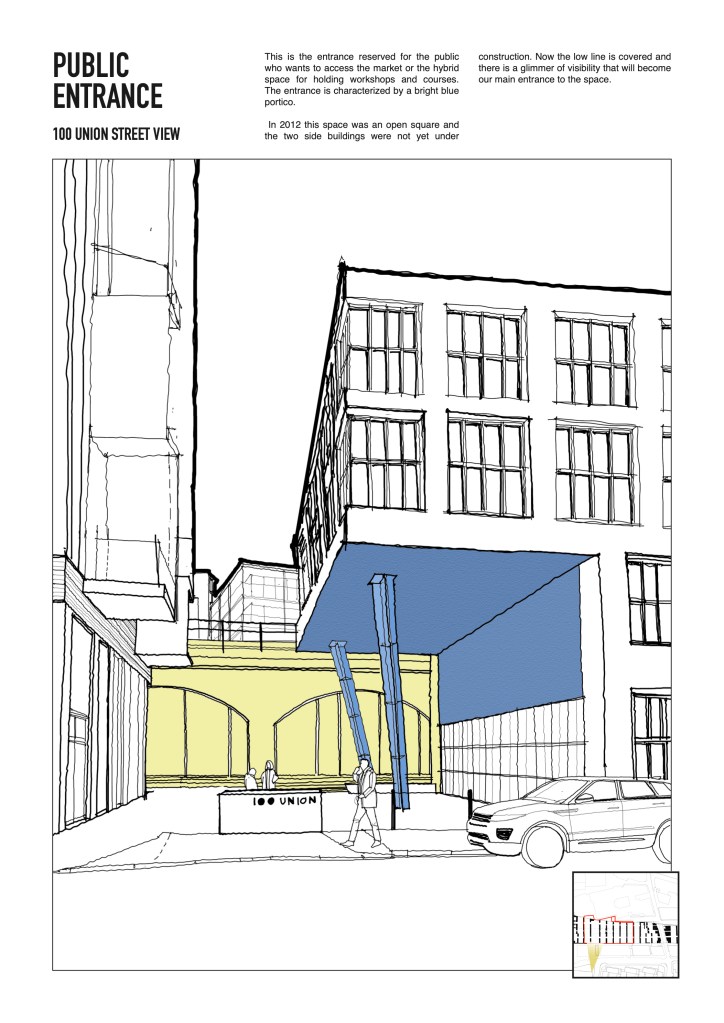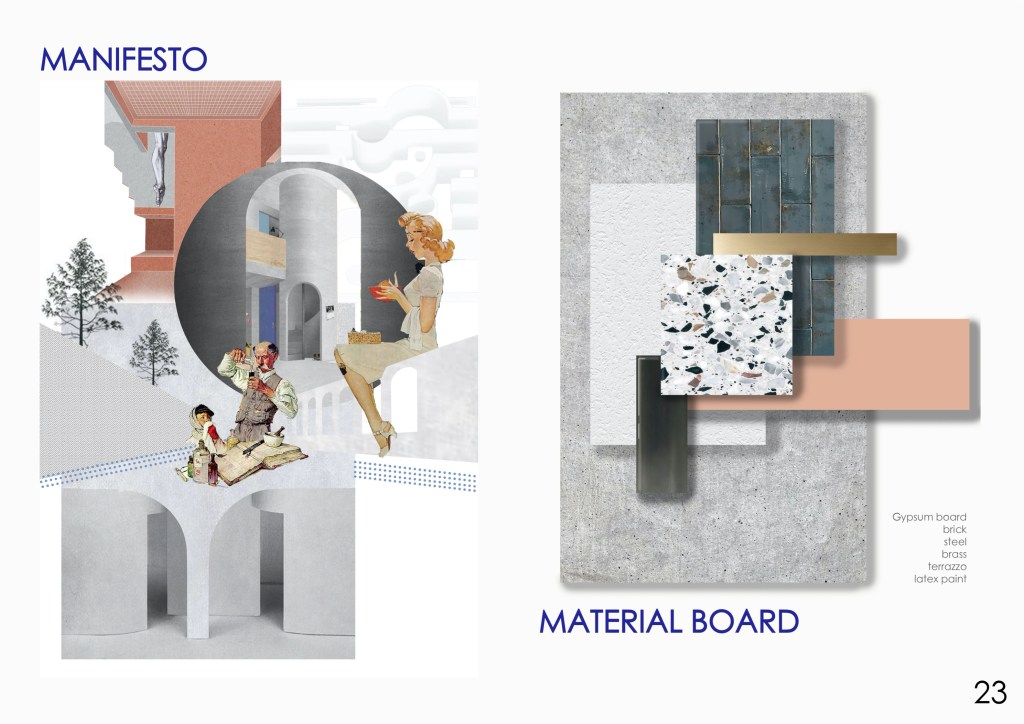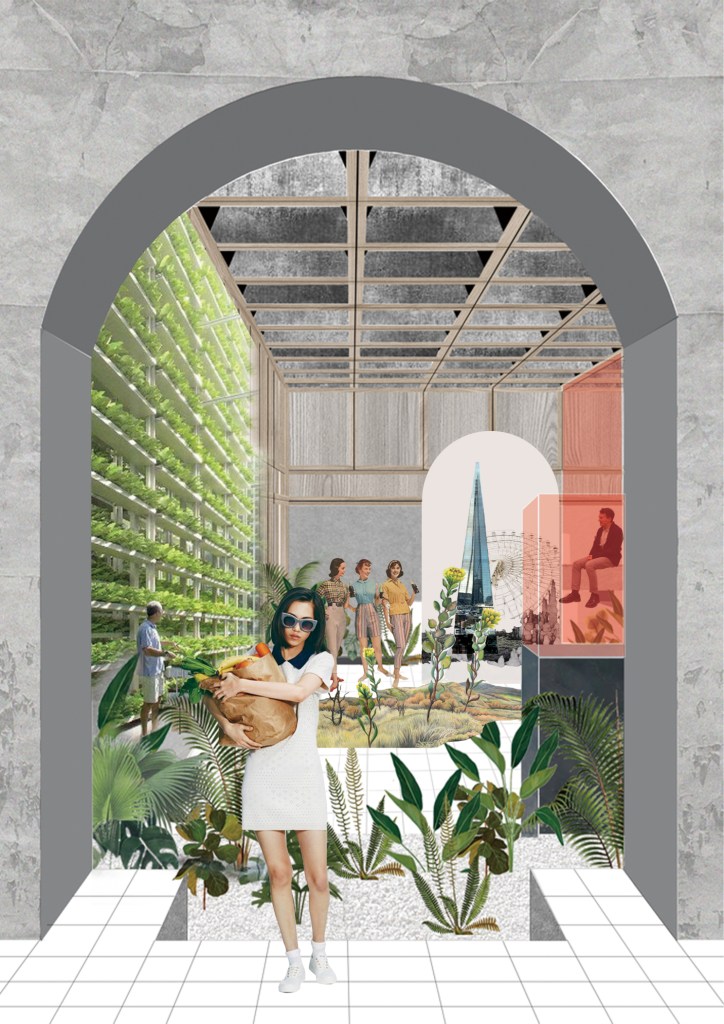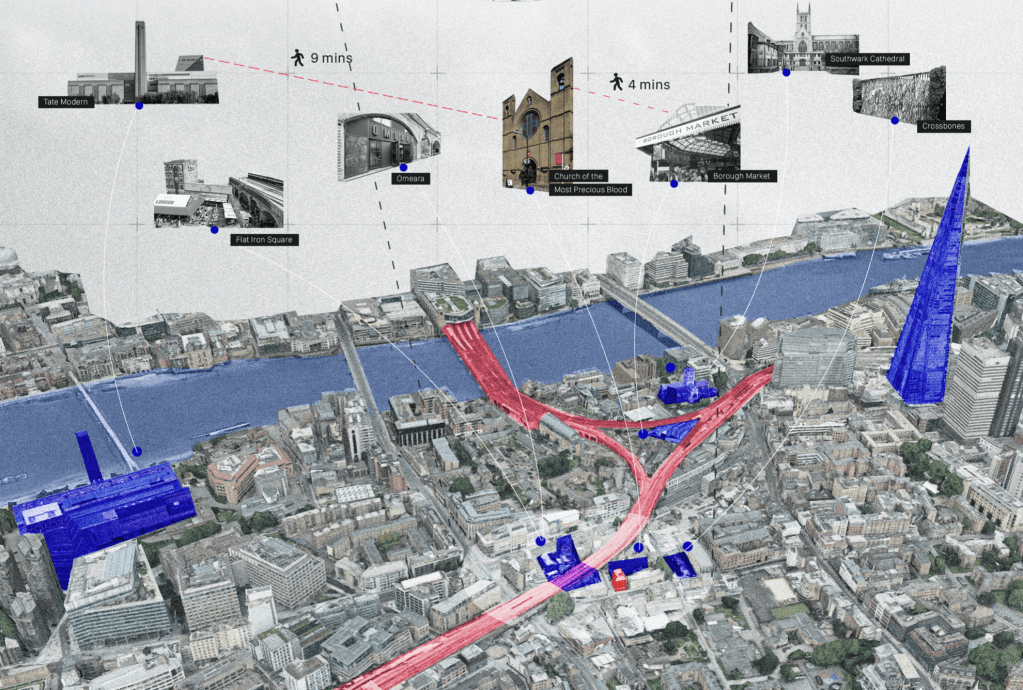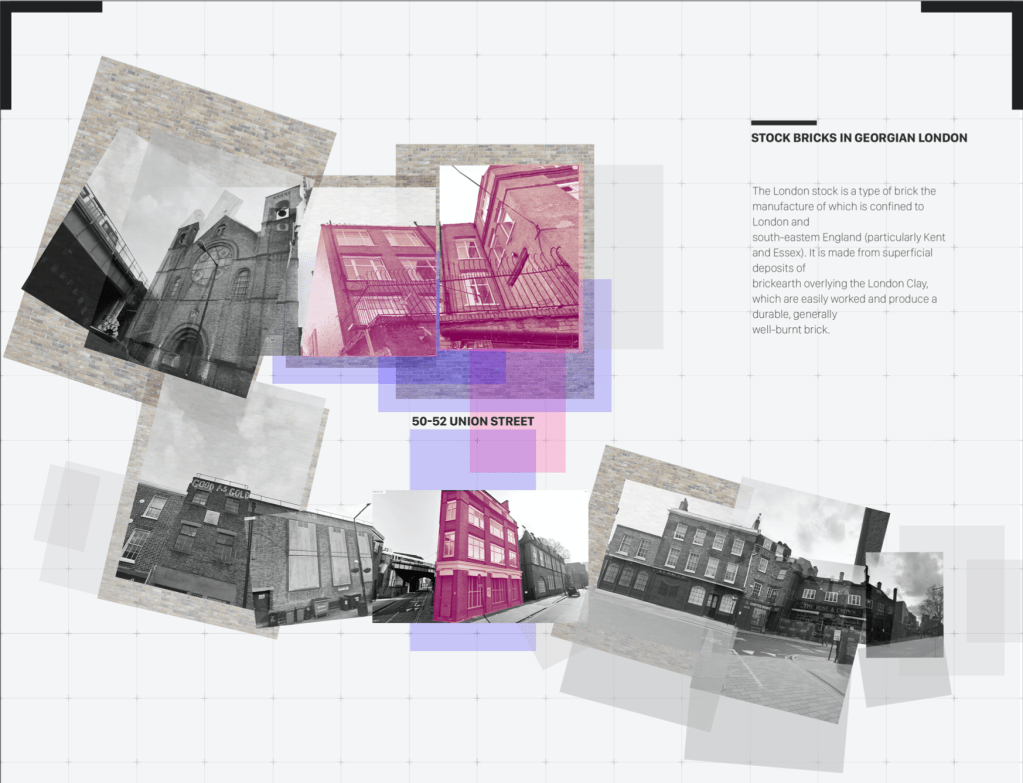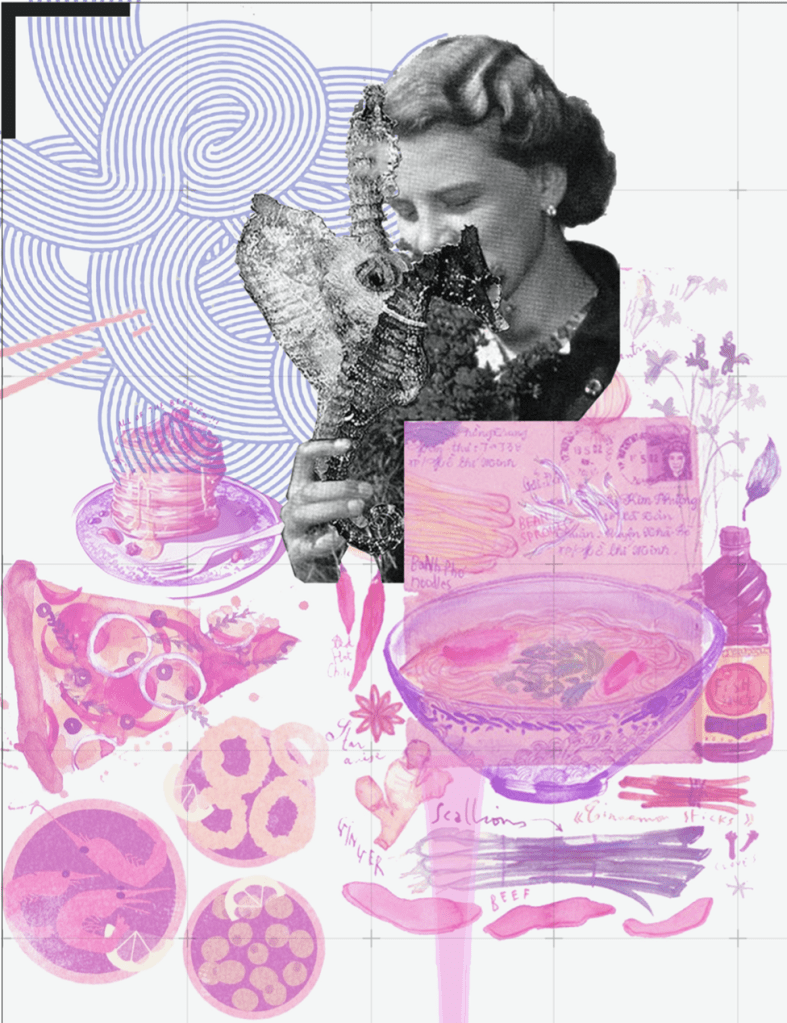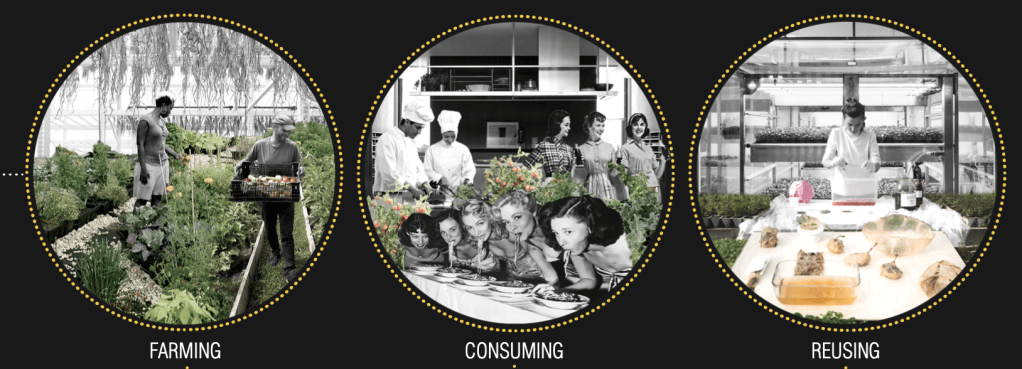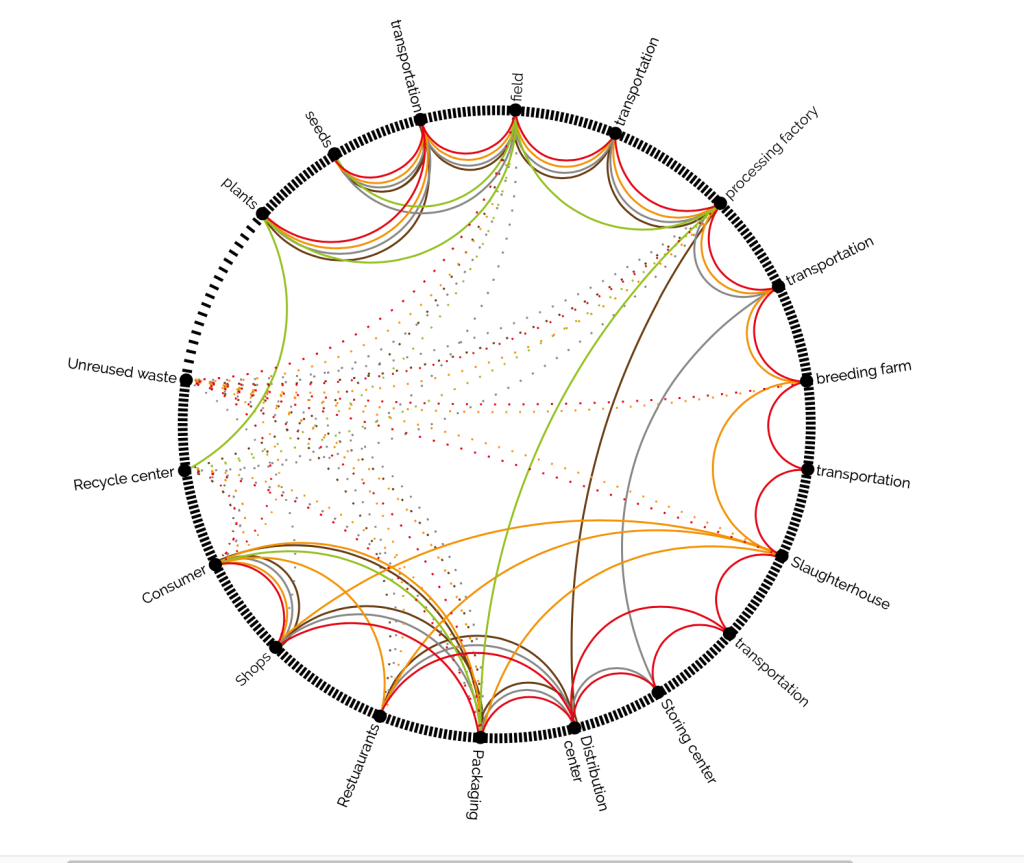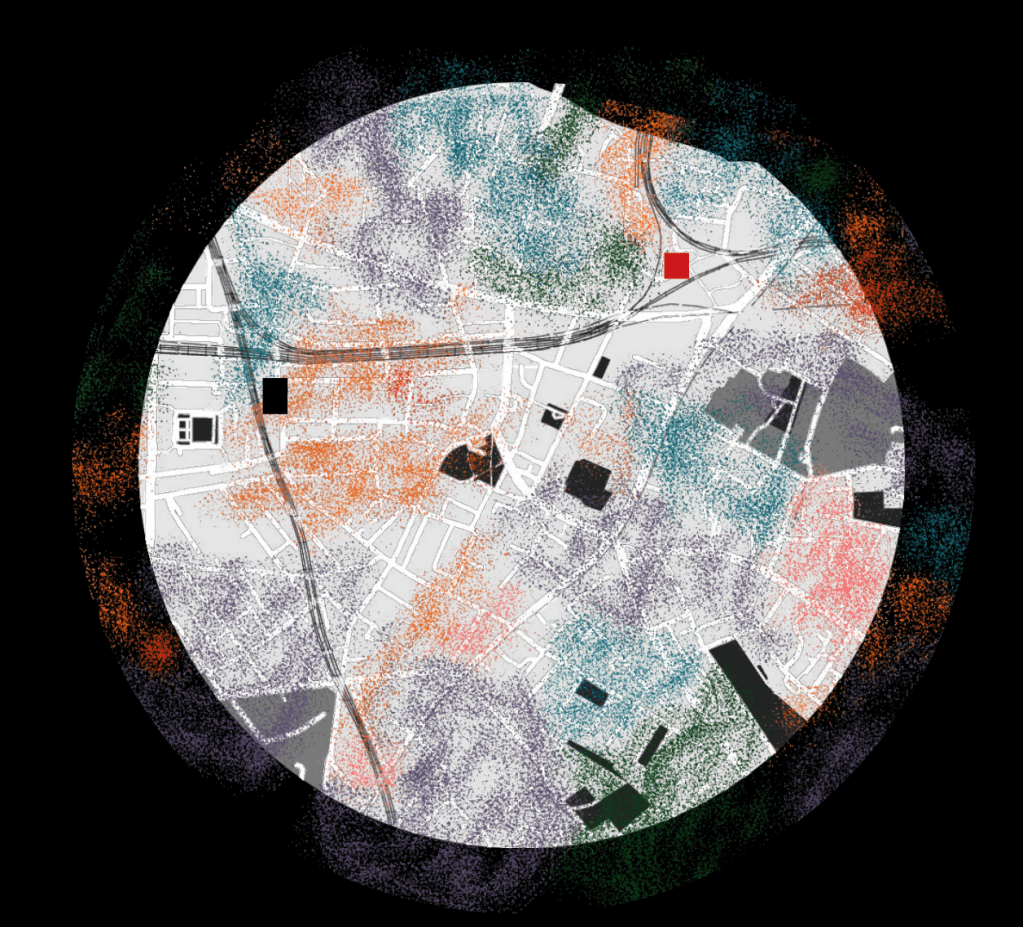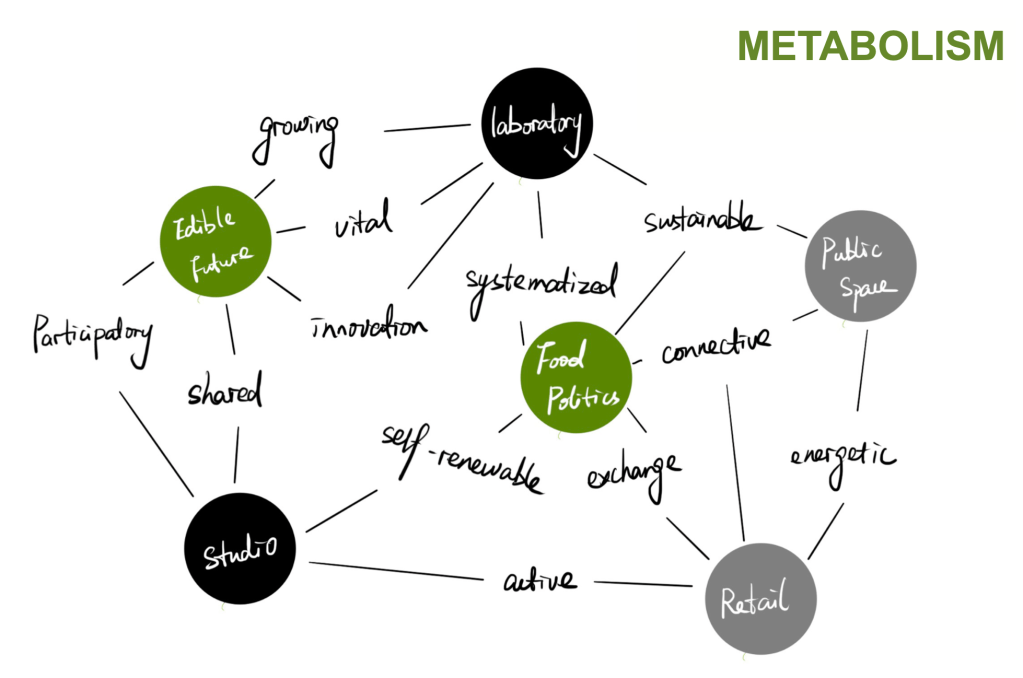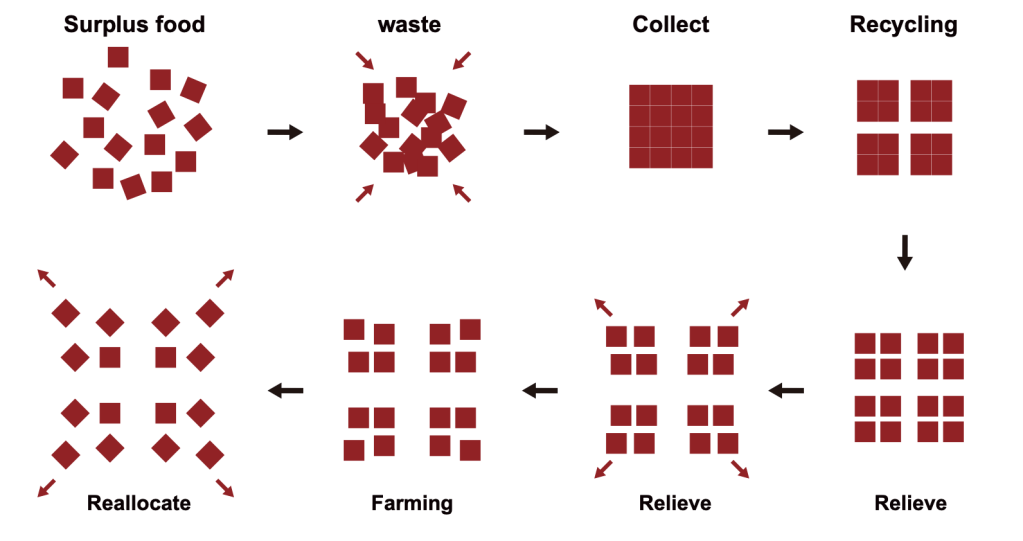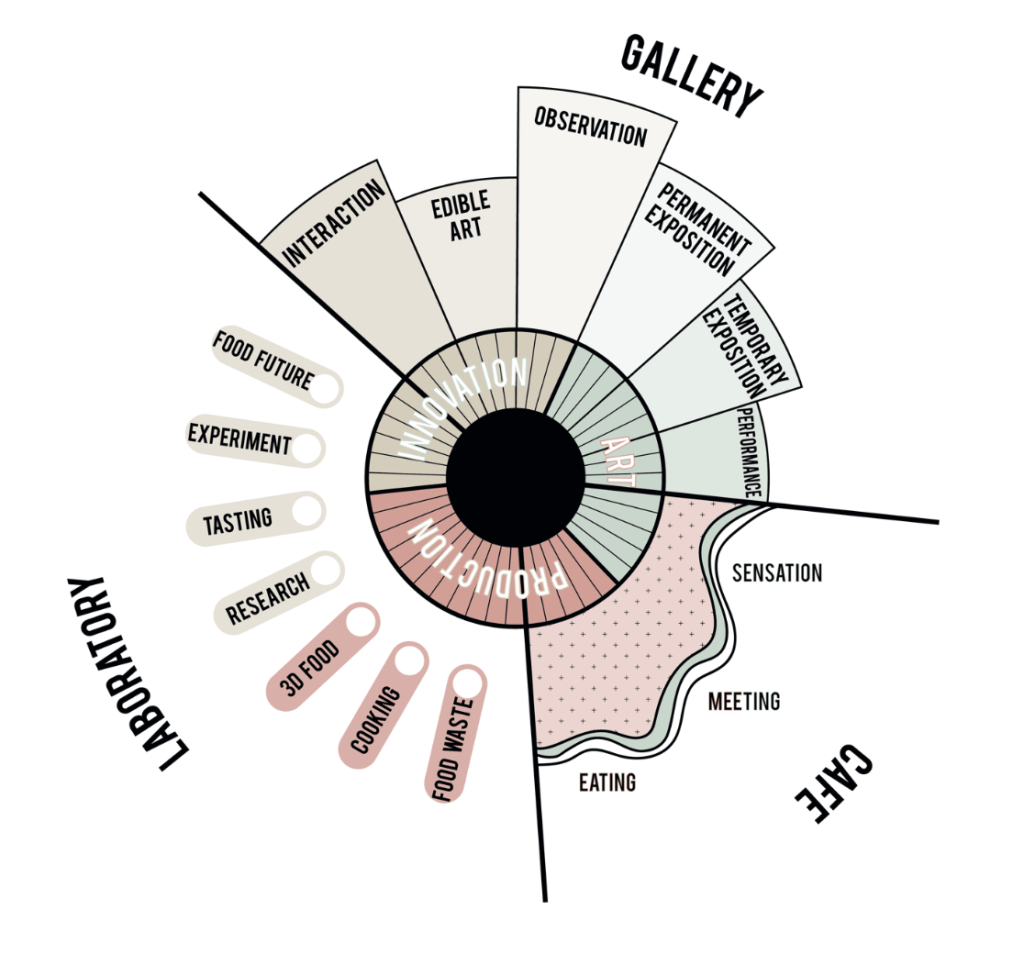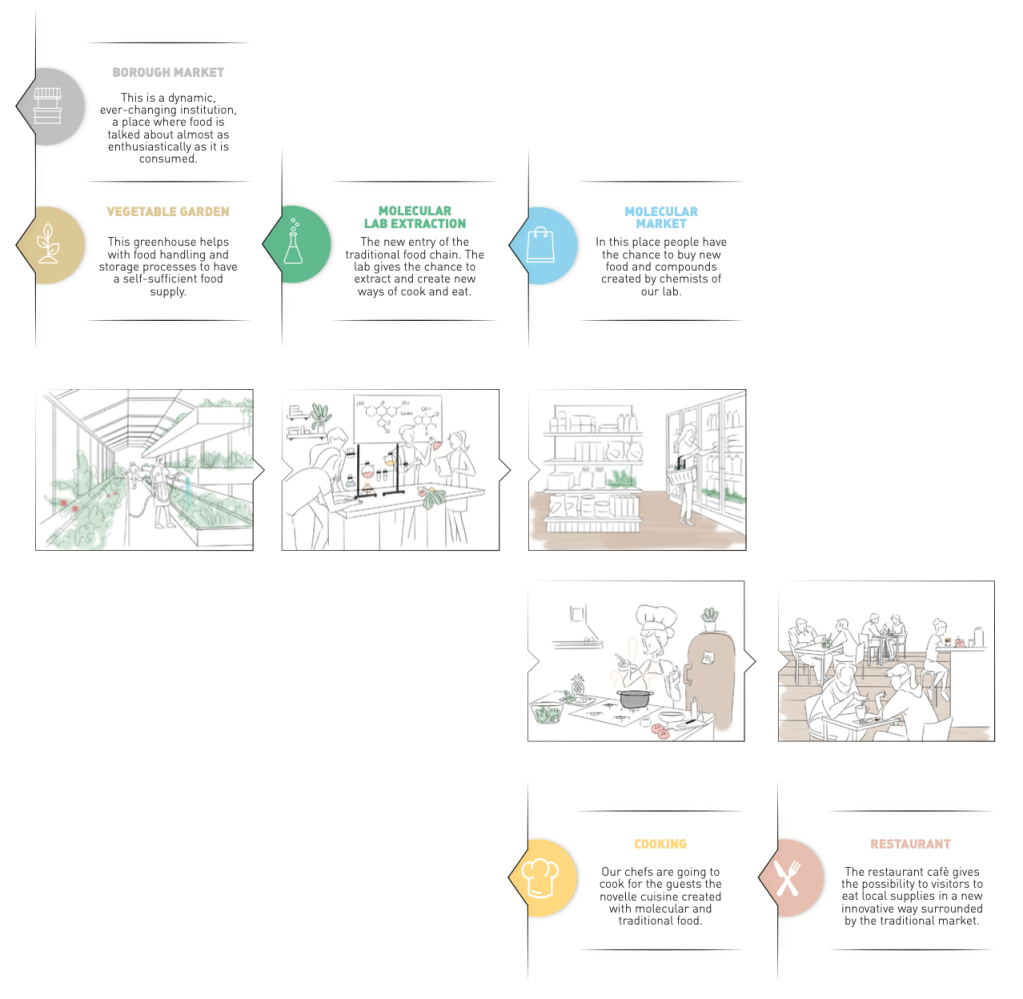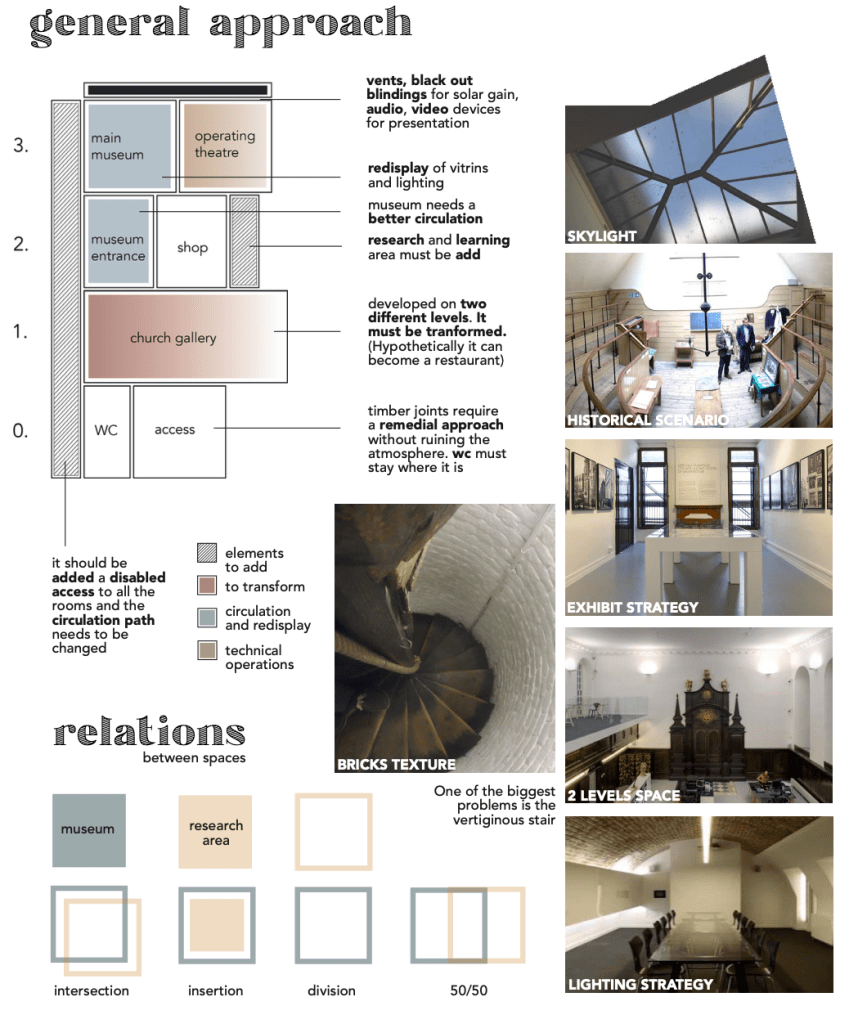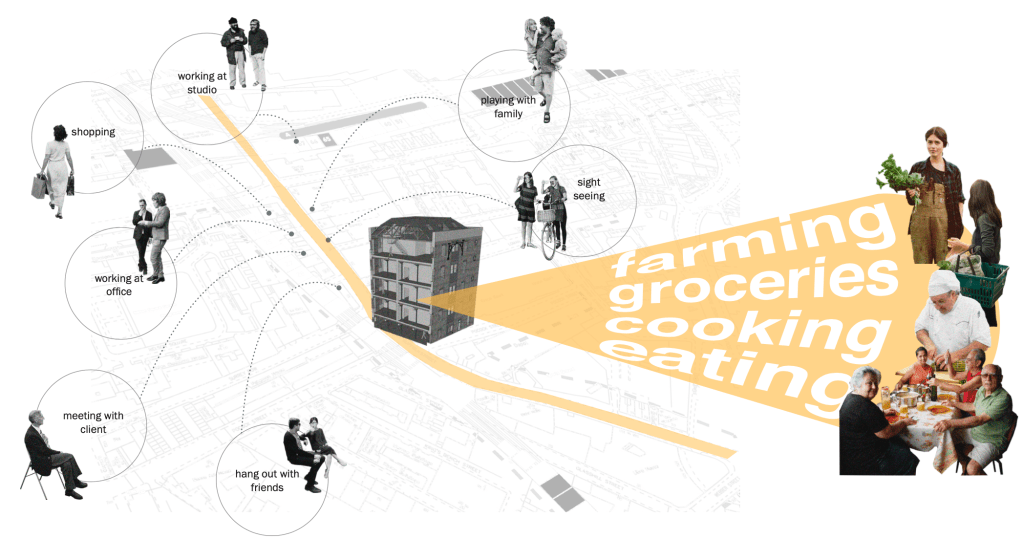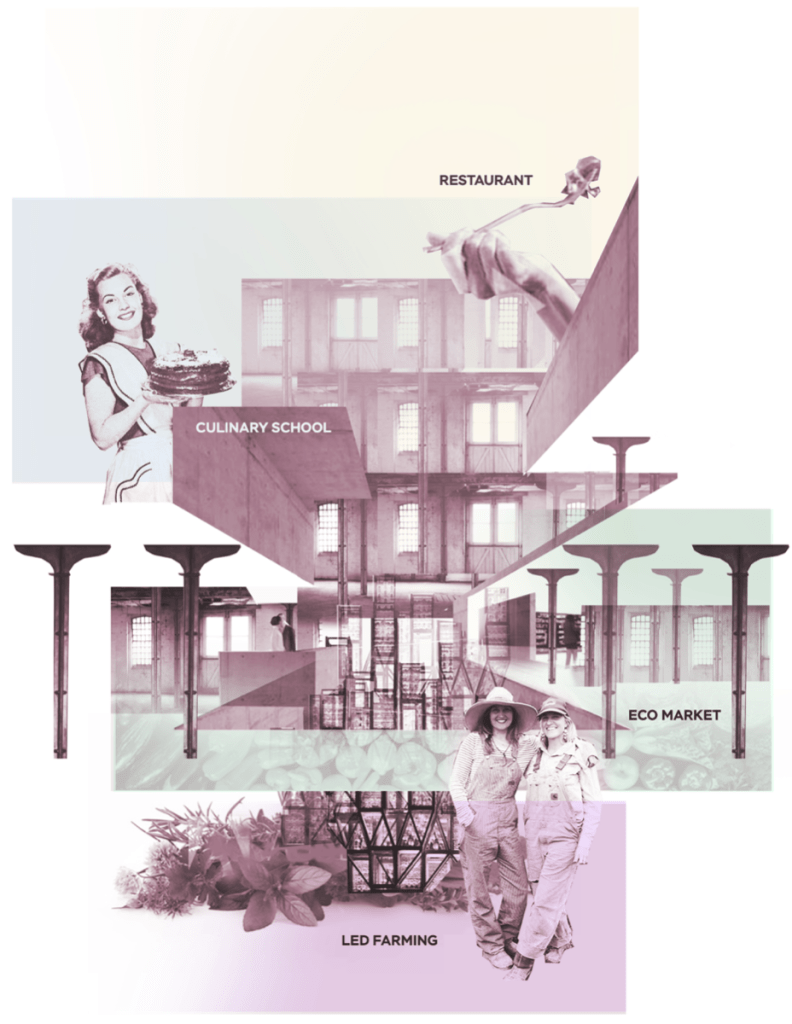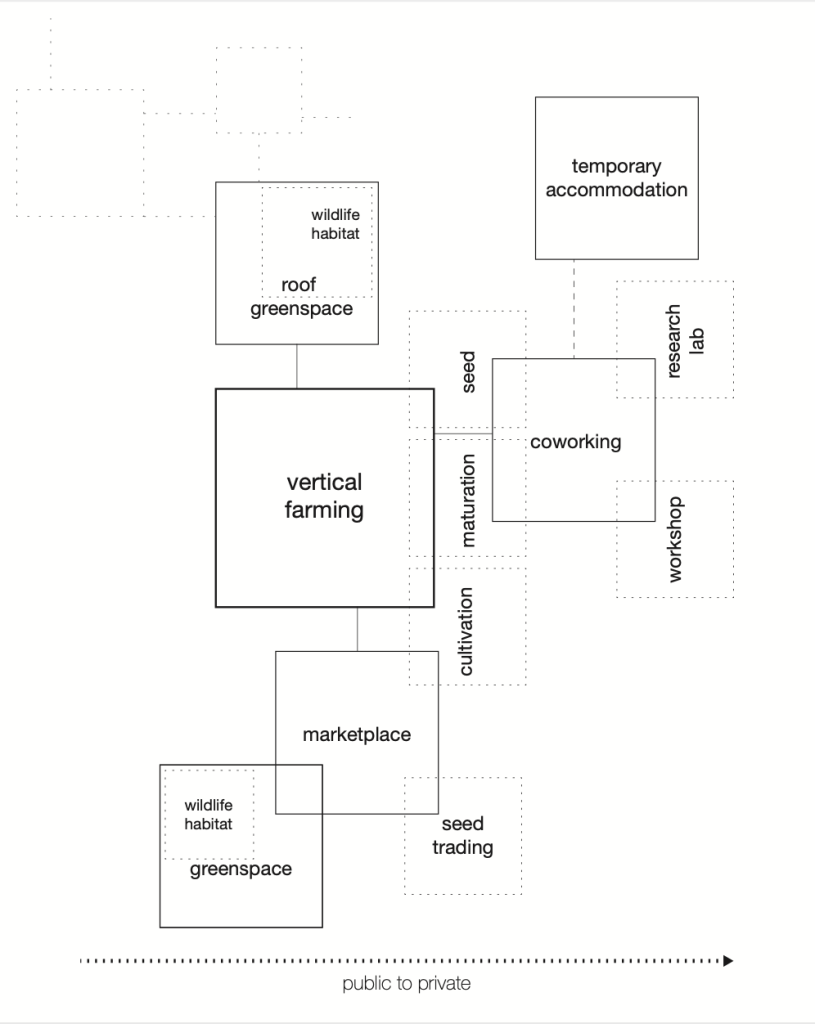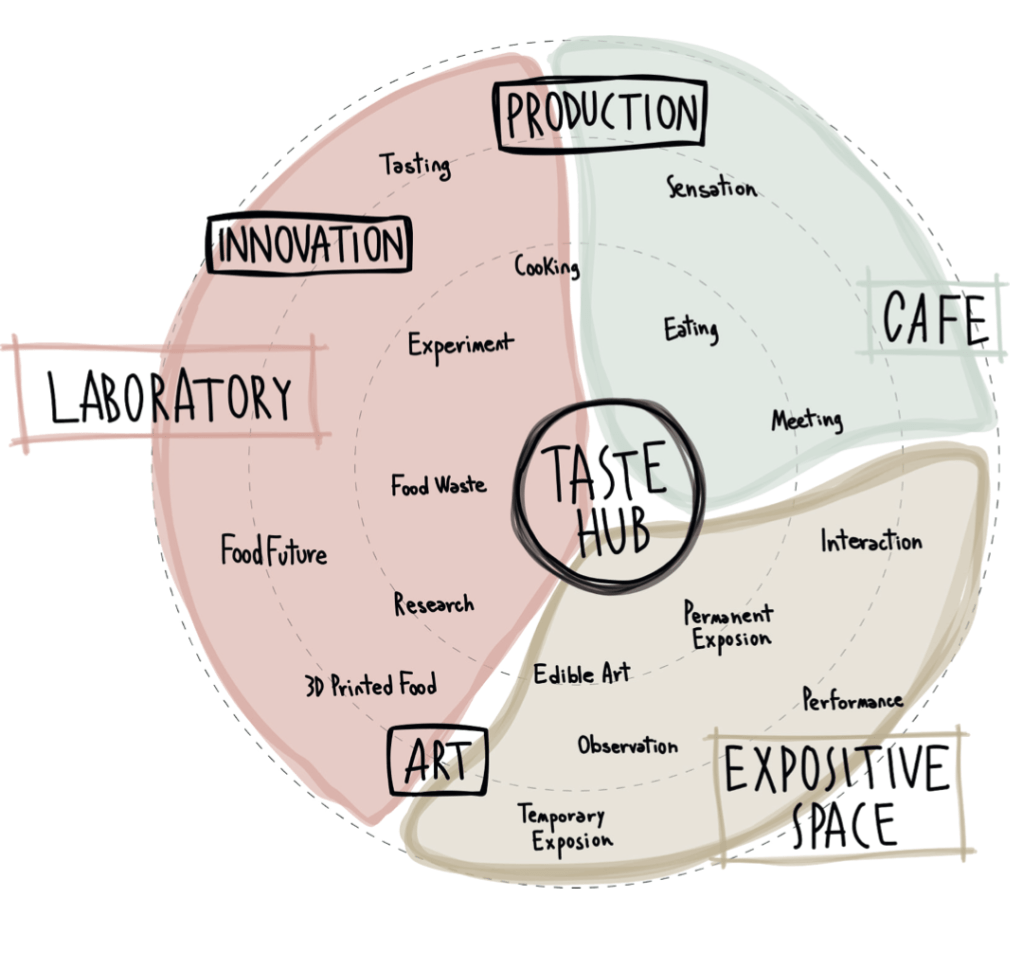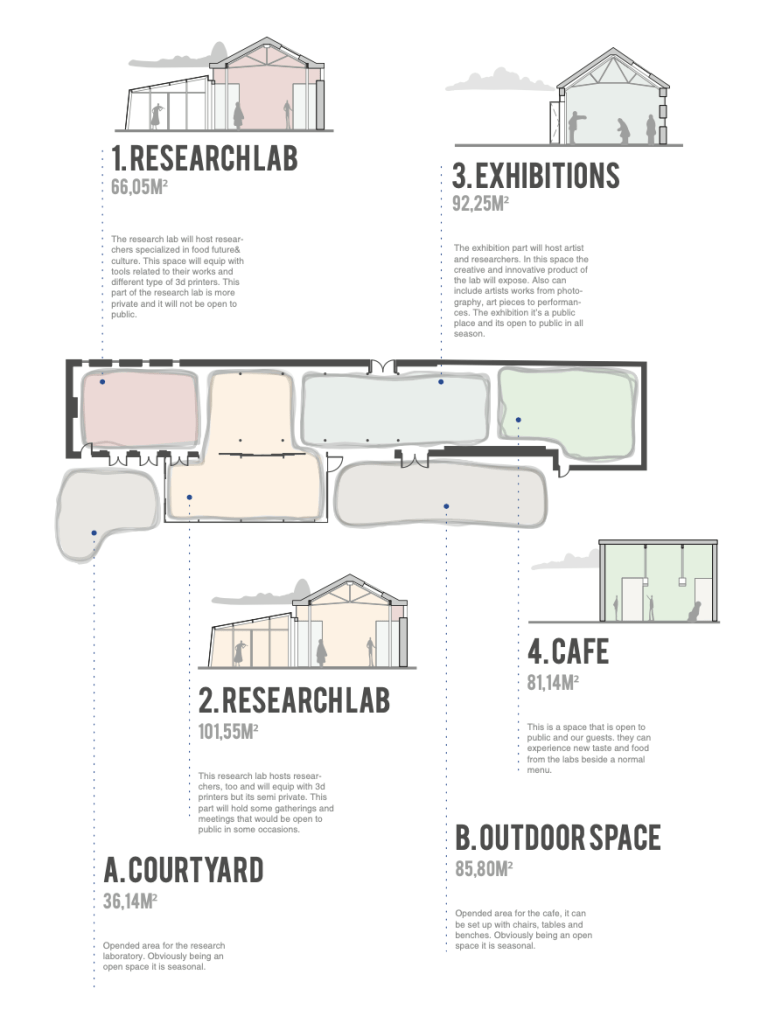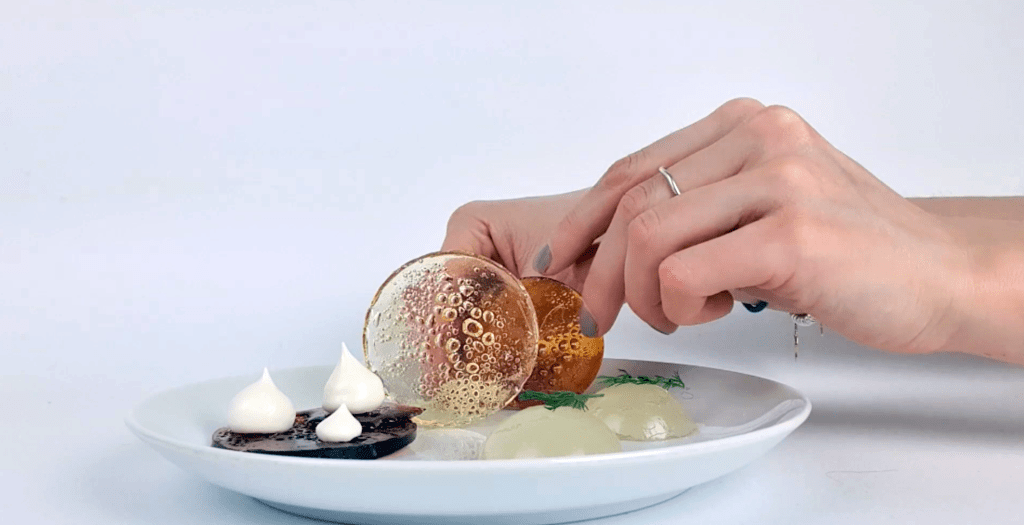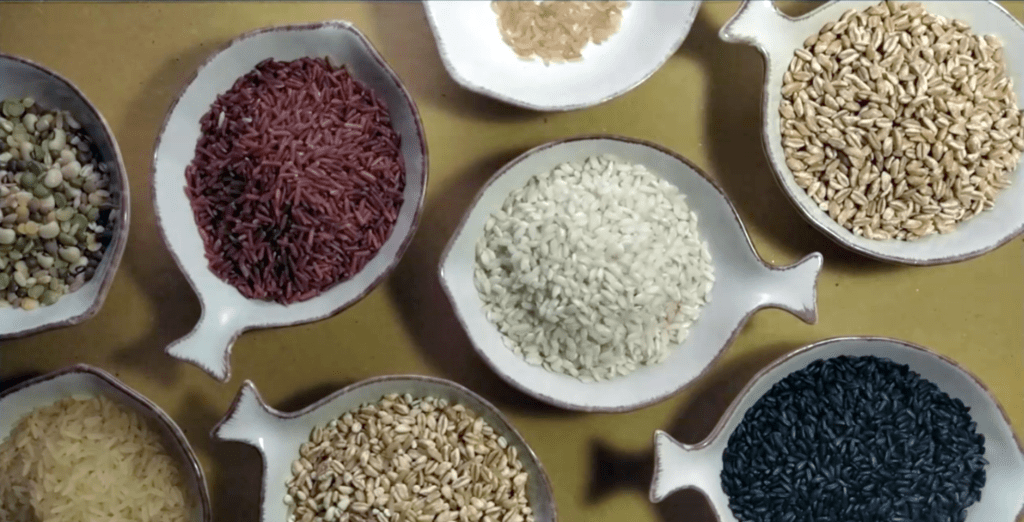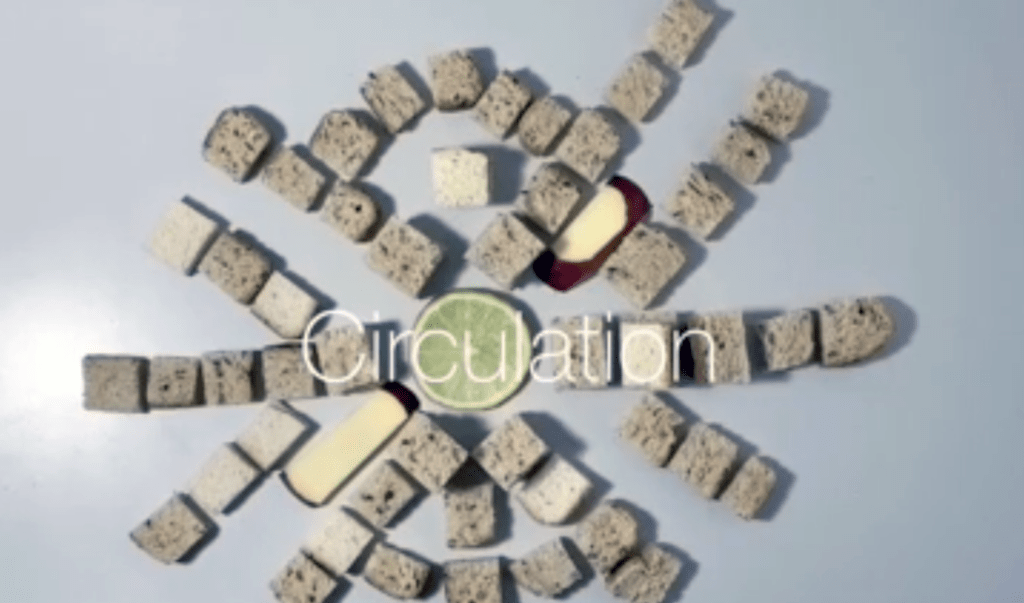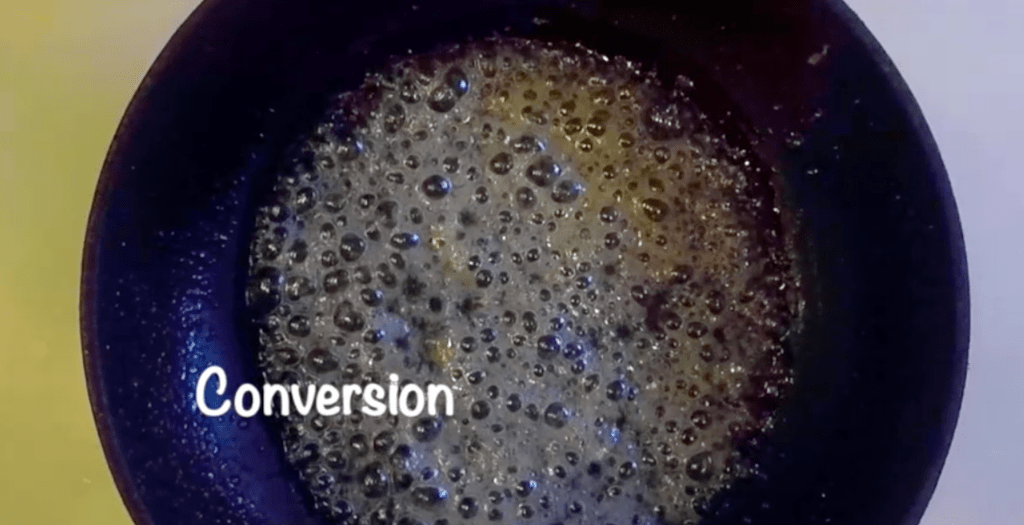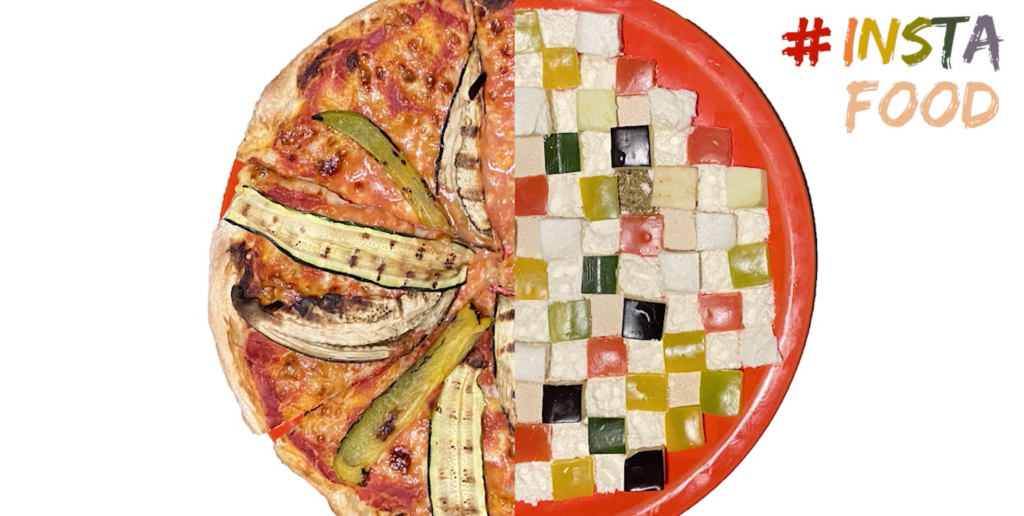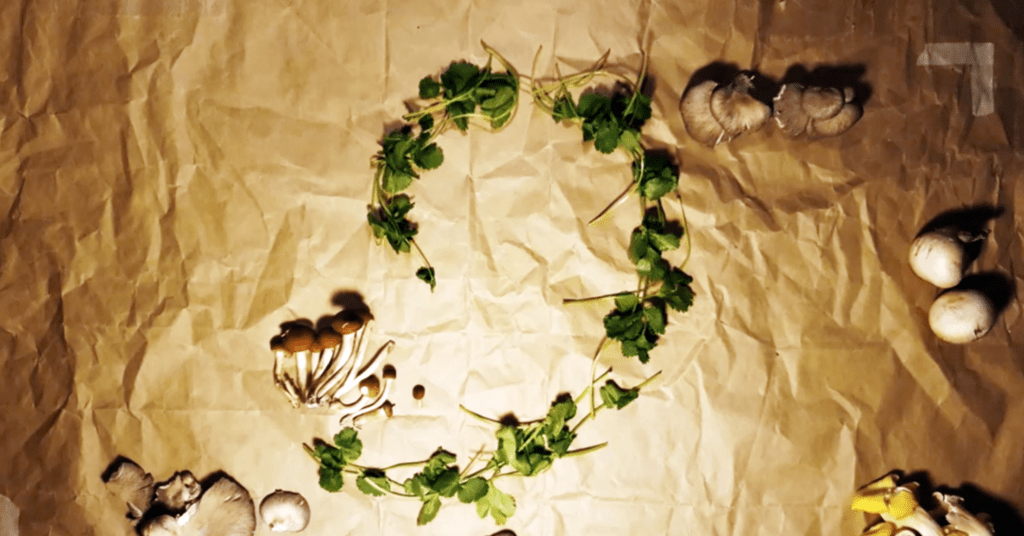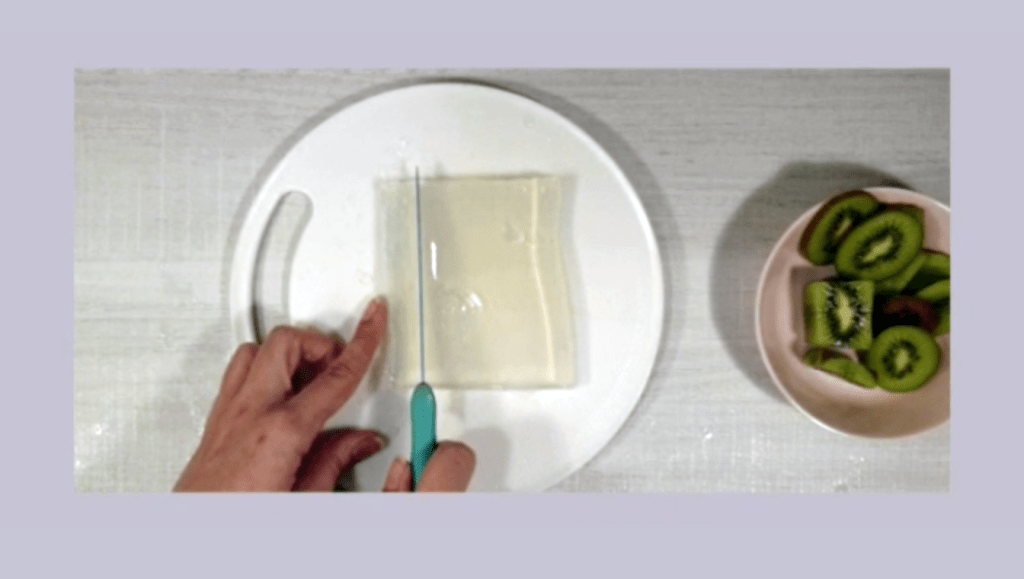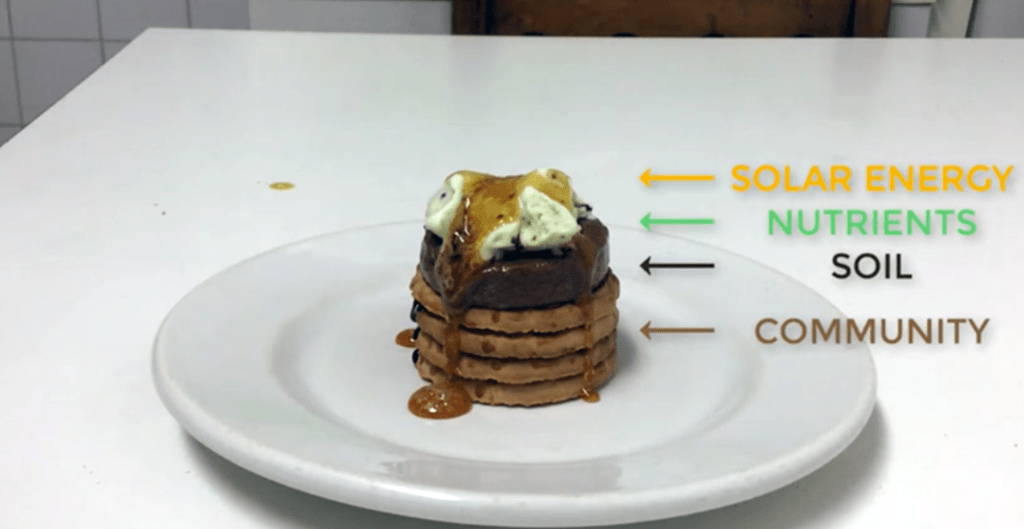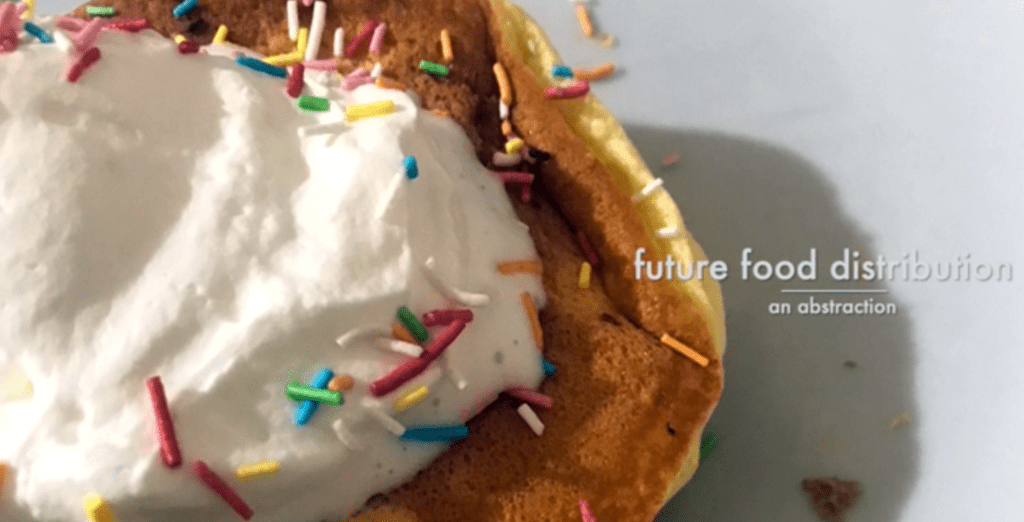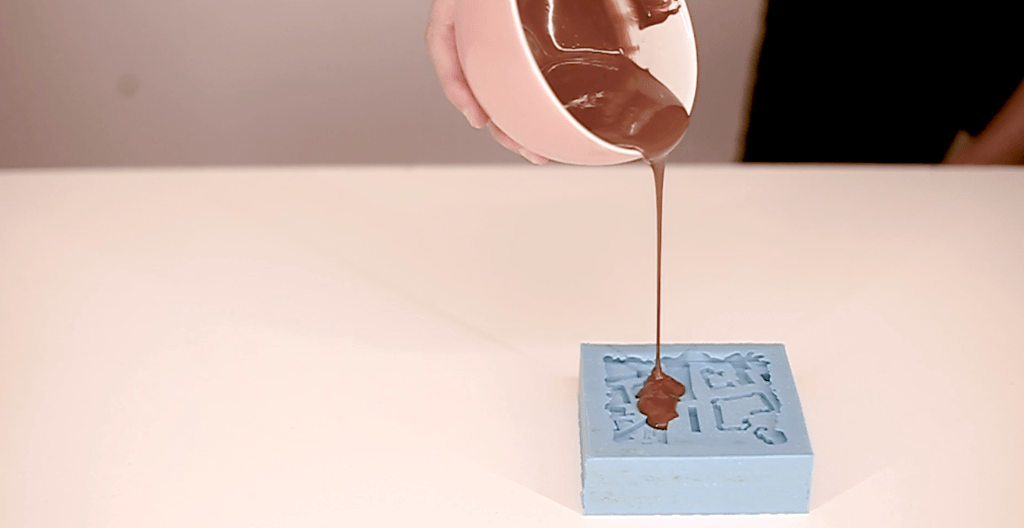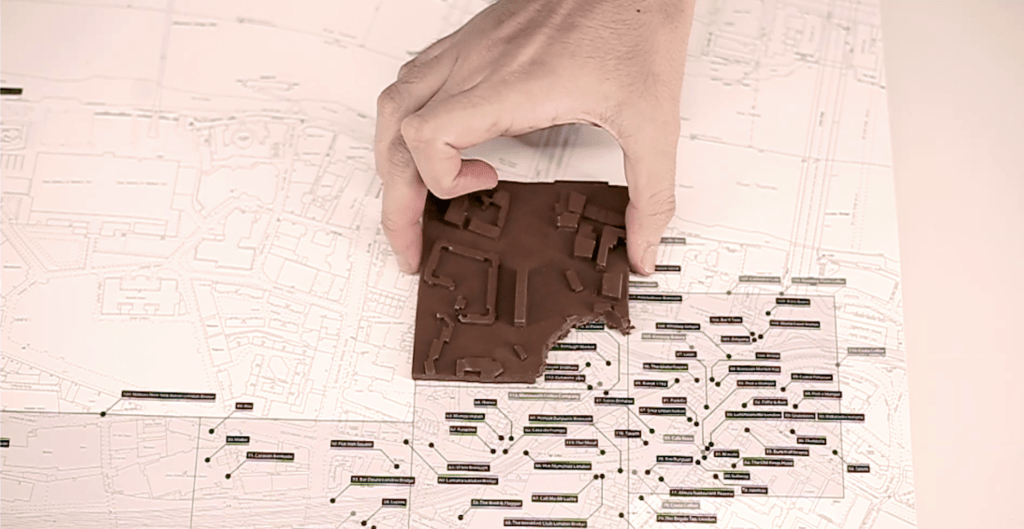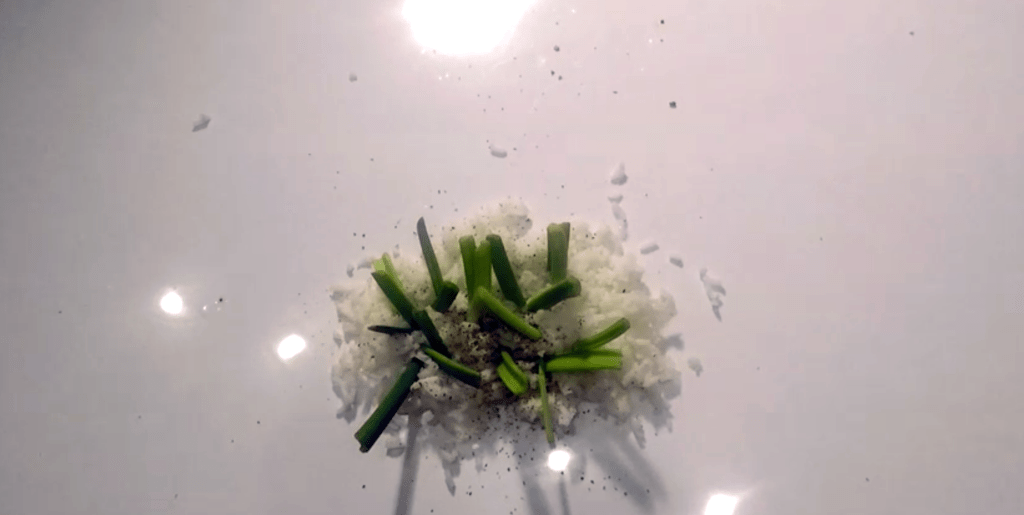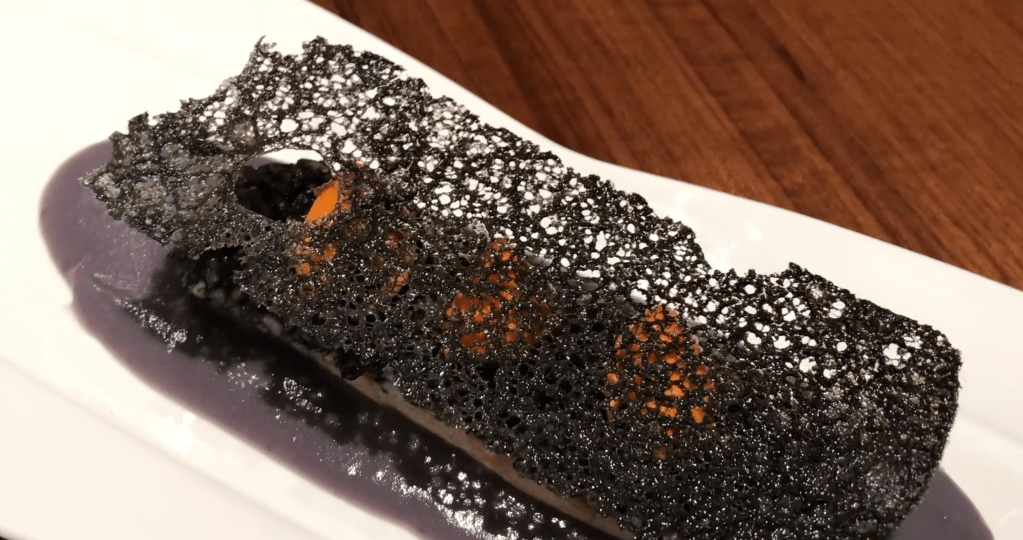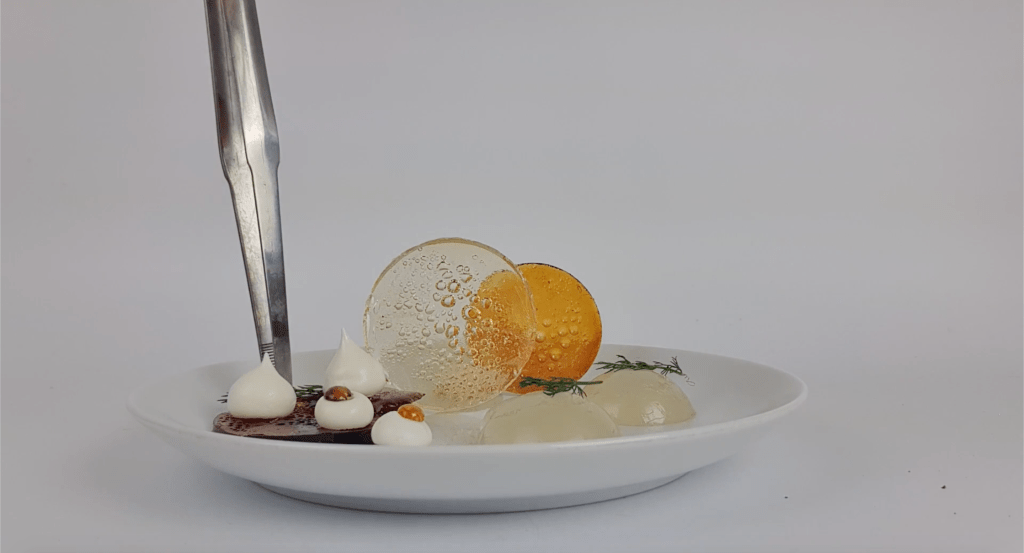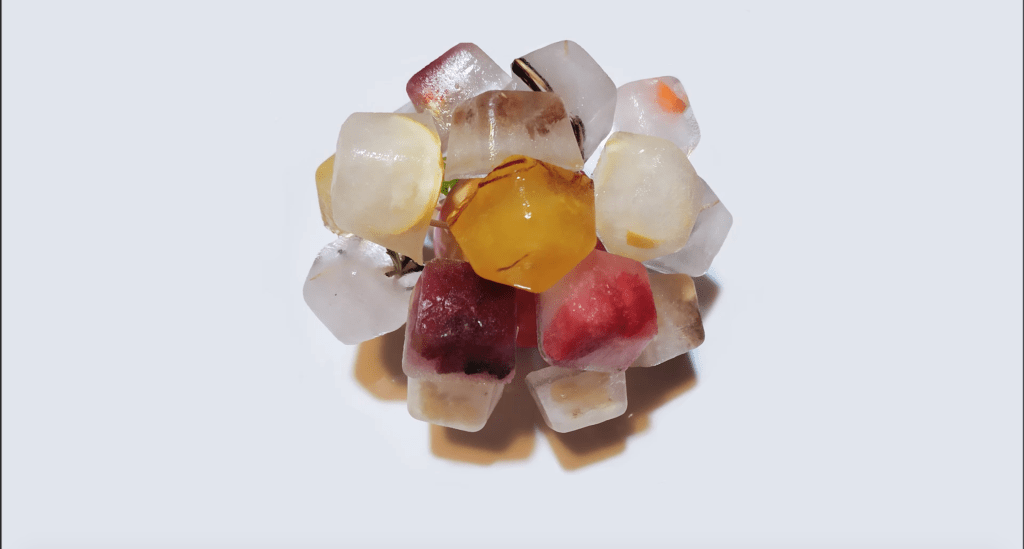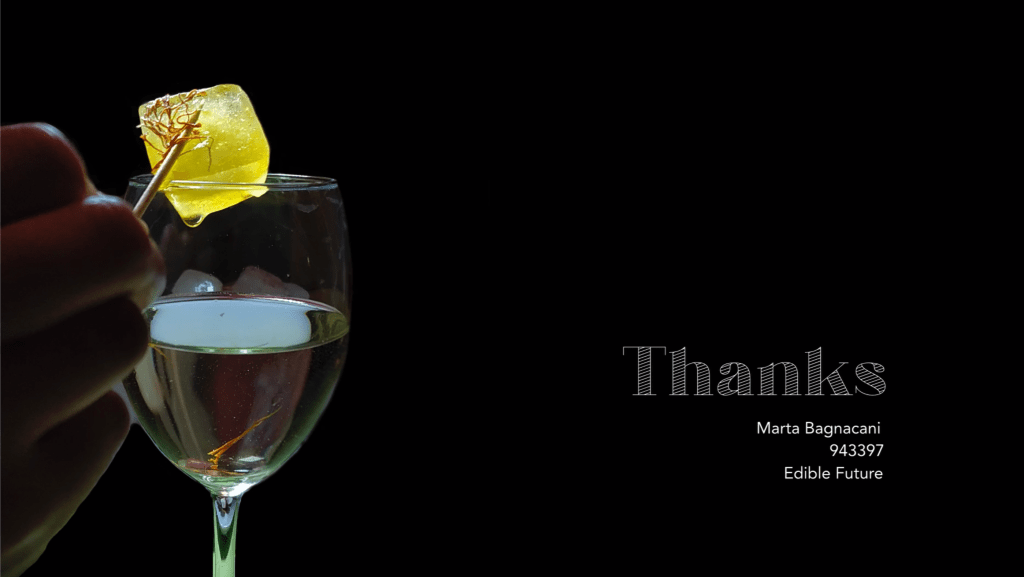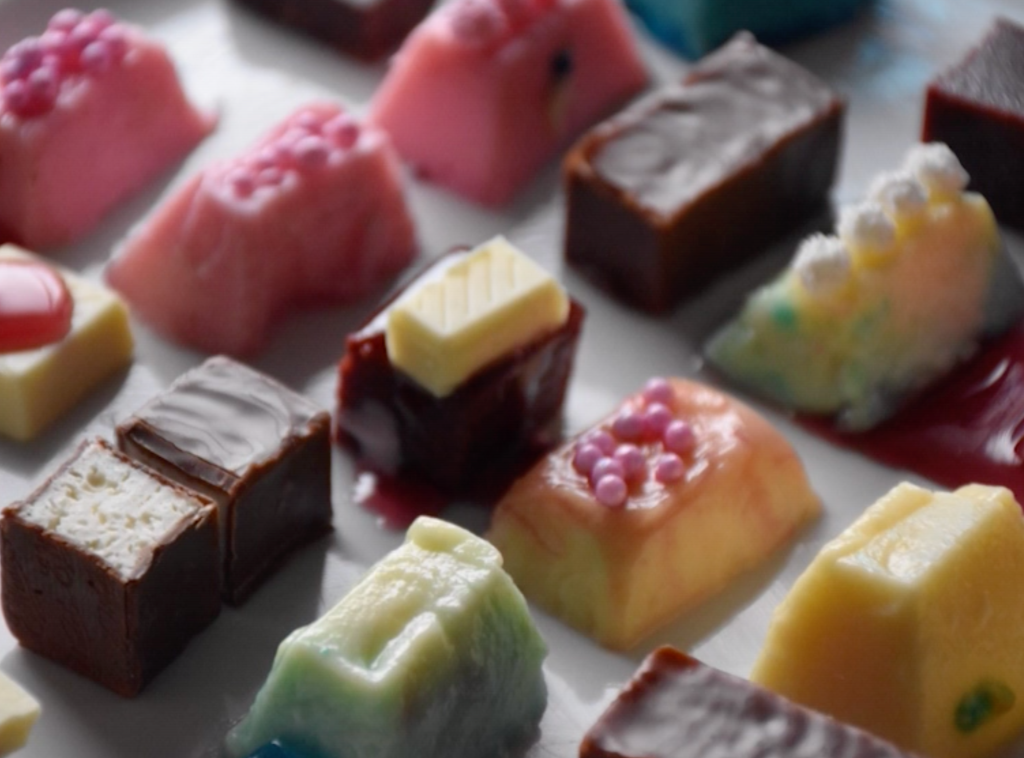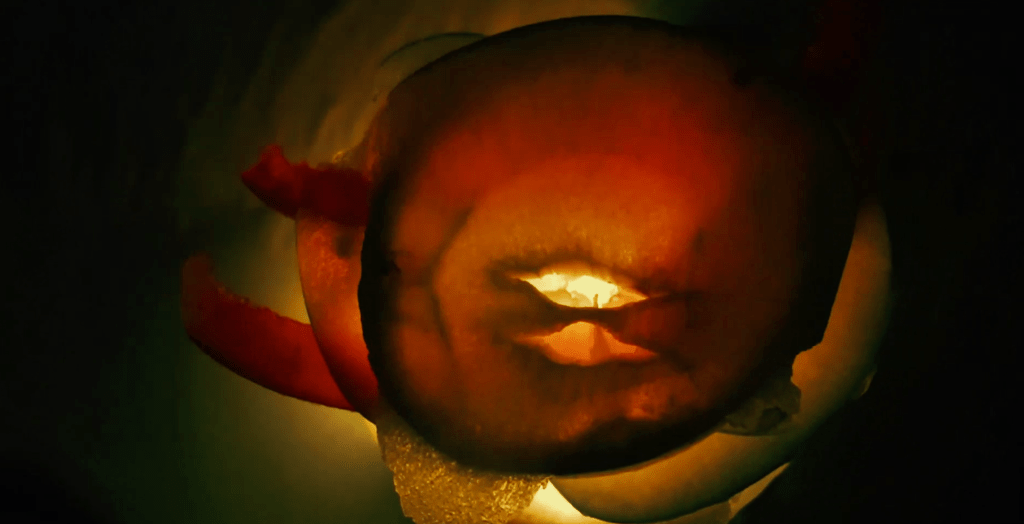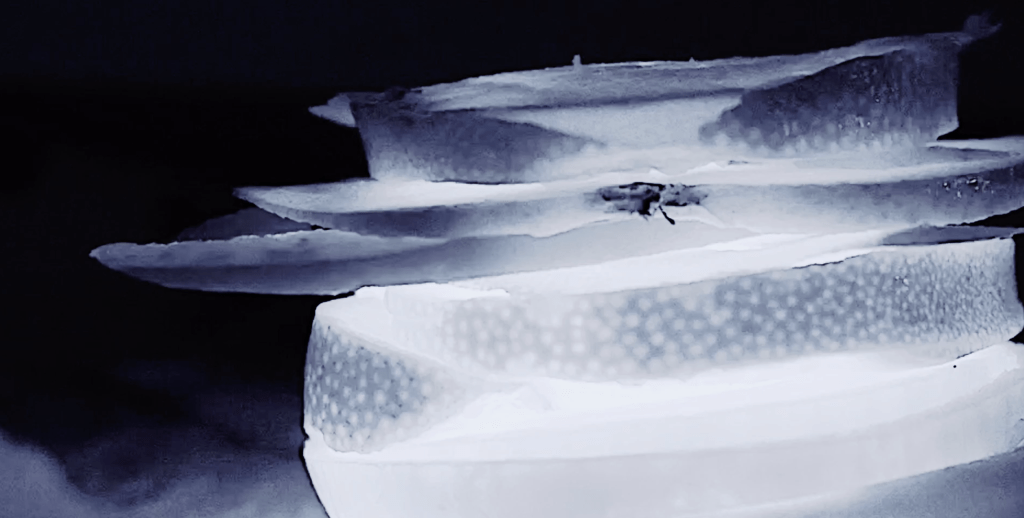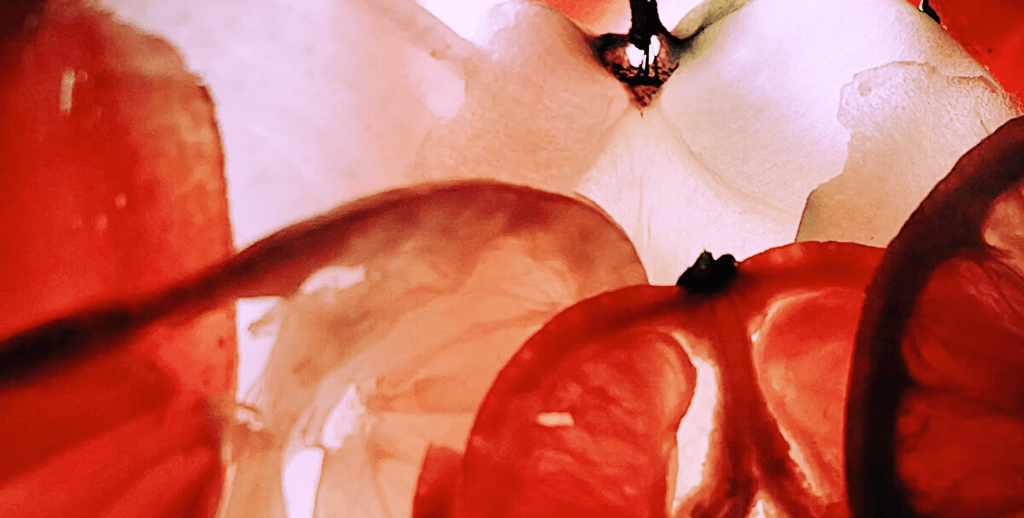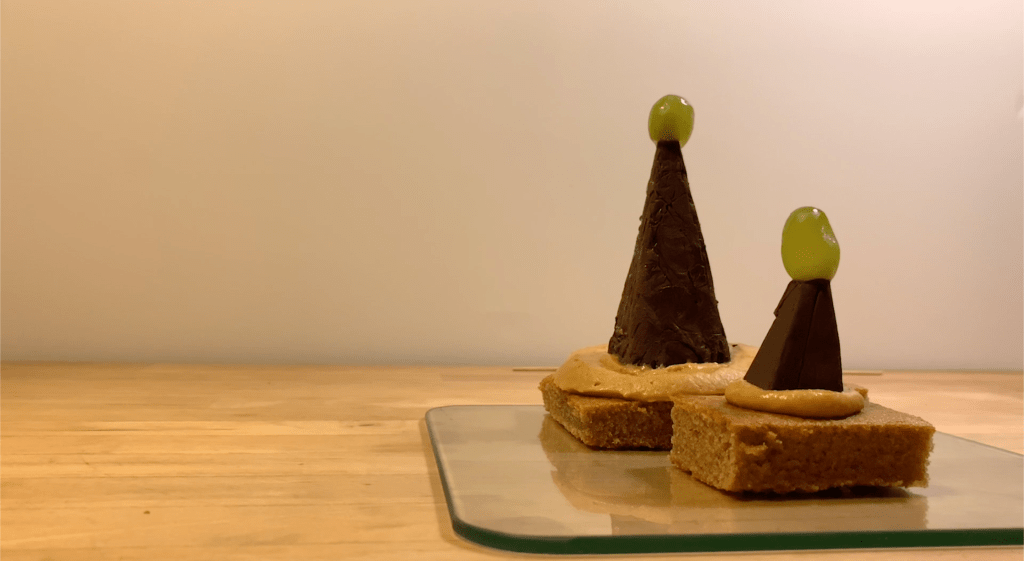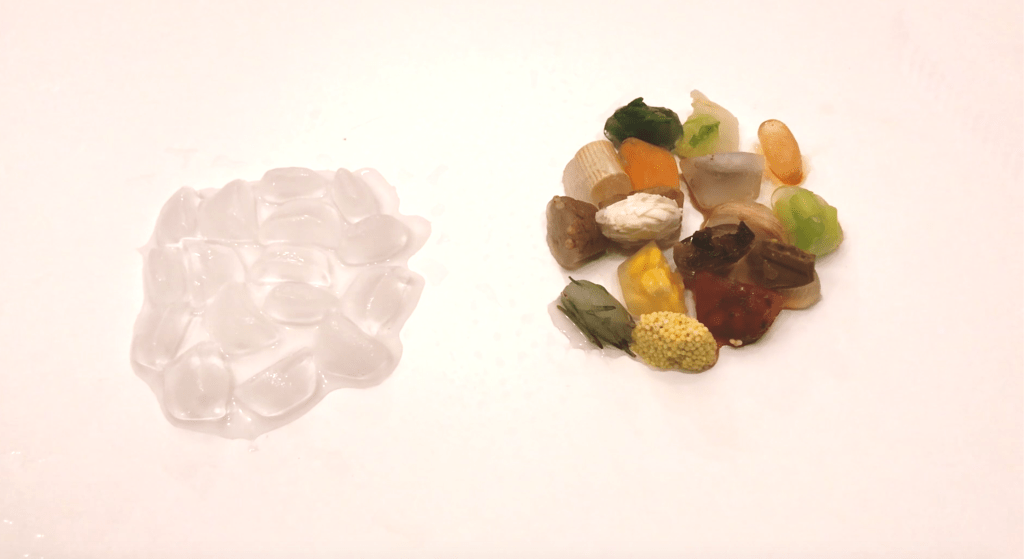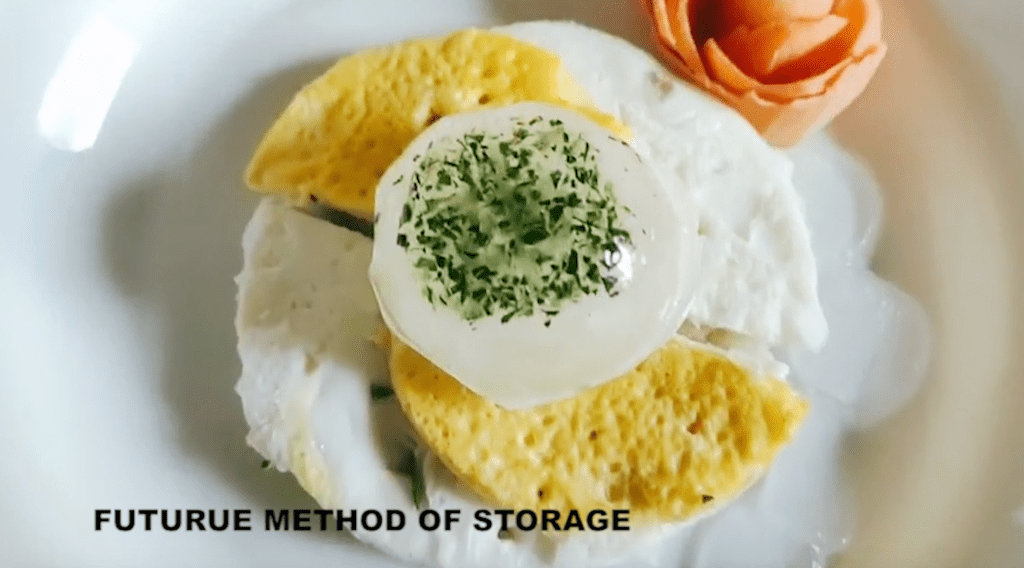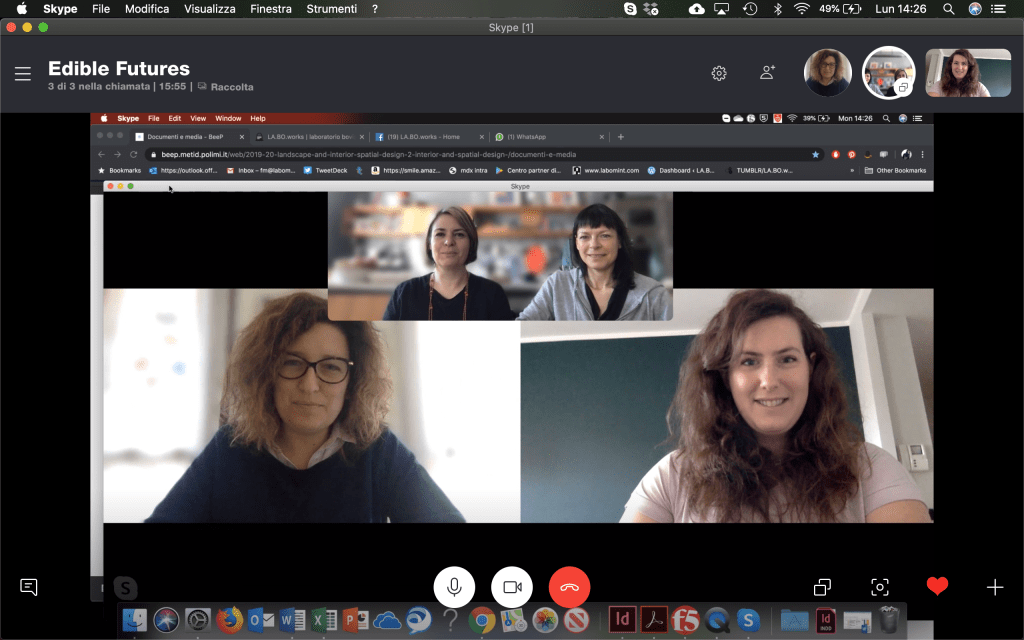The change in the significance of goods is a process that, ever since the end of the Industrial Revolution, has triggered far-reaching changes in society as the term has lost any meaning in relation to its purely functional character and increasingly come to represent symbolic and cultural contents.
Idea Store investigates future retail spaces as complex places combining many aspects that go beyond the spatial and functional to include the physical, social, cultural, and economic.
The Practice of Consumption explores what seems today to be one of the distinctive features we can use to describe the social, political and economic phenomenologies which, for better or worse, influence our lives.
Spaces for Goods are experimental and experiential, merging with public spaces, cultural and leisure spaces, exploring the possible relationship between public and business, public and public, product and public: spaces integrating a multitude of spatial and functional aspects in a complex network, crossed by systems of physical, social, cultural and economic.
The Idea Store is a metaphorical realm where products are becoming a system of values, expressions of how we live and imagine our lives, indicators of social and political choices and actions on the world, both
activator and facilitator.
WHAT IS AN IDEA STORE? Students of the Design School of Polimi have designed a spatial device able to foster and support the ideas we really care about. They have created space and campaign for 4 charities – Emergency, Choose Love, Shelter and Mind.
BITTERSWEET for Emergency
Bittersweet is a fictional project in association with EMERGENCY aimed at raising funds by making customers aware of the conditions of those they are helping. It is a temporary shop that sells fortune cookies containing informations about the places where the association operates. The contrast between the sweetness of the cookie and the message in the inside makes the experience bittersweet .
The spatial device of the temporary shop is inspired by the camps of Emergency, it’s a simple and practical tubular structure. There is an area where the packages of cookies are displayed on the stretchers, in another area there are four boxes each containing a type of biscuit. The third area is where you can compose your own packet of cookies with the help of the cashier and then pay.
These fortune cookies hide a message about what happens in the places where EMERGENCY works. The contrast between the sweetness of the cookie and the message on the inside, it makes the experience ‘bittersweet’ . By purchasing them, you become aware of what is happening there and you support their cause to help achieve these goals. Bittersweet is about a common good, simple food that can be of interest for people with different ages and different backgrounds. Aiming to involve people who are not usually interested in charity.
Explore all the details and the different ‘flavours’ of the fortune cookies on the Bittersweet website here and connect with the Bittersweet instagram and twitter campaign.
Bittersweet is a project by Anna Giulia Campiotti (Prodotto), Simone Restifo (Comunicazione), Andrea Ignazio Russo (Prodotto), Alessia Stifano (Prodotto), Kunhao Zhai (Interni)
CHOOSE (SELF) LOVE for Choose Love with Lush and Bloody Good Period
Creating a collaboration with Lush and Bloody Good Period allowed us to merge and amplify these charities’ values, while also creating a new line of products extremely coherent with the already existing ones. With the slogan “Choose Self Love” we wanted to bring the attention to the emerging topic of self care as an act of self love, which as a consequence allows us to better take care of others. Starting from the new line of products we sell, we created three different price categories of different Lush products: a single bath bomb, a bundle of Lush products (a gift box) and a gift card. Each category corresponds to a different donation on the Bloody Good Period end: a box of pads/tampons to refugees in need, a two months supply of menstrual products, sessions of emotional/educational support on period issues by an expert. Our selling space will be a wooden structure shaped like a deconstructed pad, divided into three curves of different lengths. There are 67 wooden boards in total, 30 for each long piece, 7 for the short one. Shelves consist in some of the wooden boards being able to rotate and get fixed at 180 by wooden legs attached to them; they are placed at four different heights and can either rotate on the inside, on the outside or both, thanks to a center pin. The structure itself can easily be placed in narrow places by lifting only the inside wooden boards.
You can find all the details Of the Choose (self) Love project in this mock up website and on the instagram and twitter campaign.
Choose (self) Love is a project by Malab Abuobaida Mohamed Ahmedalneel (Comunicazione), Agnese De Angelis (Prodotto), Francesco De Filpo (Interni), Alessia Francesca (Comunicazione), Serena Gargioni (Prodotto)
PRINTED ON HOPE for Shelter
With PRINTED ON HOPE, a Shelter special program, we aim to rethink the regular Shelter shops, creating e completely new dynamic experience. The client will have the opportunity of buying premium handcrafted products, directly produced in the shop, together with the chance to learn new skills and participate in social events. Being an experienced team of 5 young professionals from various disciplines and nationalities, from spatial designers to crafty artists, we’ve been able to create a new space and offer quality products and prime activities. Our vision is to expand the model of a flexible space to other existing Shelter shops, helping to maximise the income, modernising the product range and connecting with a larger audience. Nonetheless this is the opportunity to transmit an important hope message. We’ll host events and keep growing trough artists collaborations, aiming to connect with the community and create a strong local identity. The spatial device we designed will be host in an open multifunctional space communicating the Shelter concept through a House-like shape. The storytelling is important and we want to create a deeper connection between the experience/product and the objectives of Shelter Charity.
To know much more about Printed on Hope, check the website and the instagram and facebook campaign.
Printed on Hope is a project by Maria Cruz (Interni), Federico Fanucchi (Prodotto), Antonino Ponzo (Interni), Nuno Gonzales Rabaque (Prodotto), Silvia Sghirinzetti (Comunicazione).
CONNECT YOUR MIND for MIND
We won’t give up until everyone experiencing a mental health problem gets support and respect. We provide advice and support to empower anyone experiencing a mental health problem. We campaign to improve services, raise awareness and promote understanding. This pandemic is not only a physical health crisis, it’s also a mental health one Don’t undervalue the importance of socialisation for your mental health. Now that the lockdown is easing, how are you feeling? A new line of hemp scented herbal tea will be sold in our new shop in Milan. Our double box it’s designed for you to share half of it with a long-time friend, a loved one, or maybe someone met in our store. This is a store that focuses on Mind, is made of wood to enhance a natural feeling to the shop. It is divided into two areas and connected by a seesaw in the middle. The ‘seesaw’ is the hinge between the spaces and the core of the concept and of the communication approach – you need to work with another person to raise your seesaw to reach the tea you want to buy.
To better appreciate Connect Your Mind there is a website (only for mobile!) here and and Instagram campaign here.
Connect Your Mind is is a project by Tianxin Feng (Interni), Yunchuan Gao (Interni), Yuqi Ma (Prodotto), Tomas Morande’ (Prodotto), Andrea Occhetta (Comunicazione), Zhigang Xiao (Prodotto).

